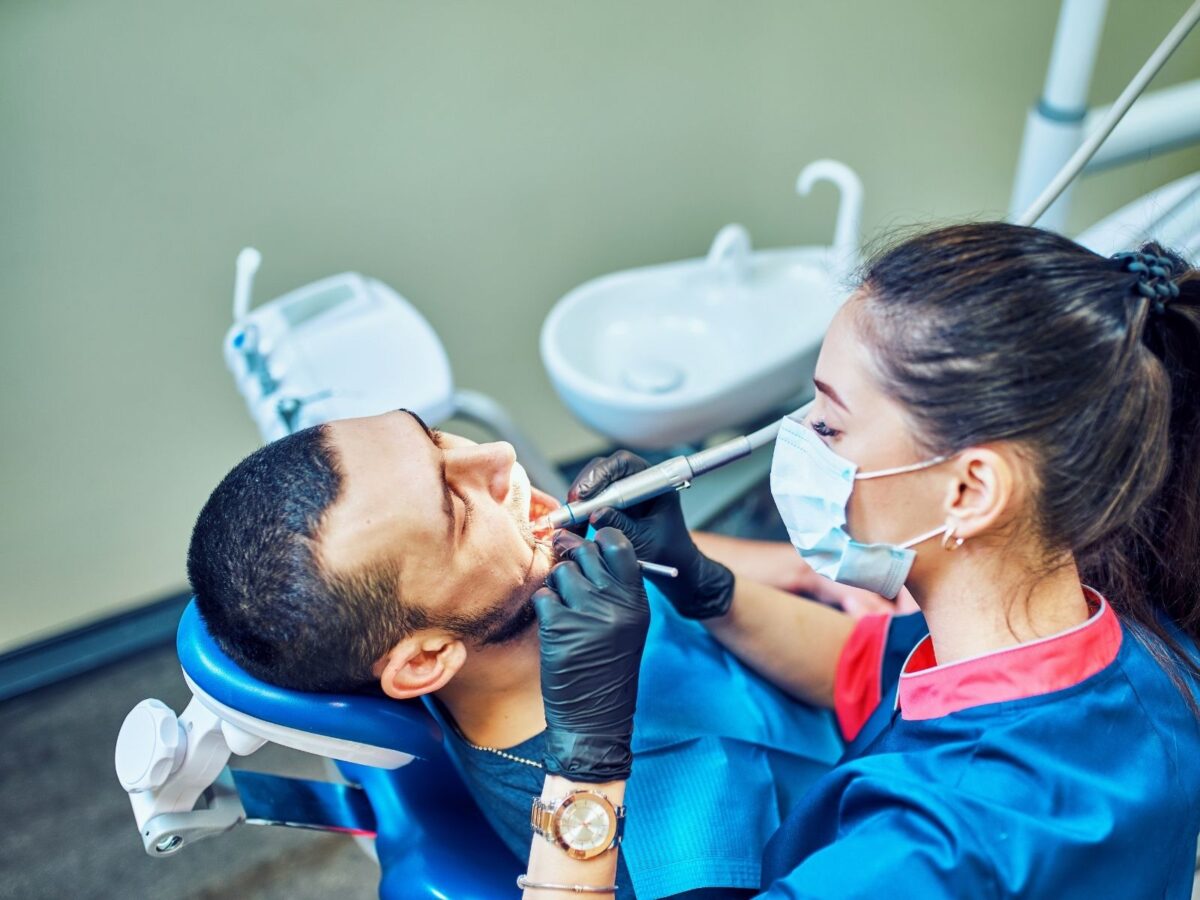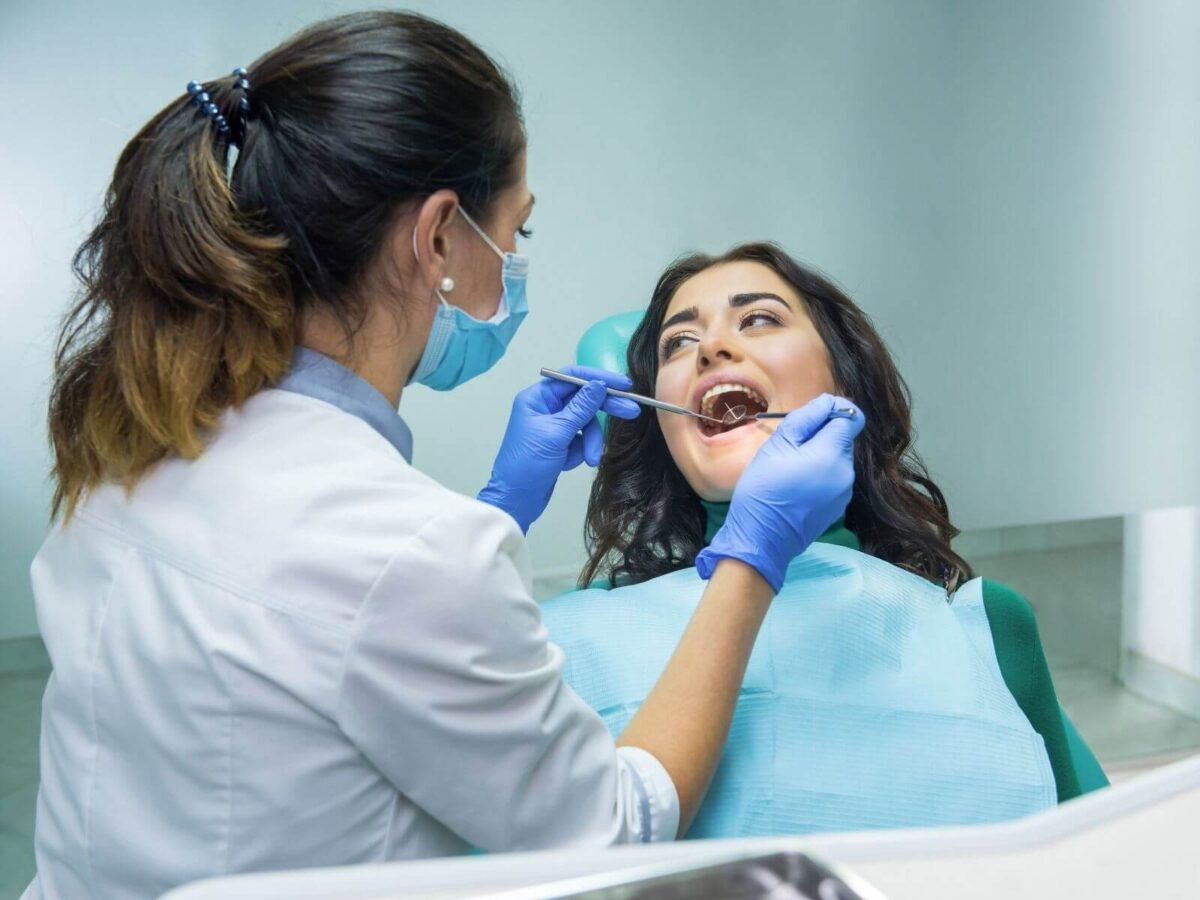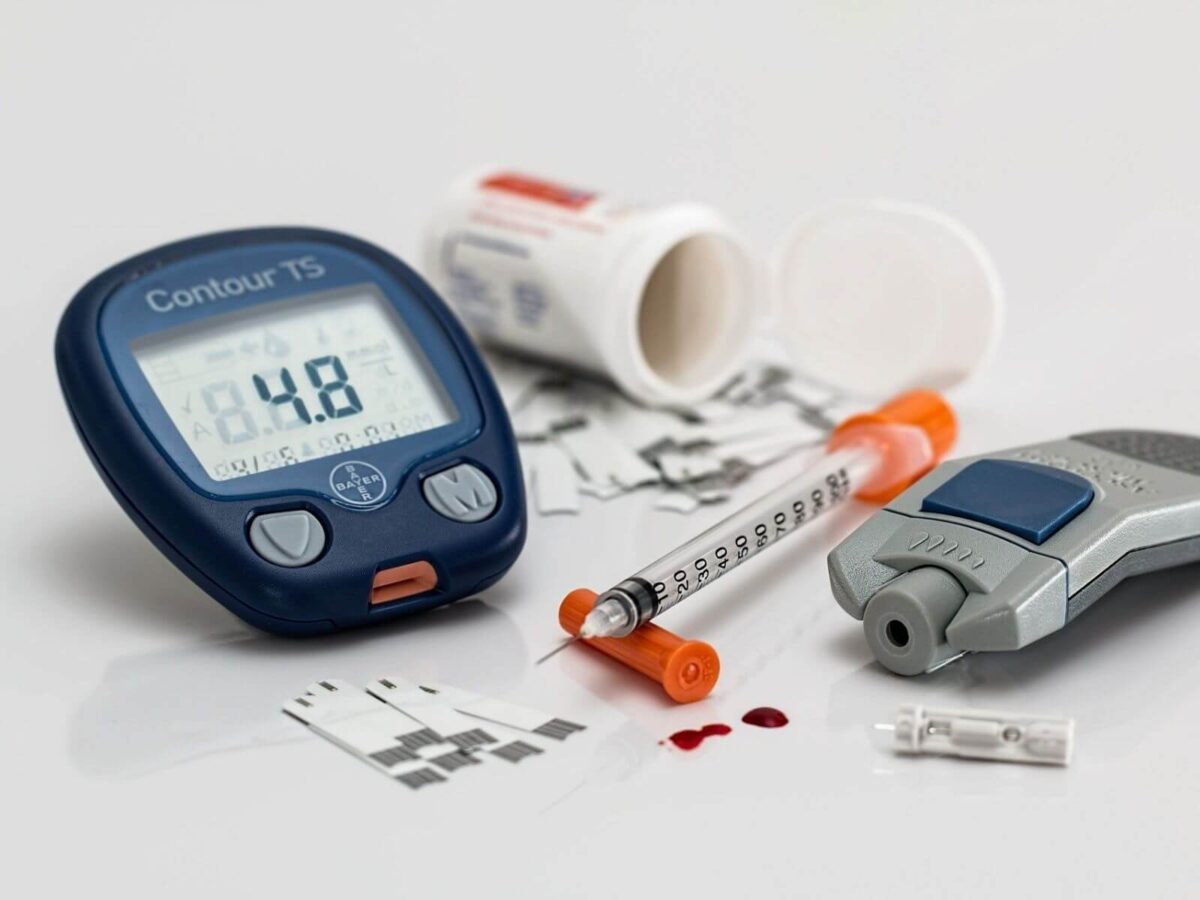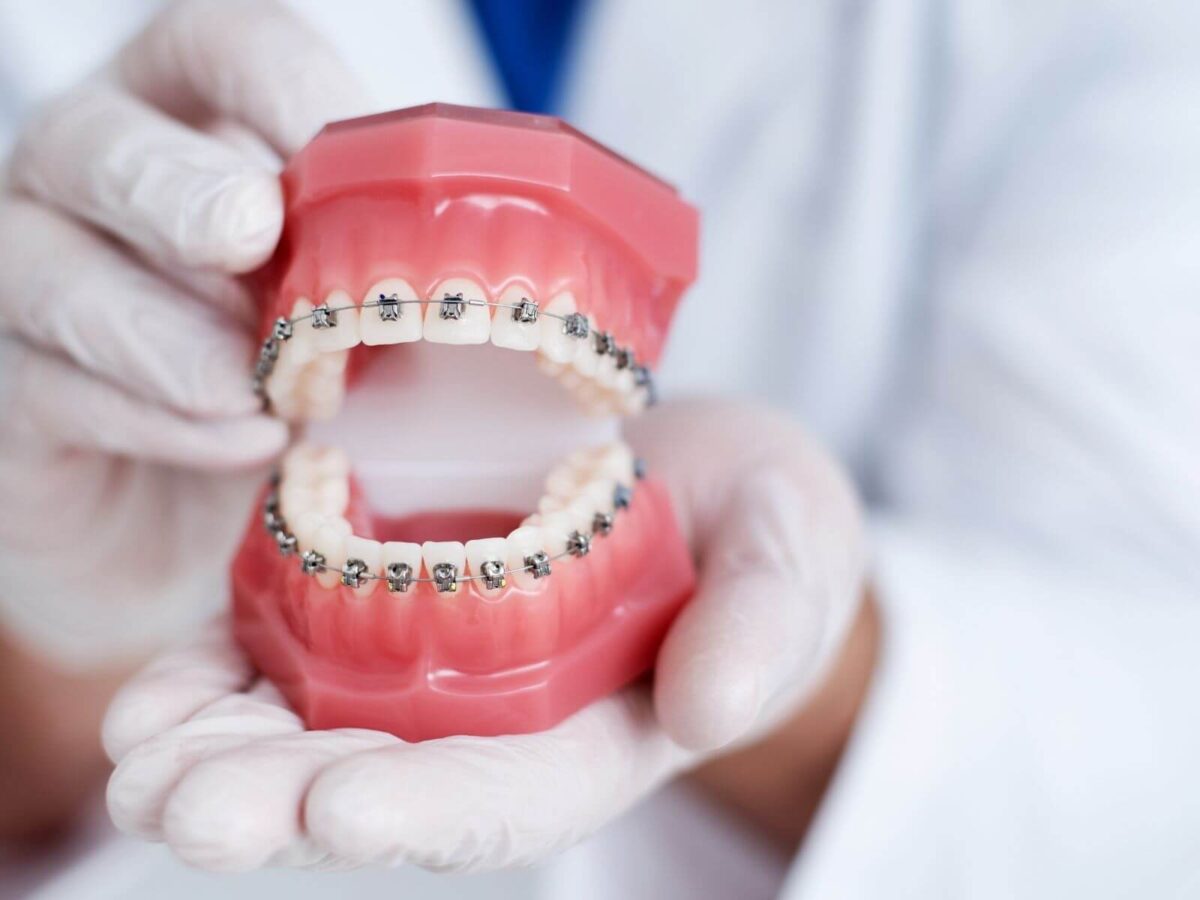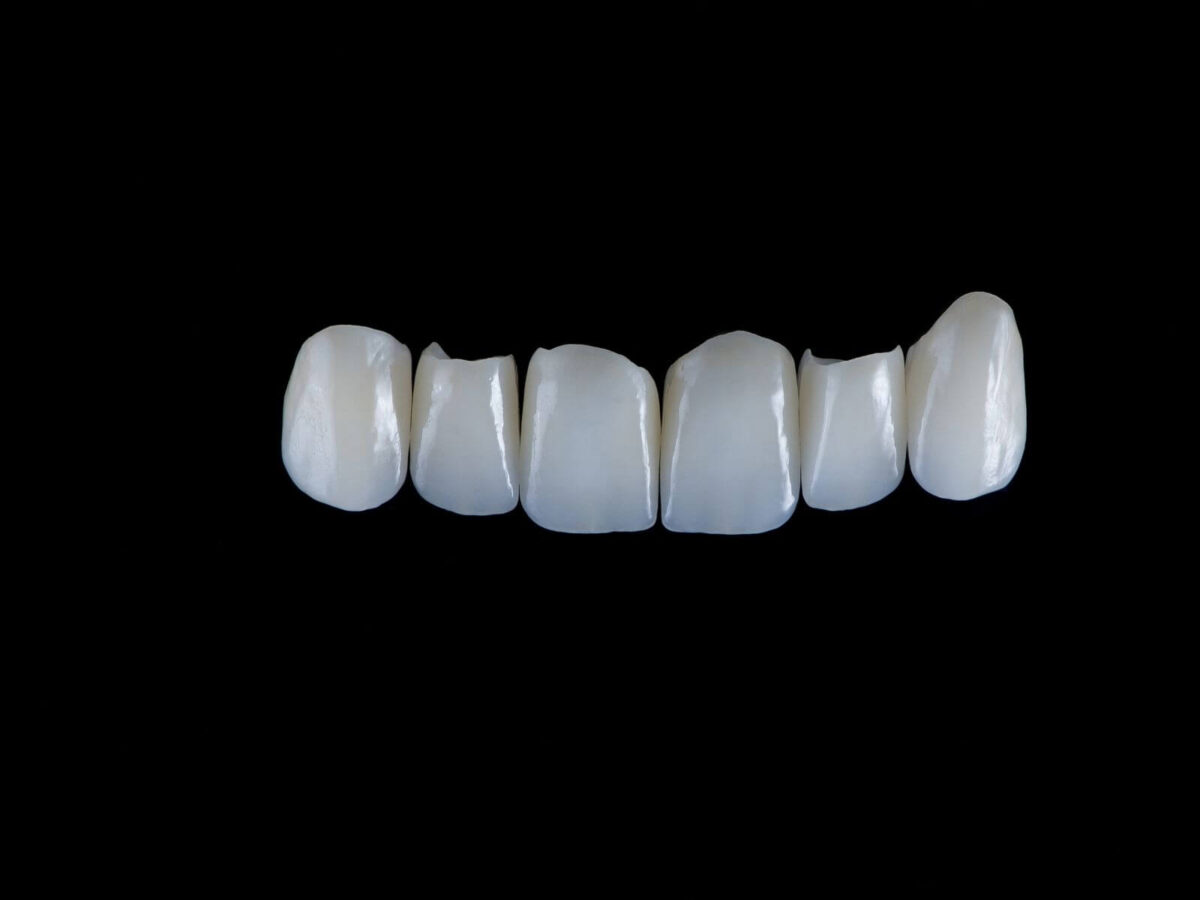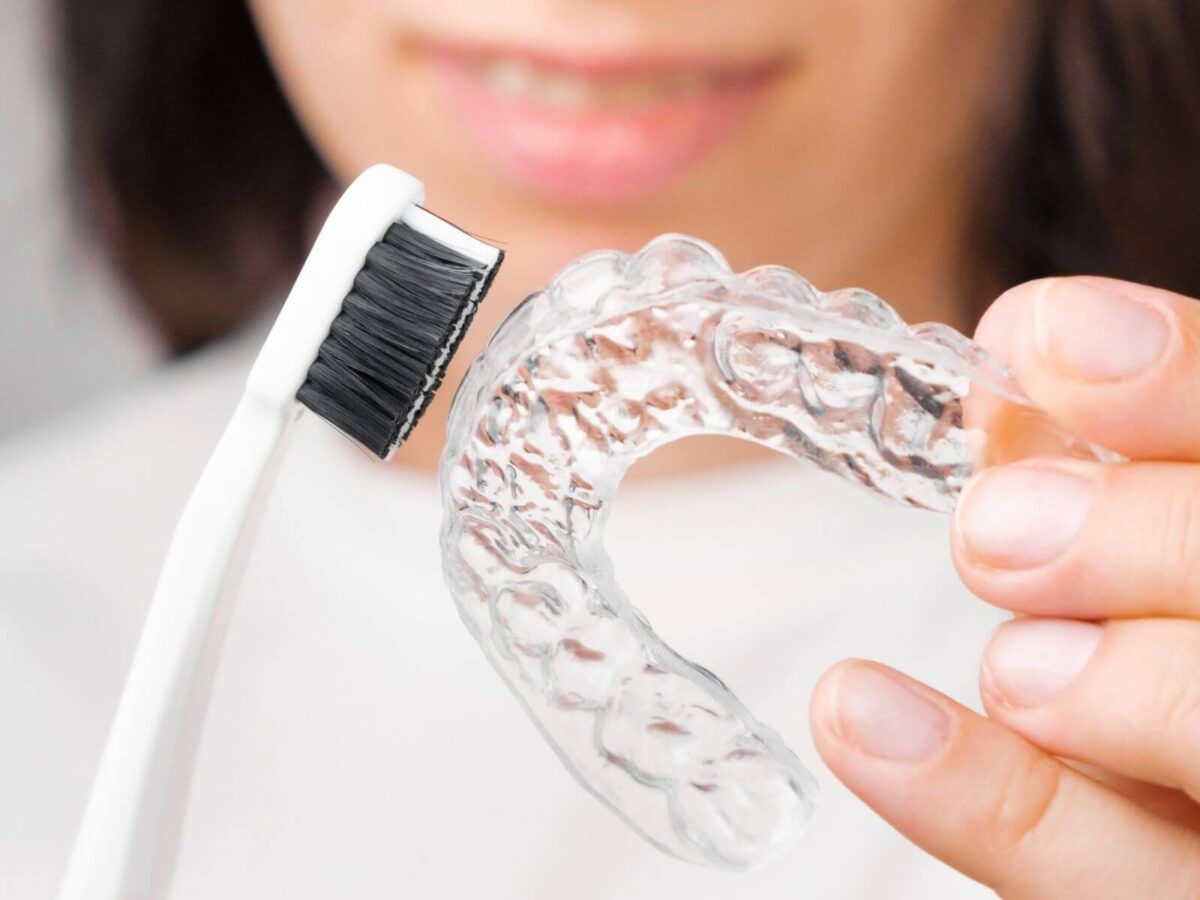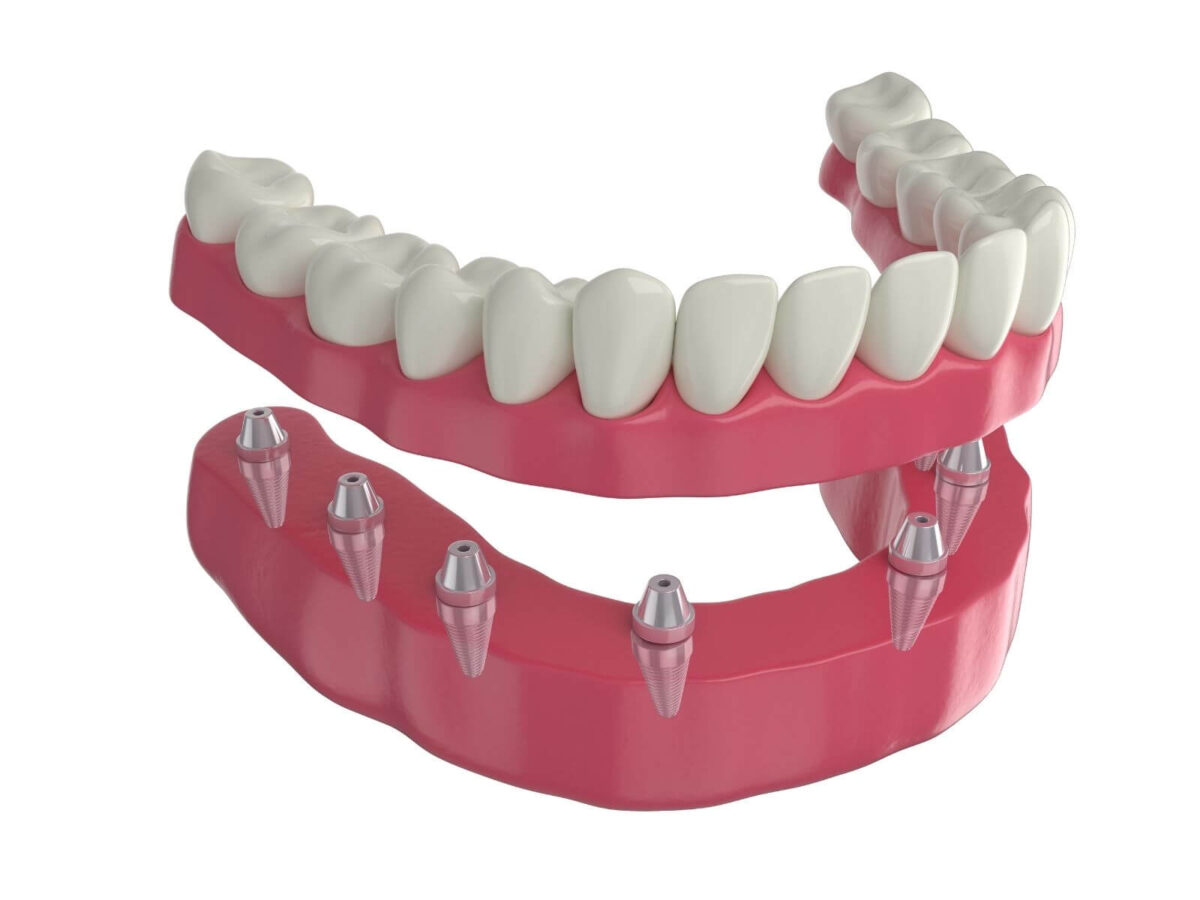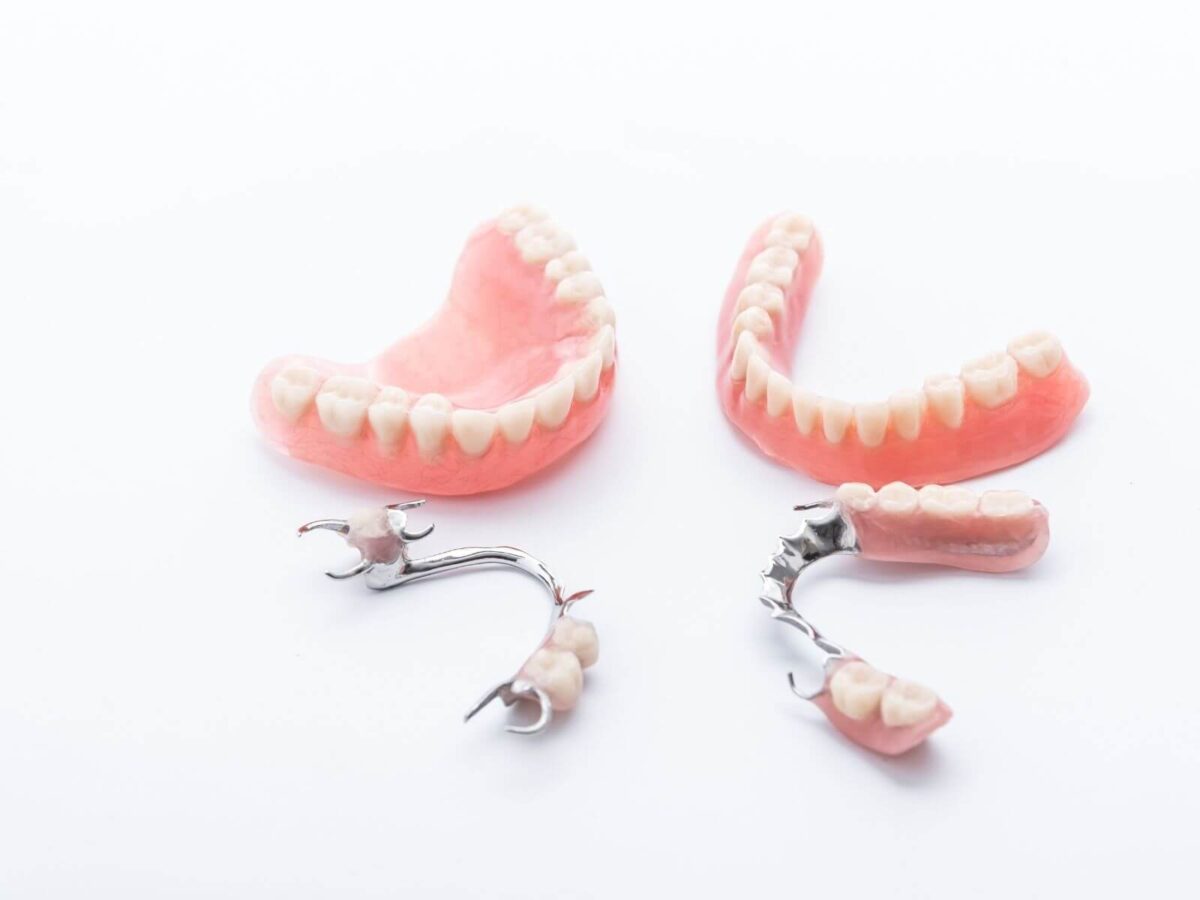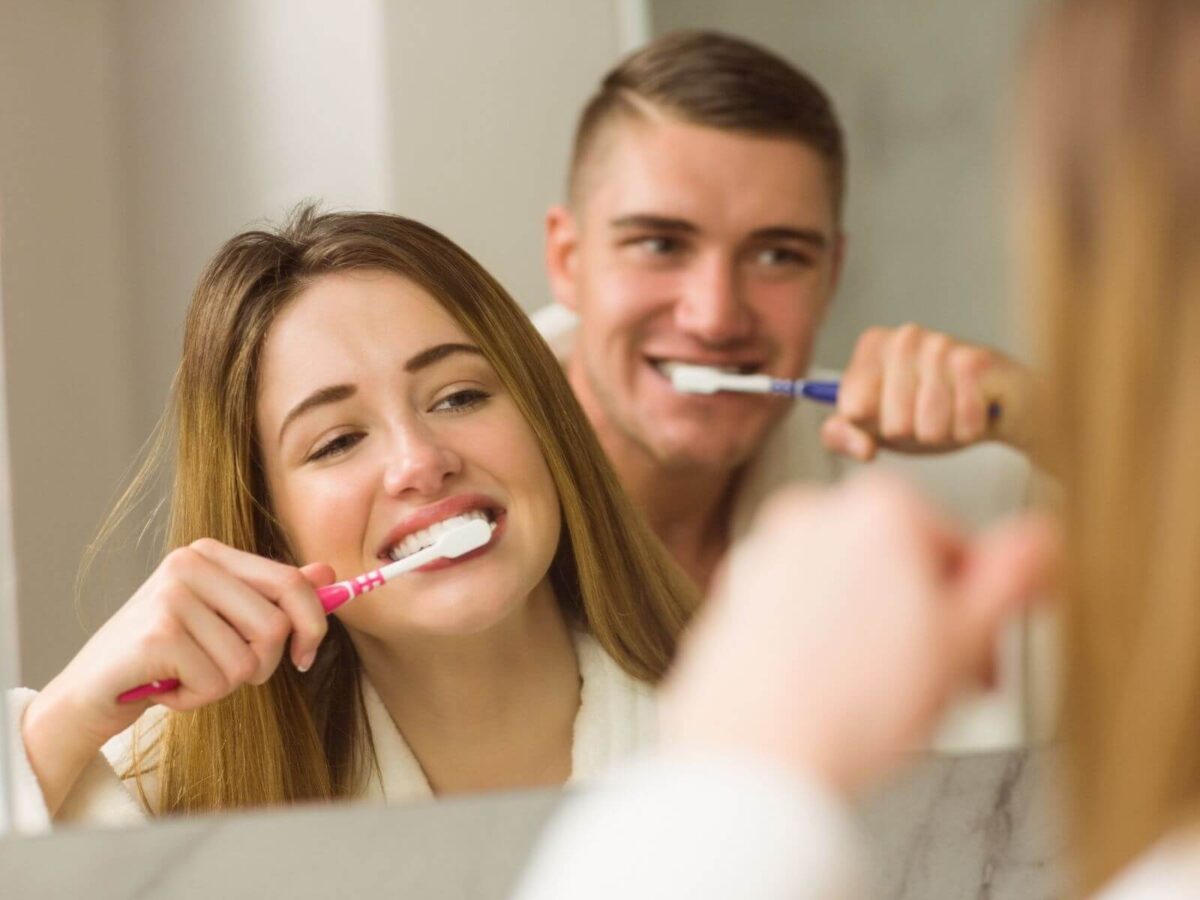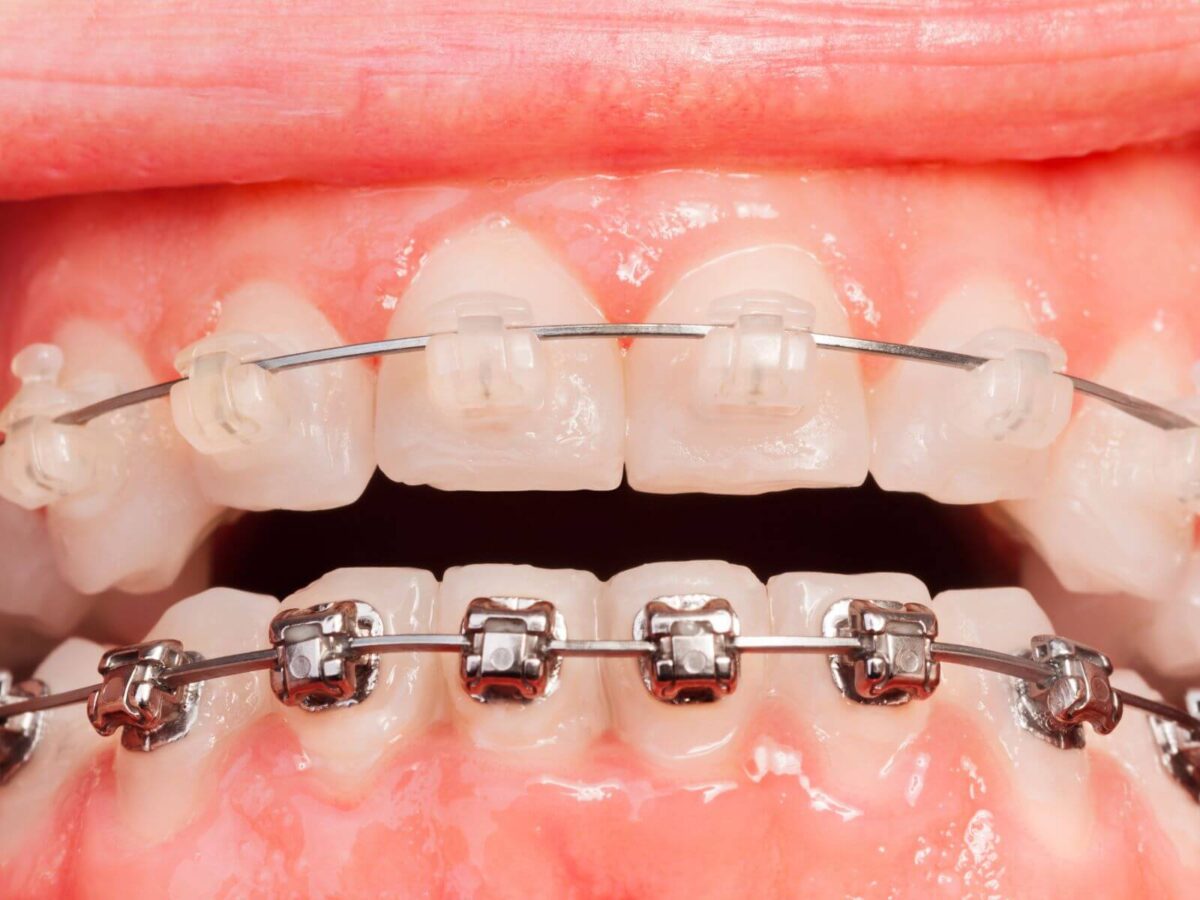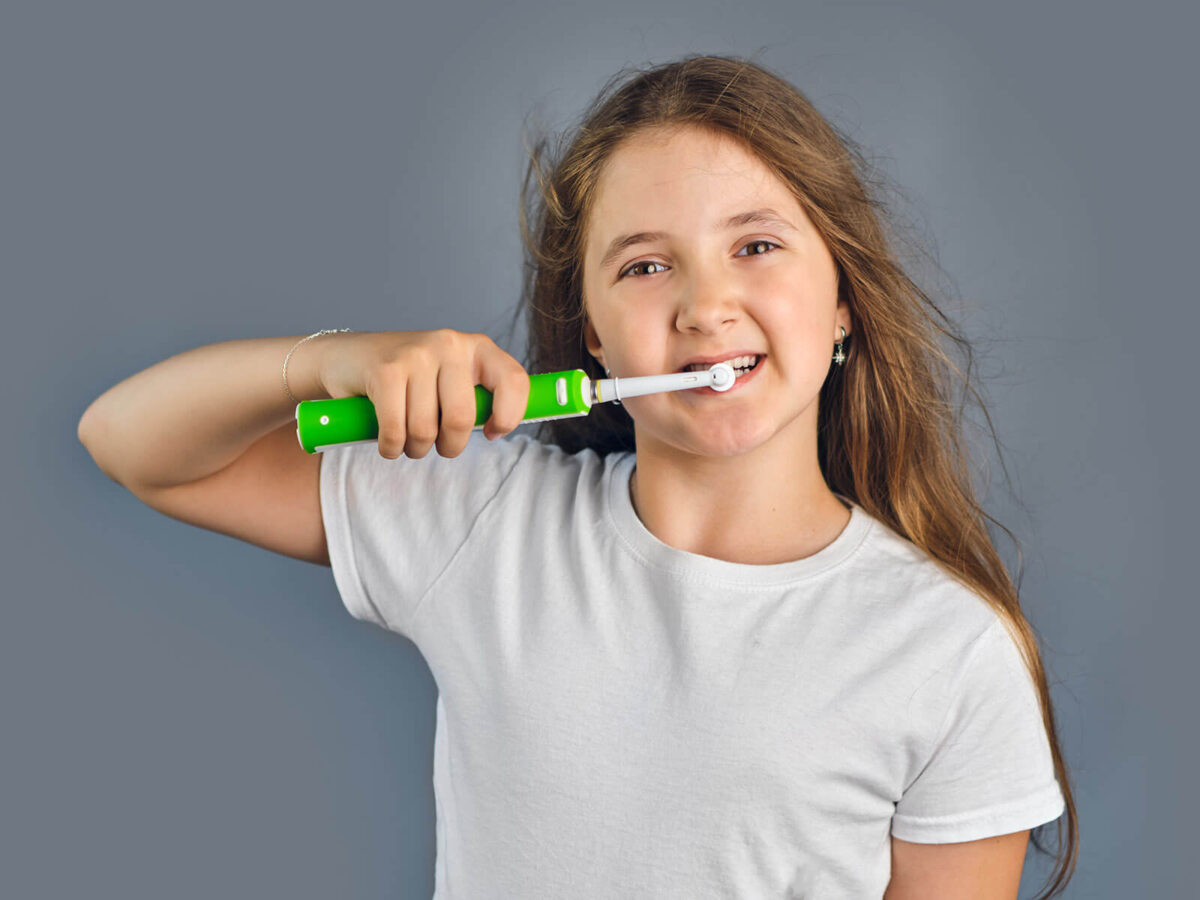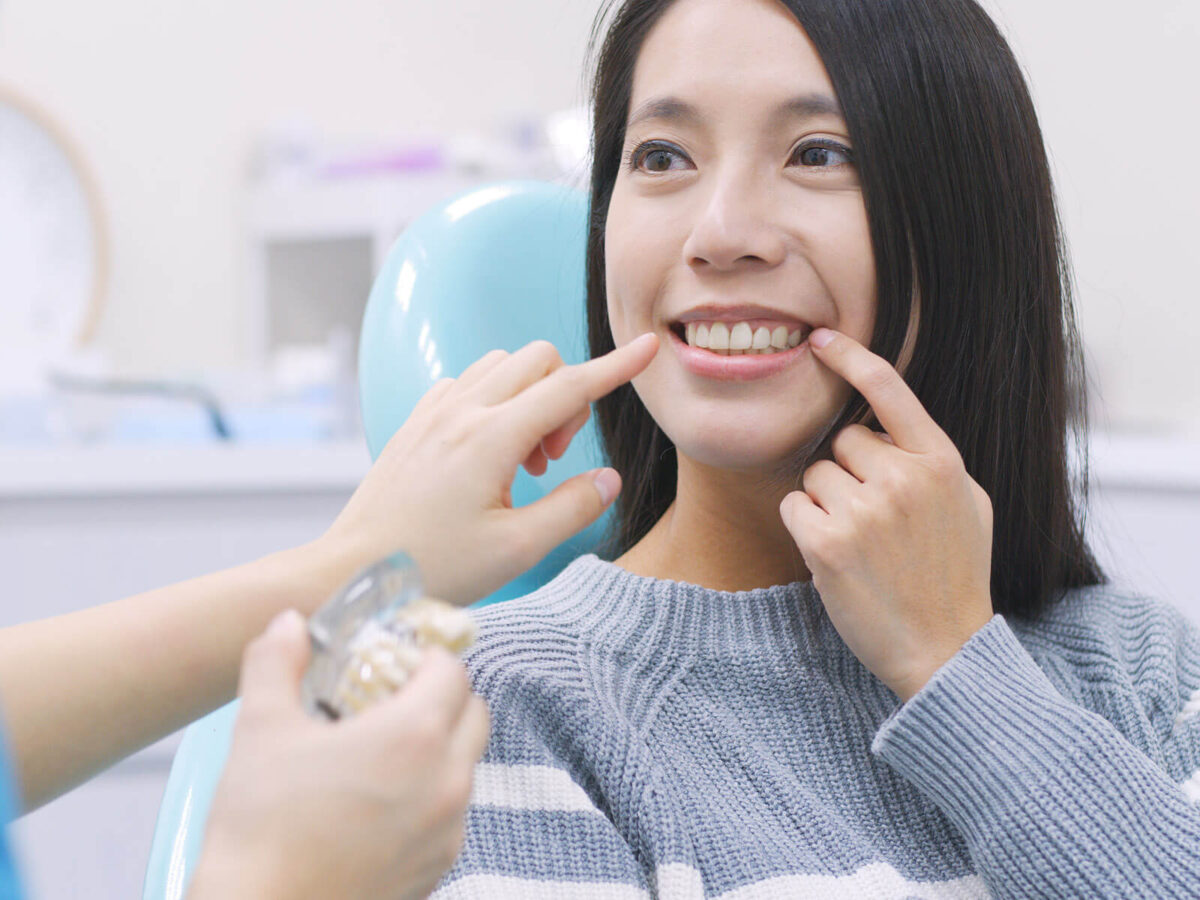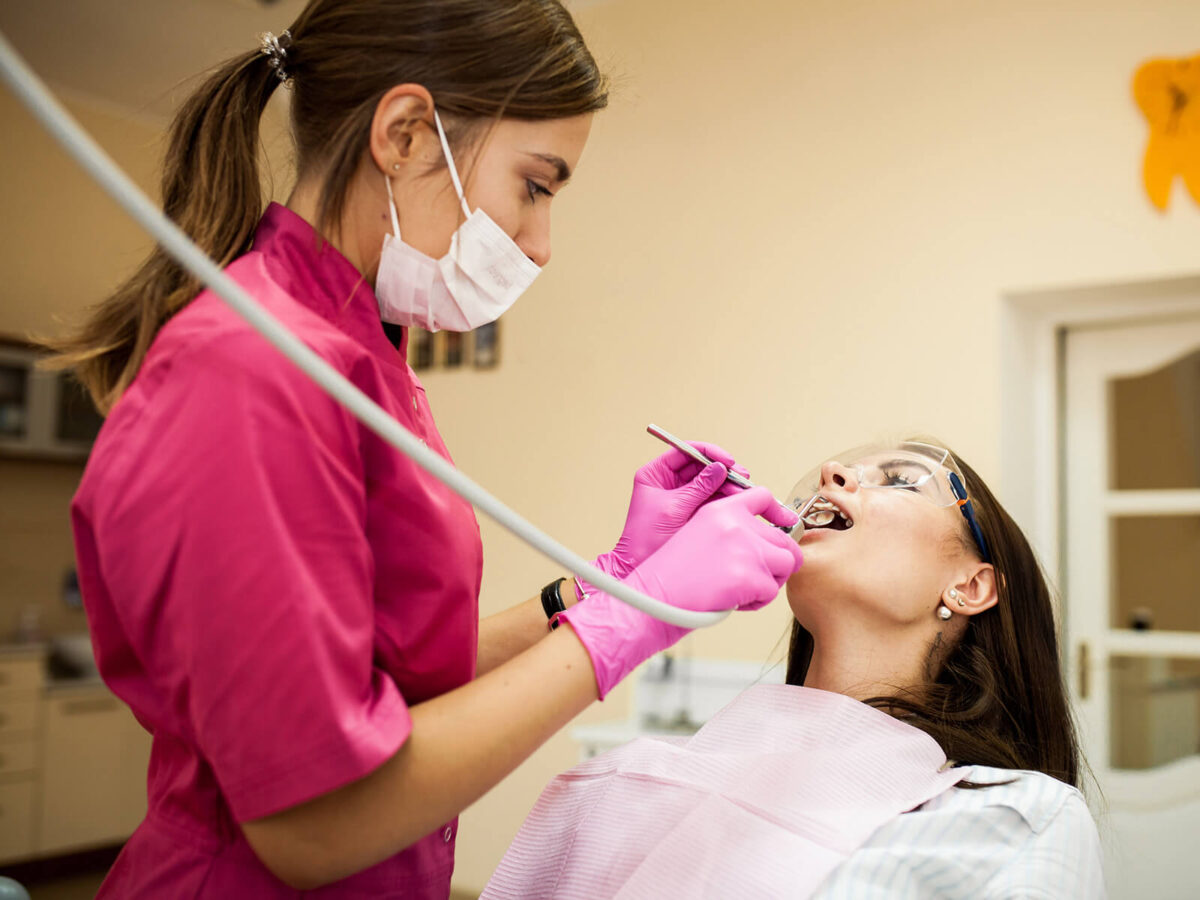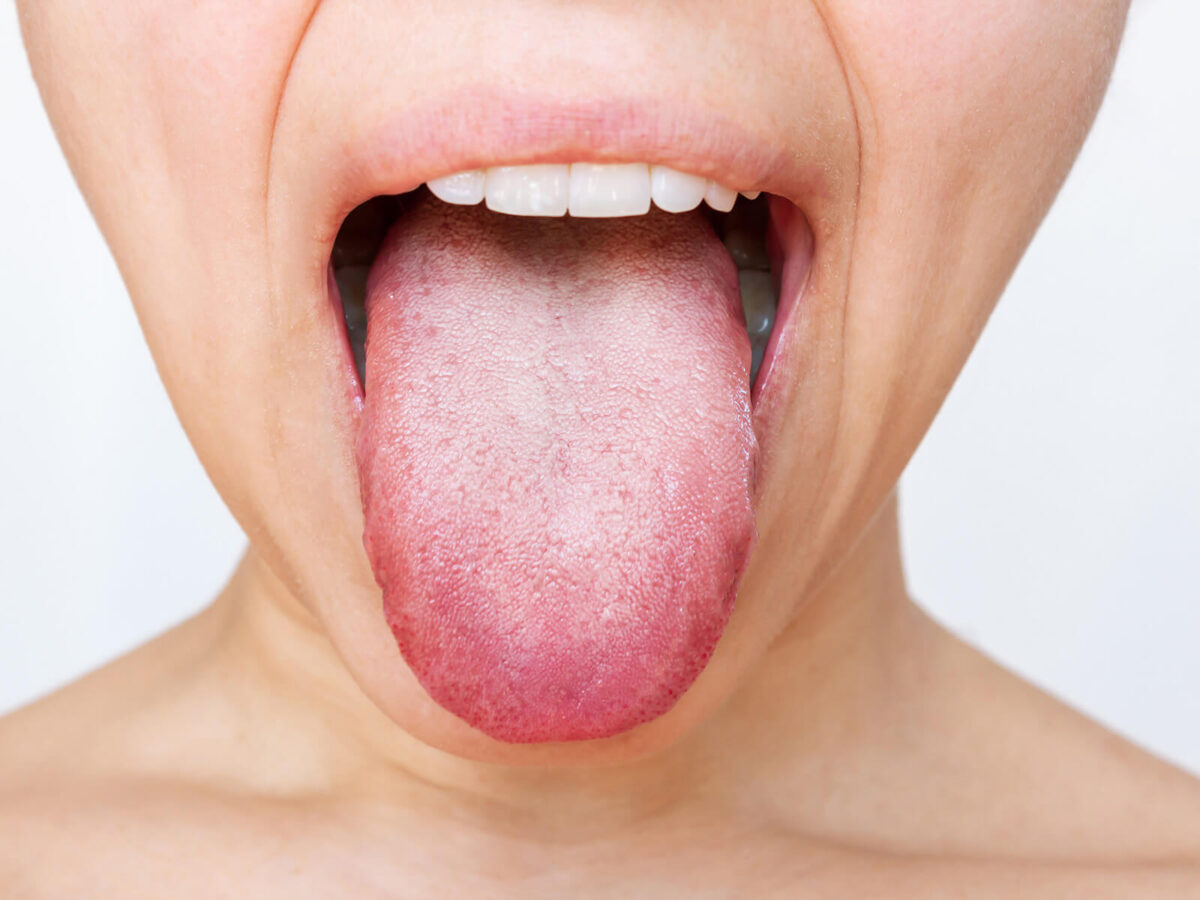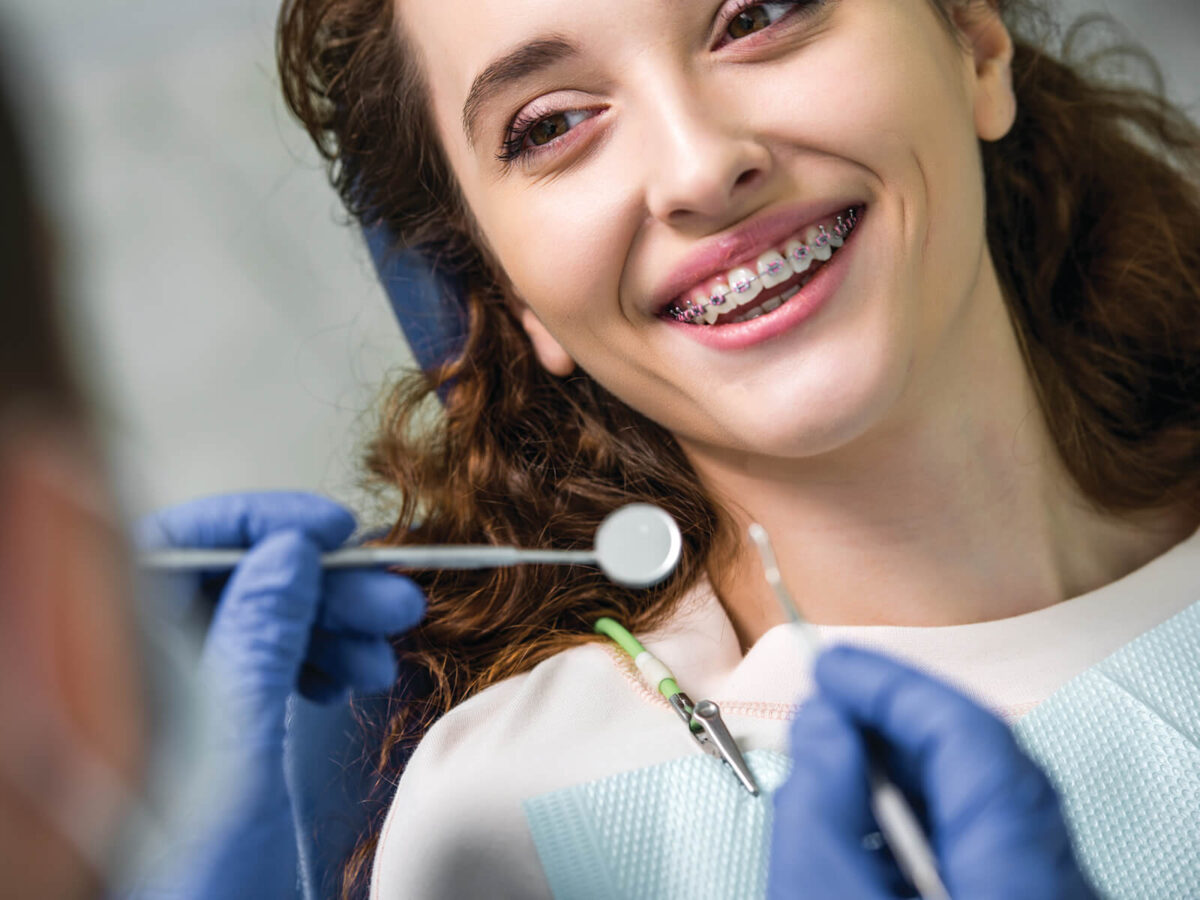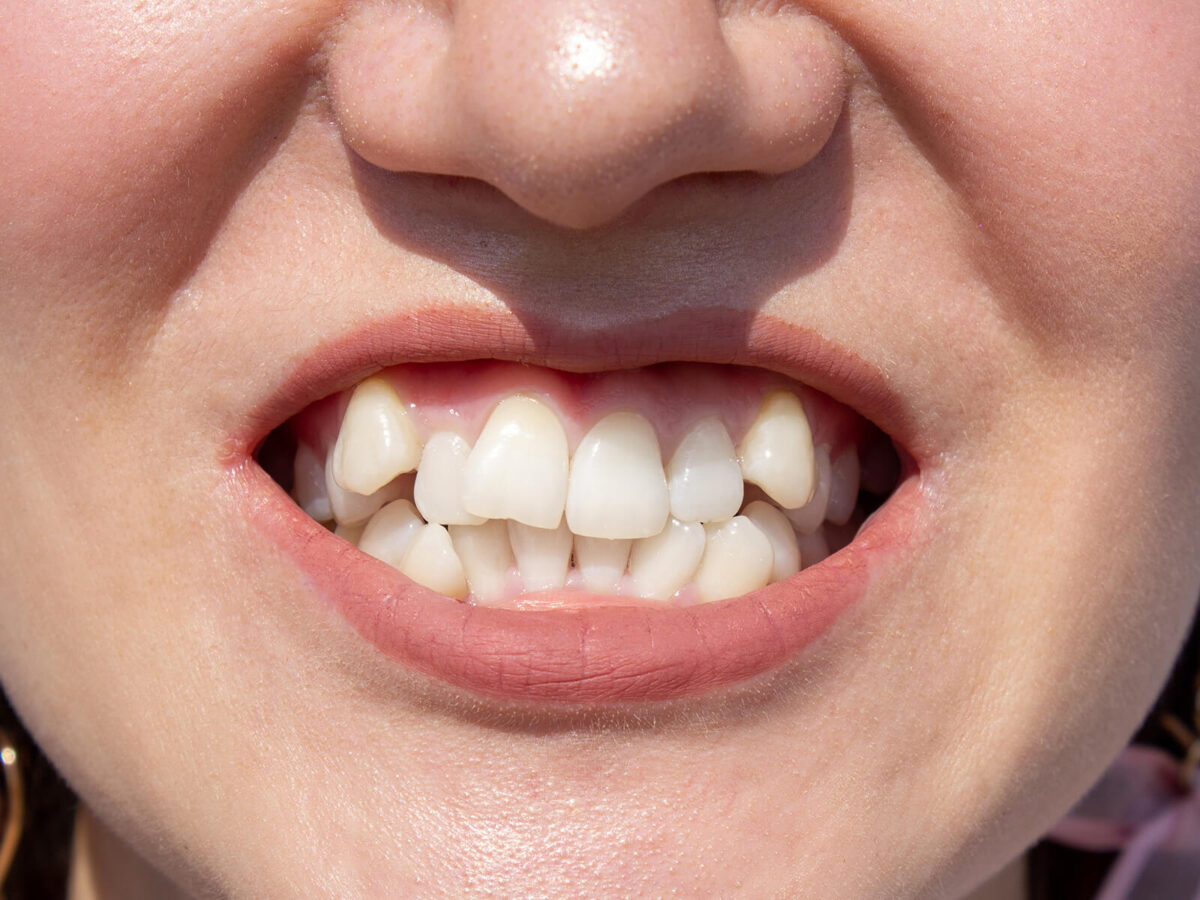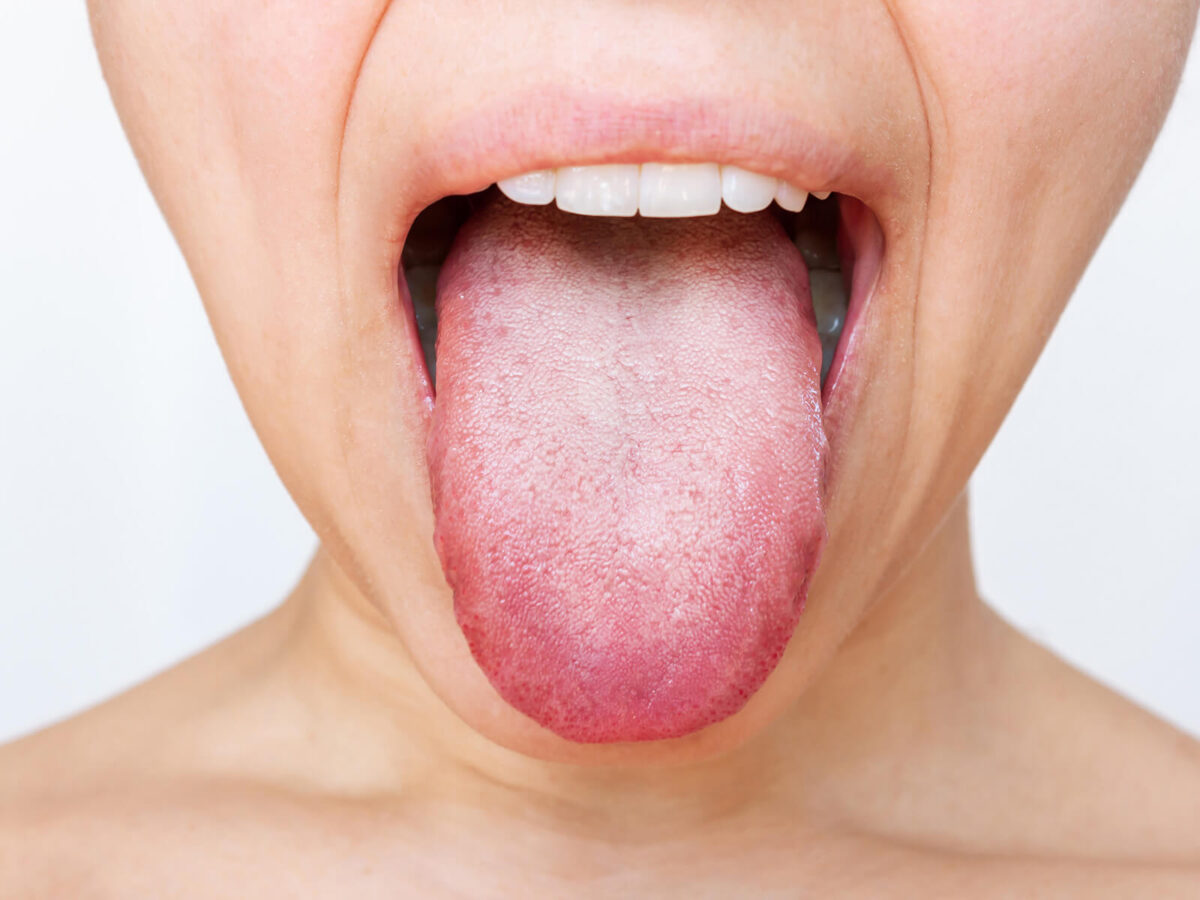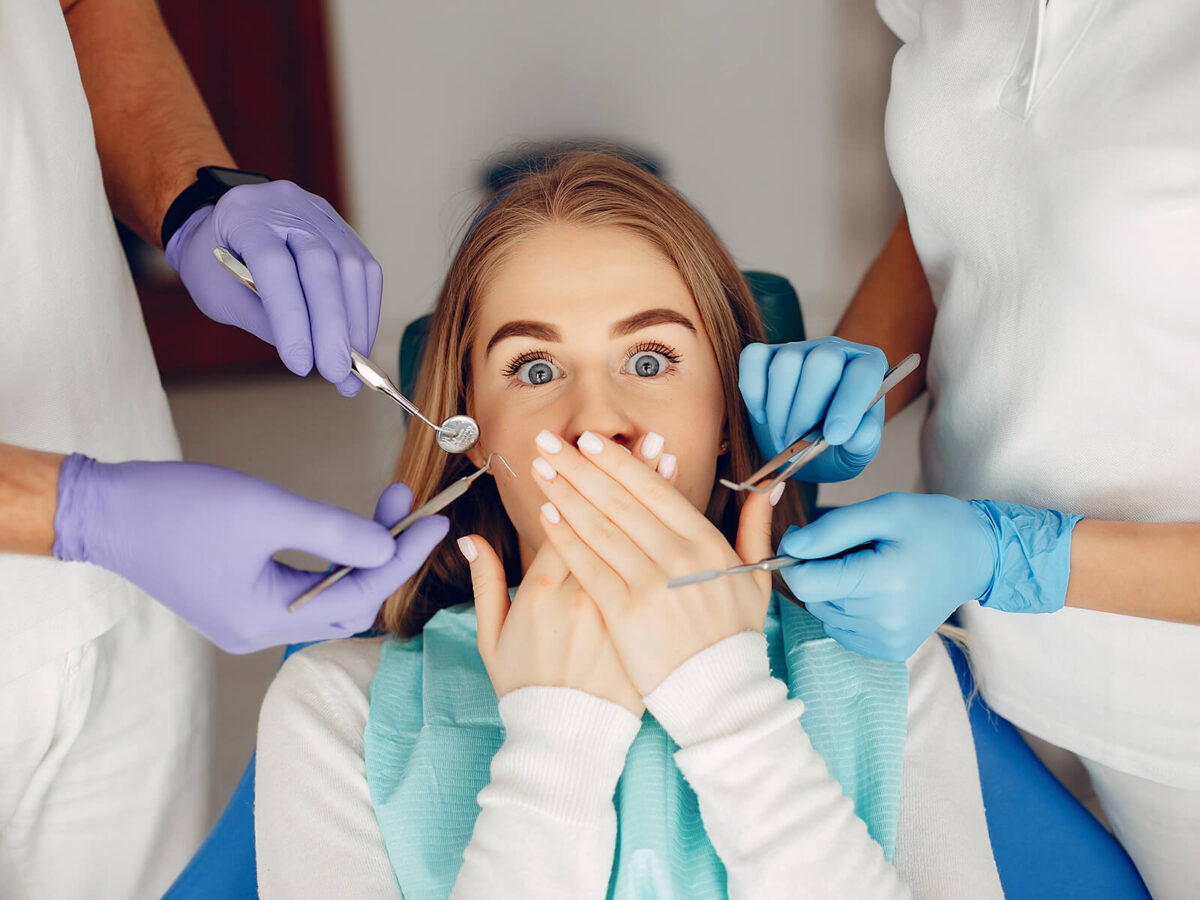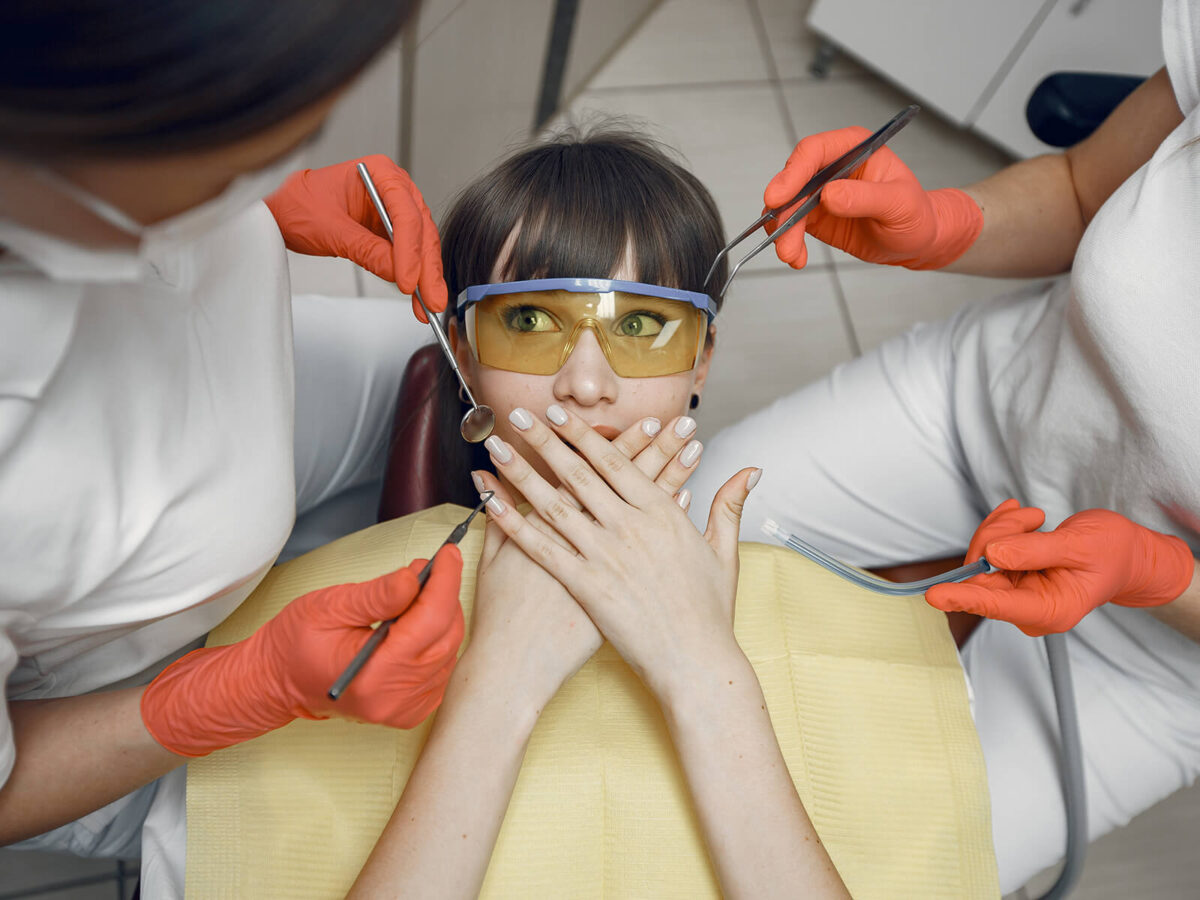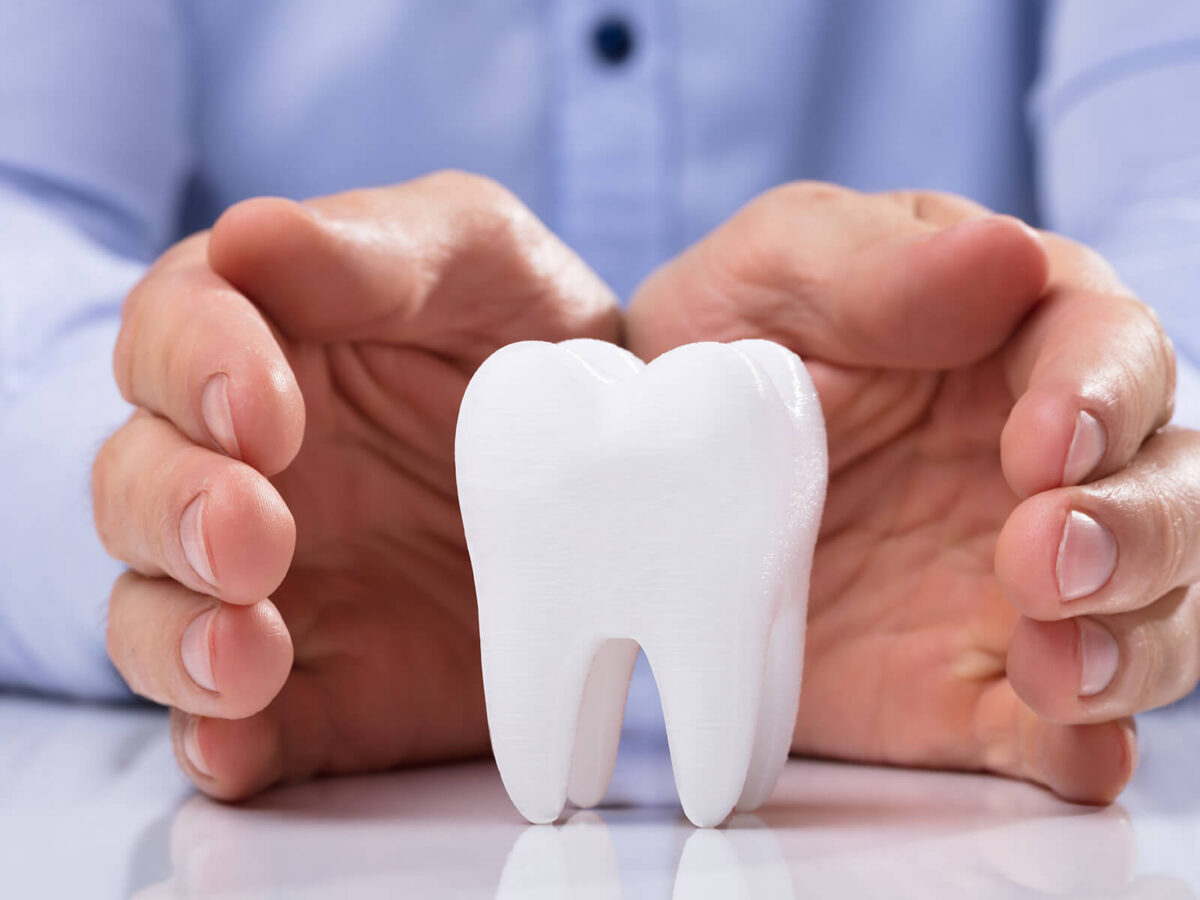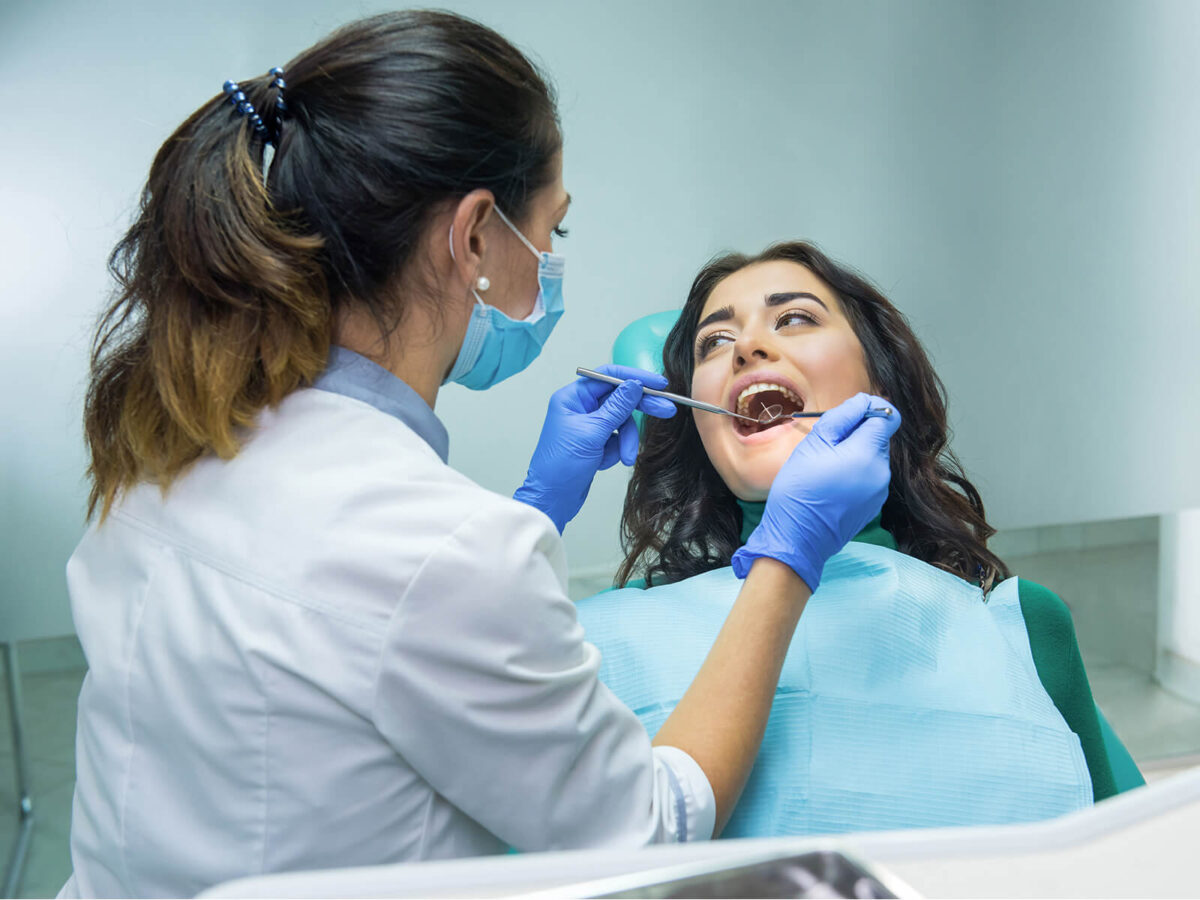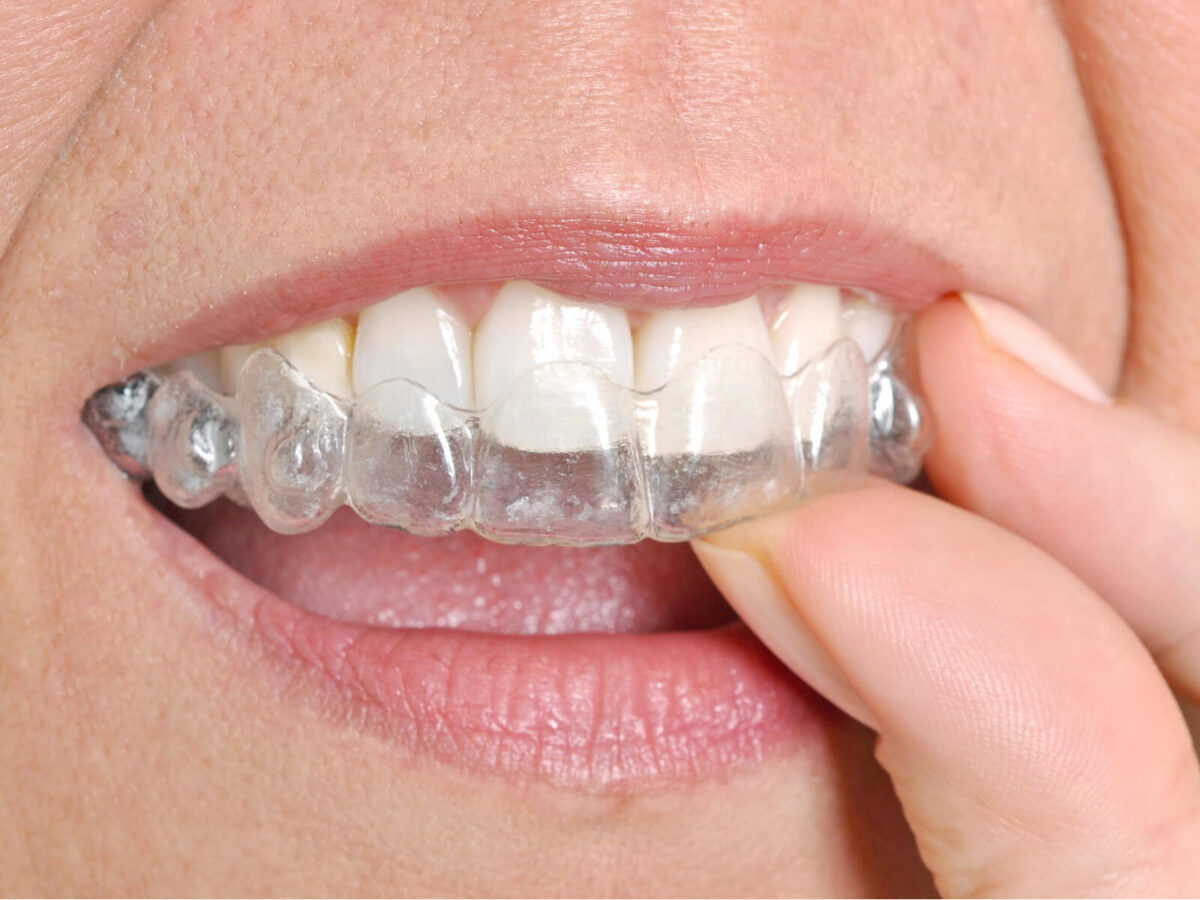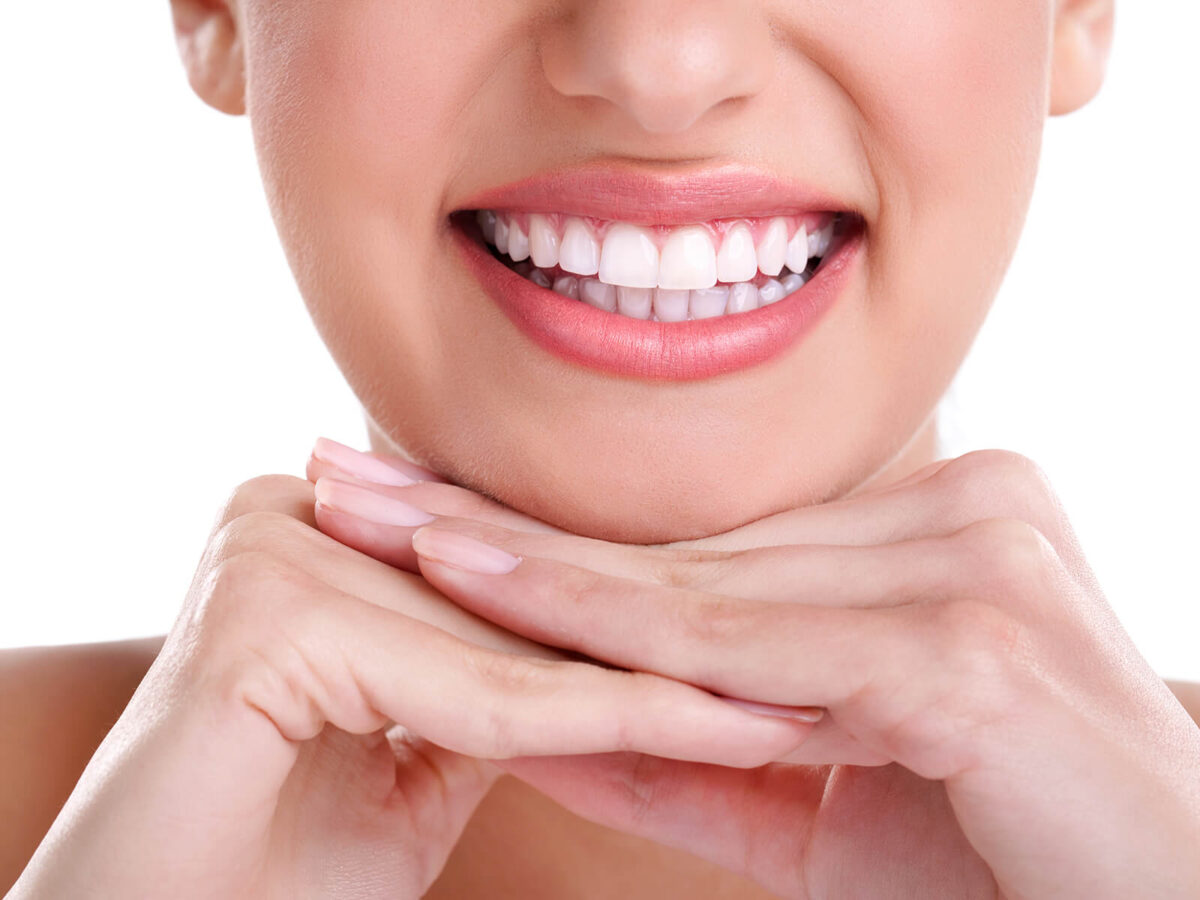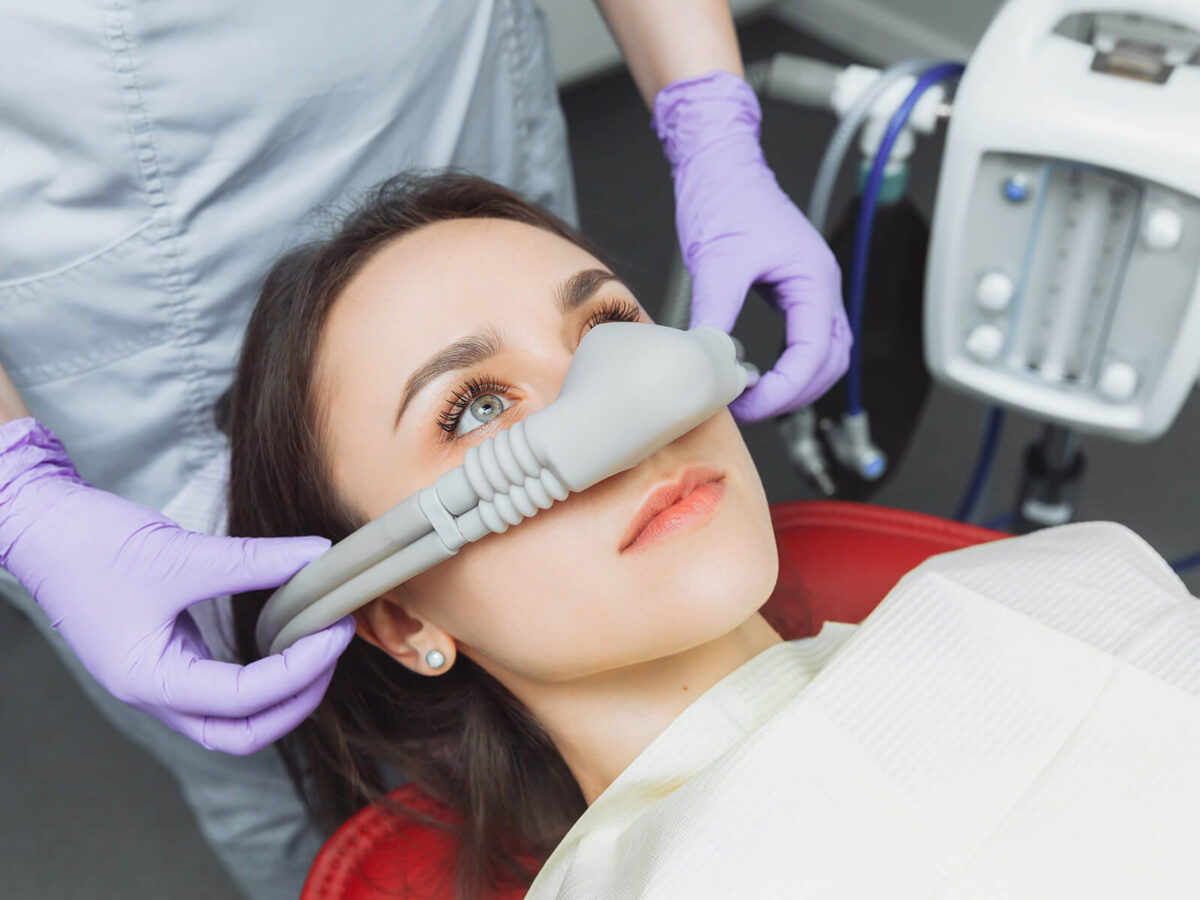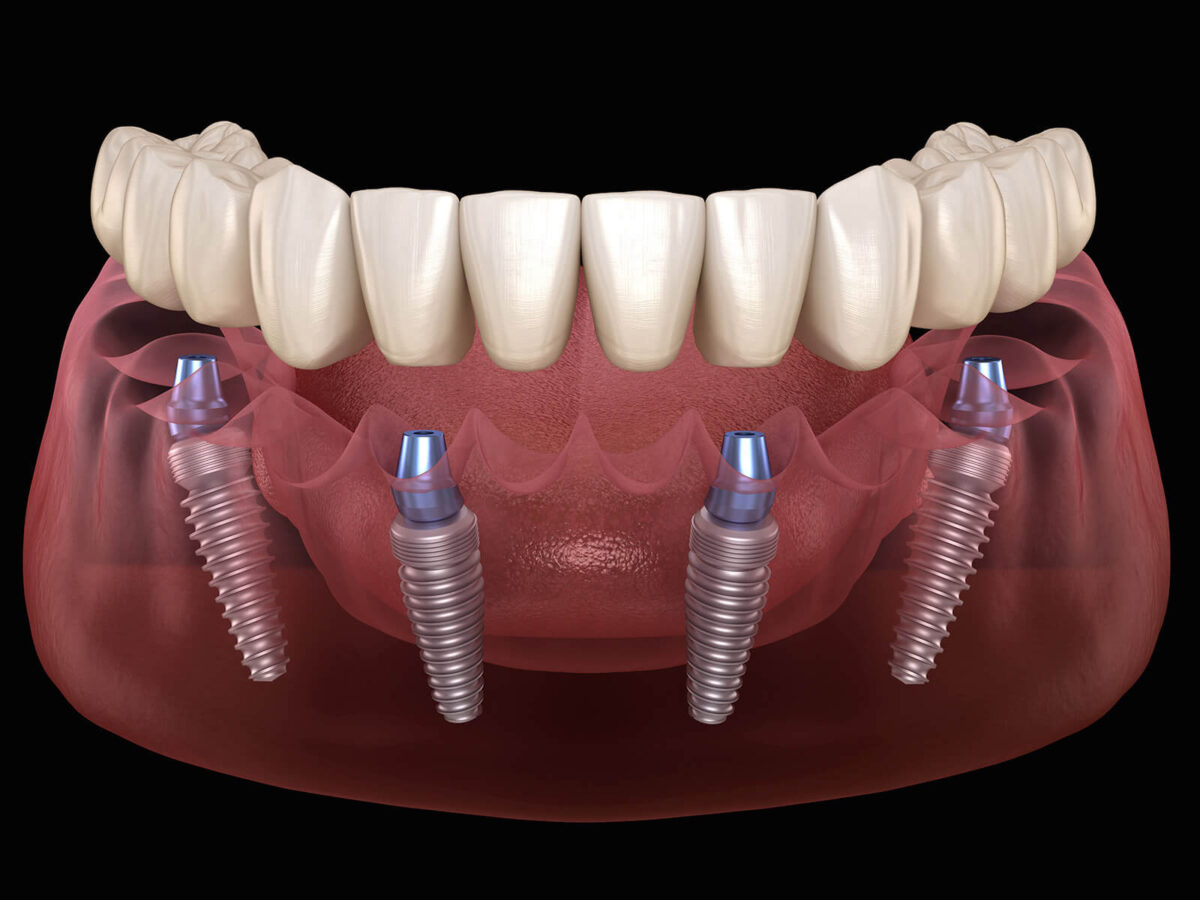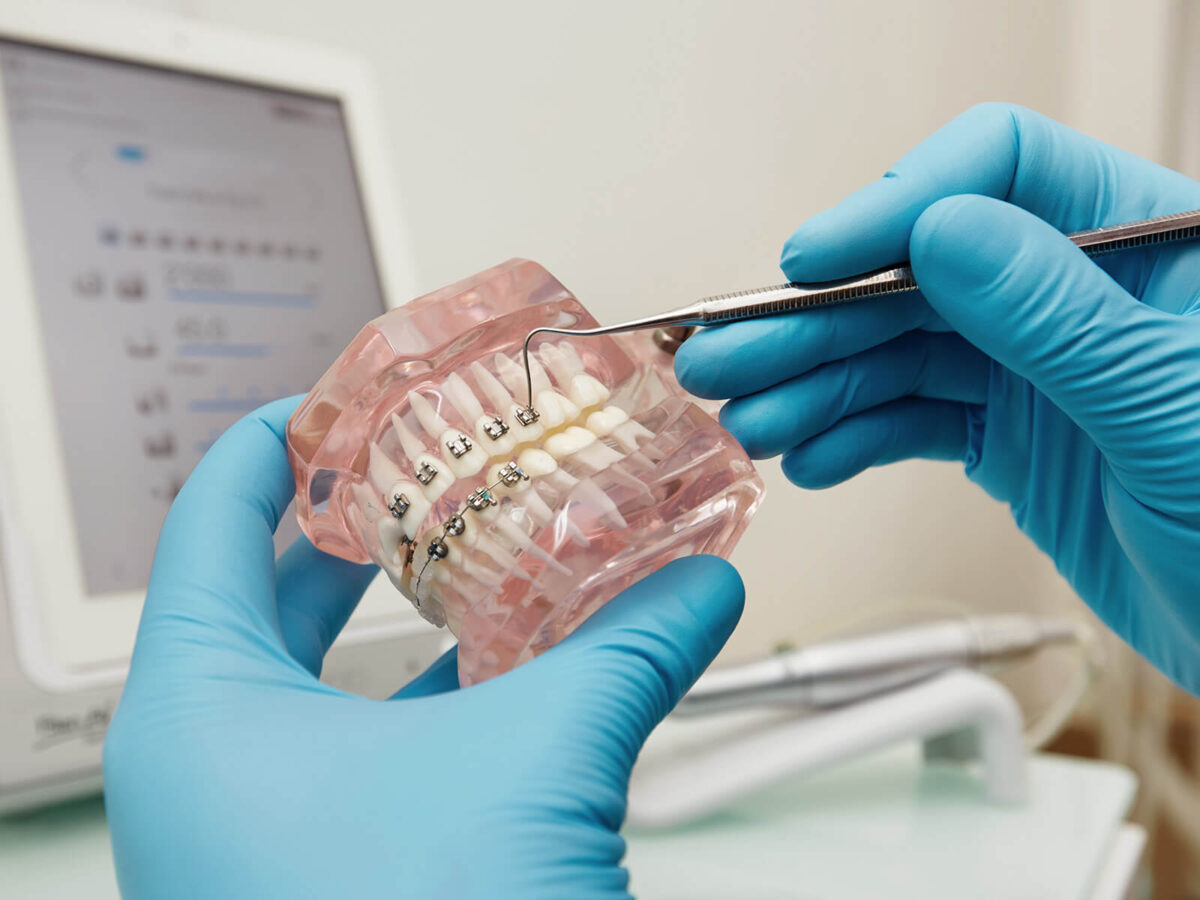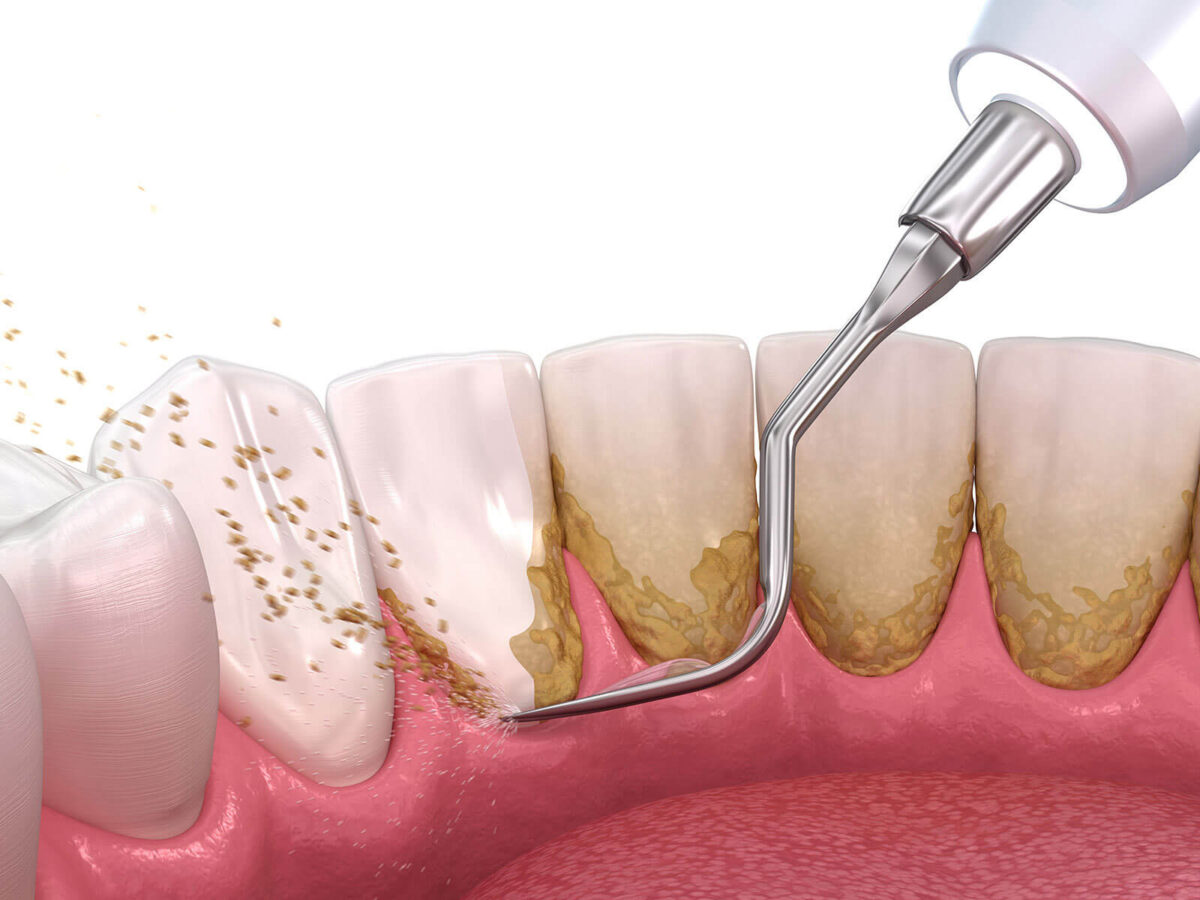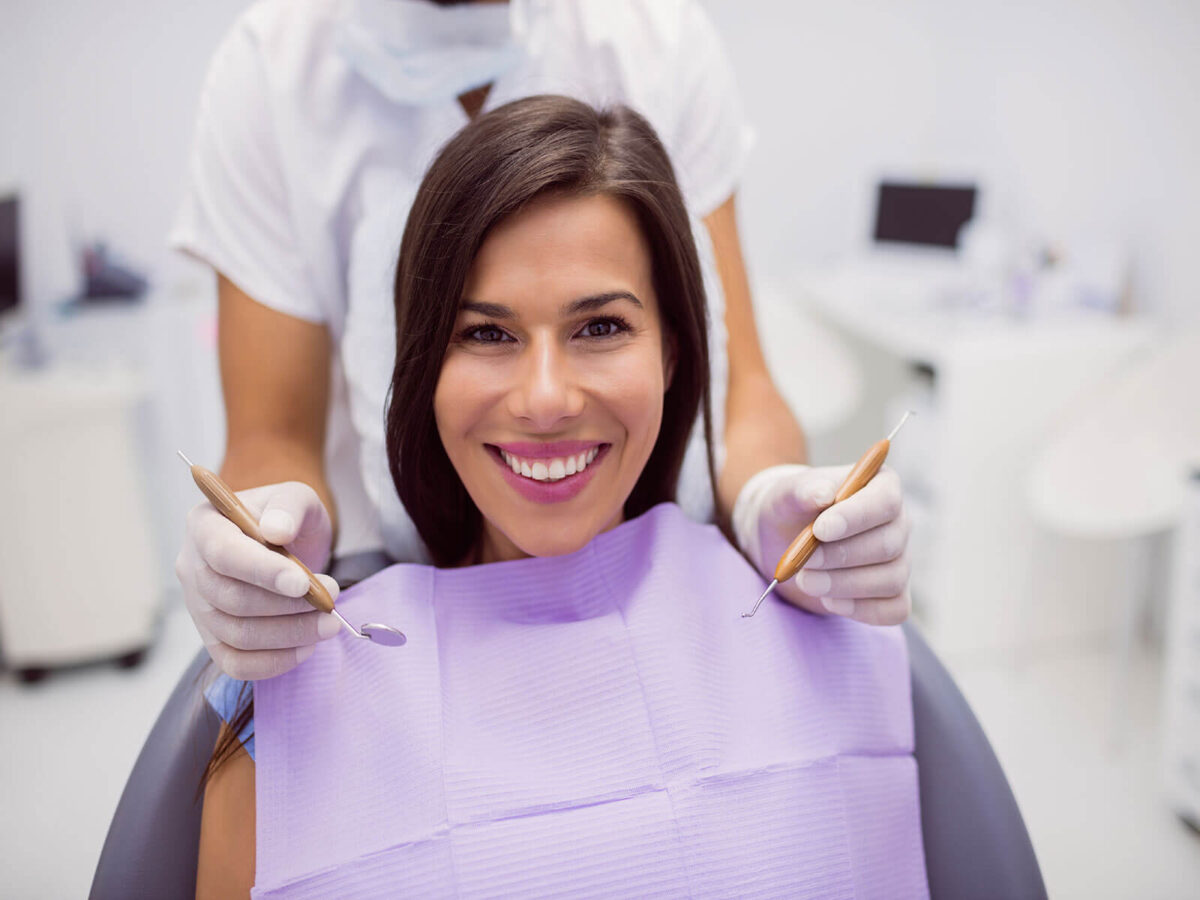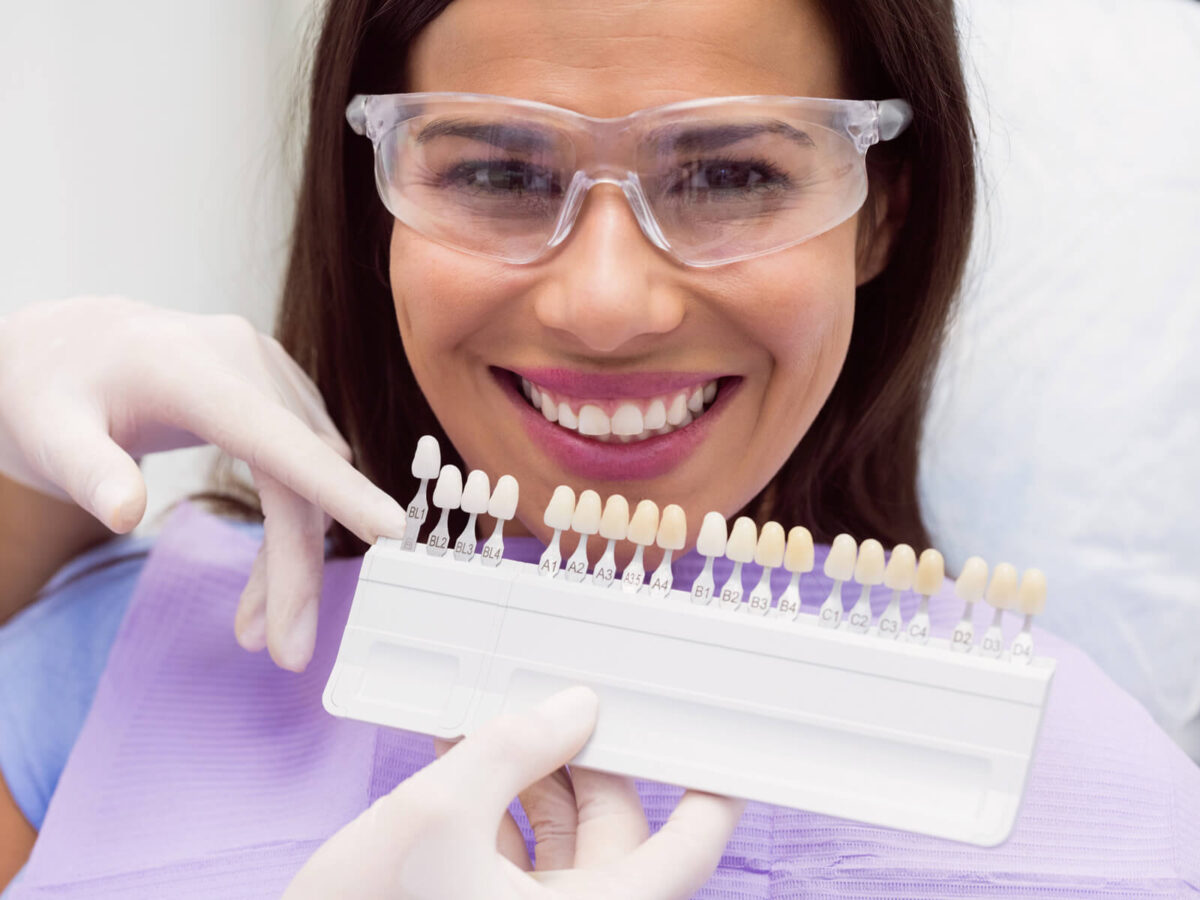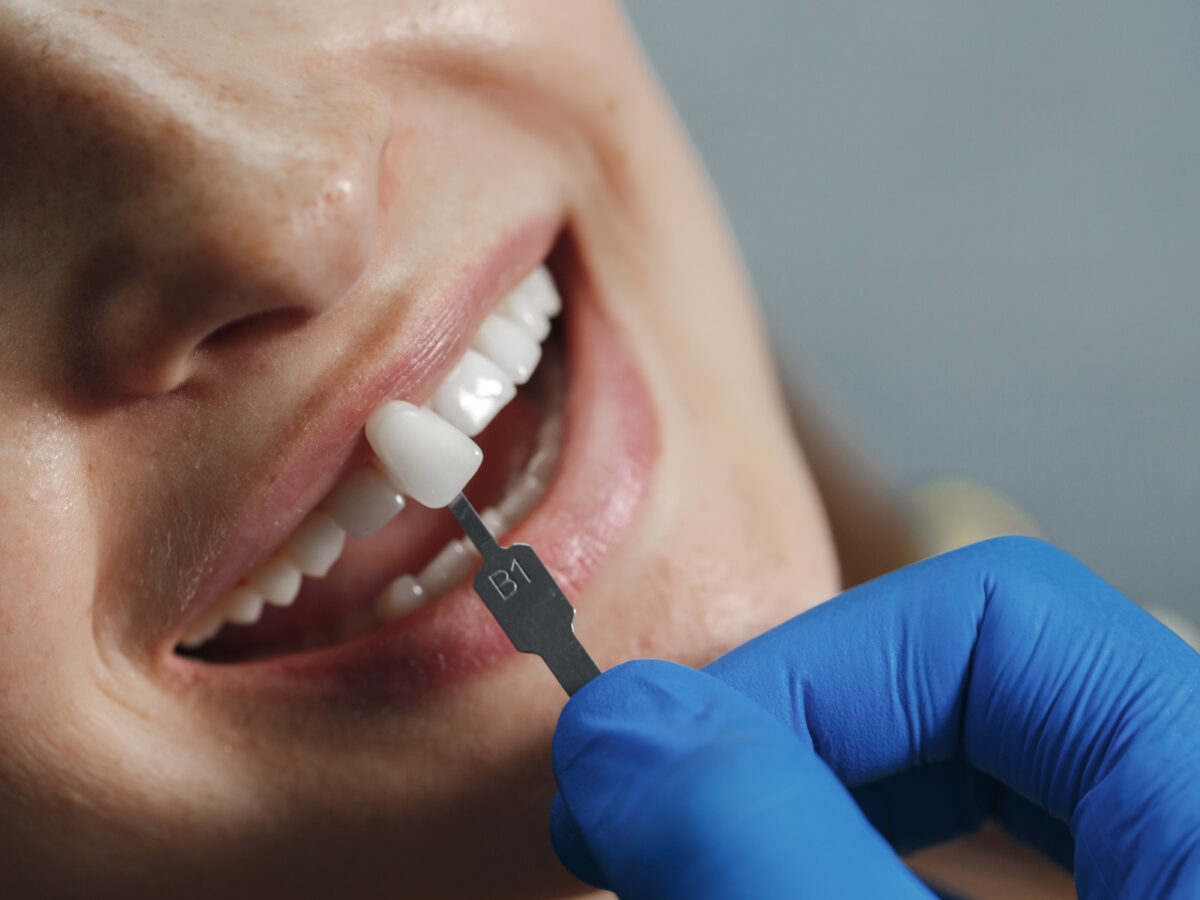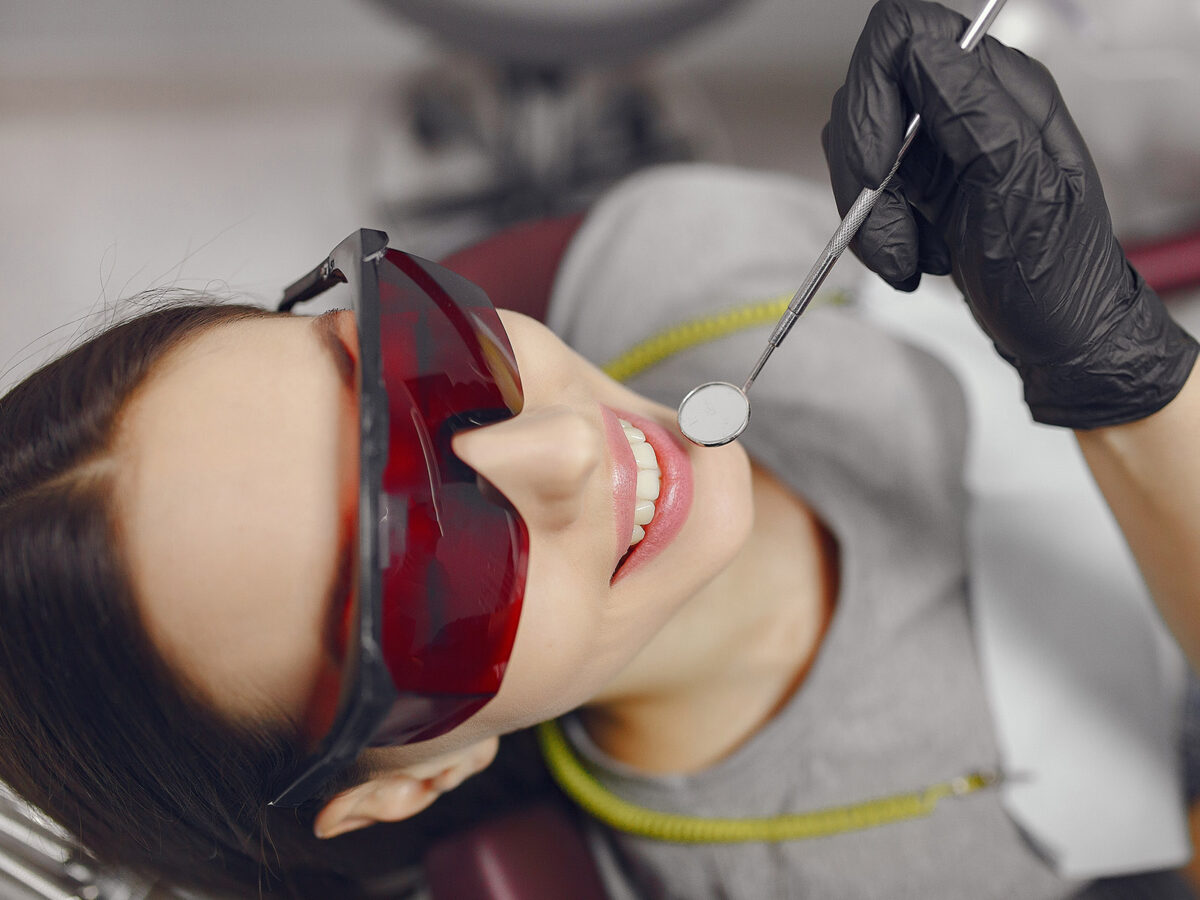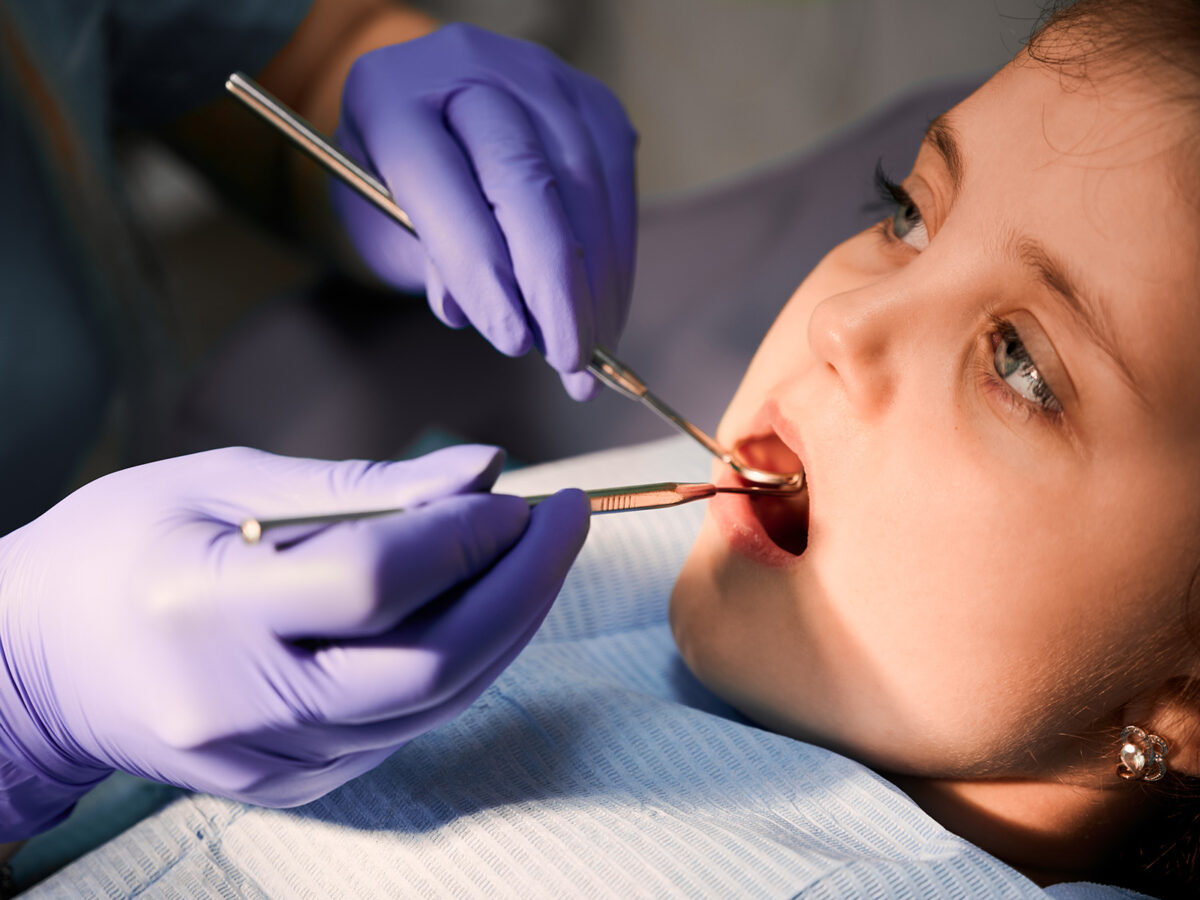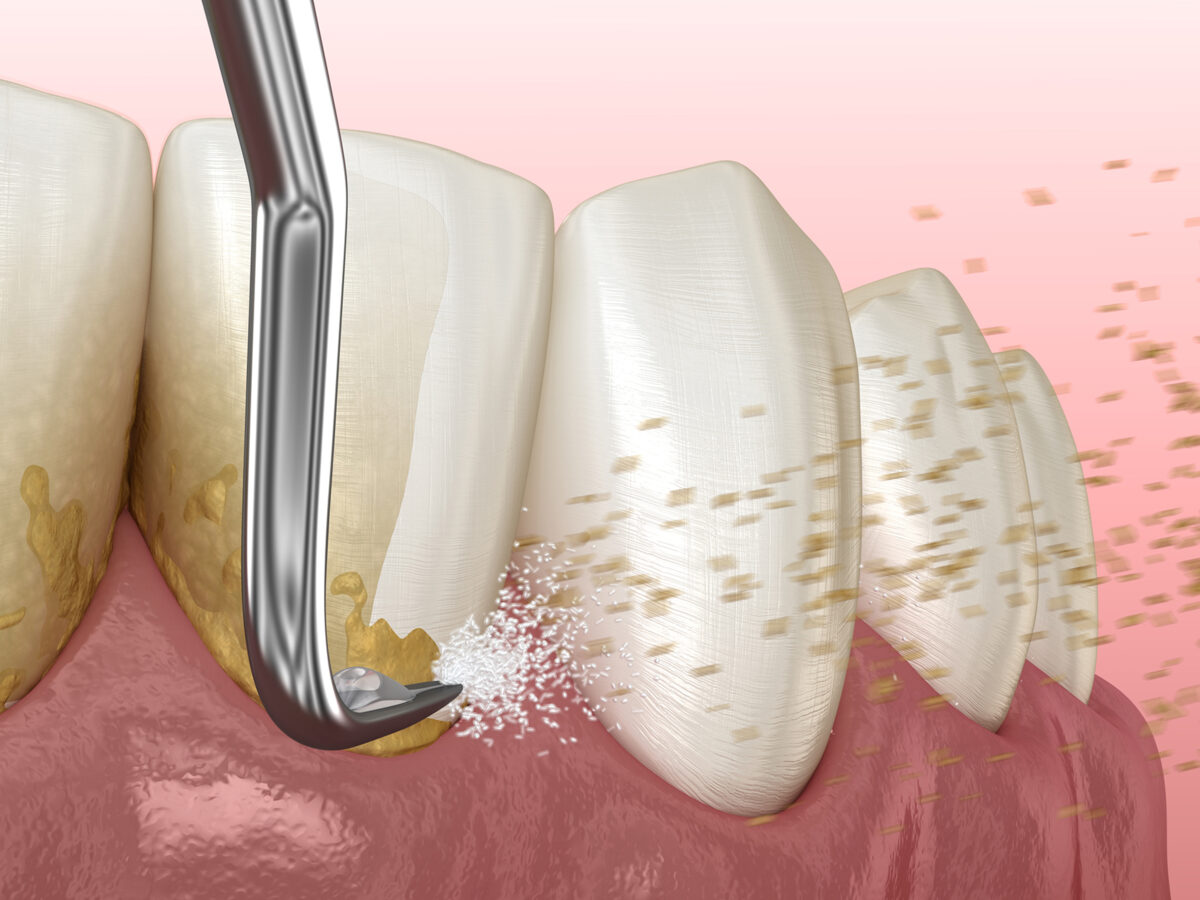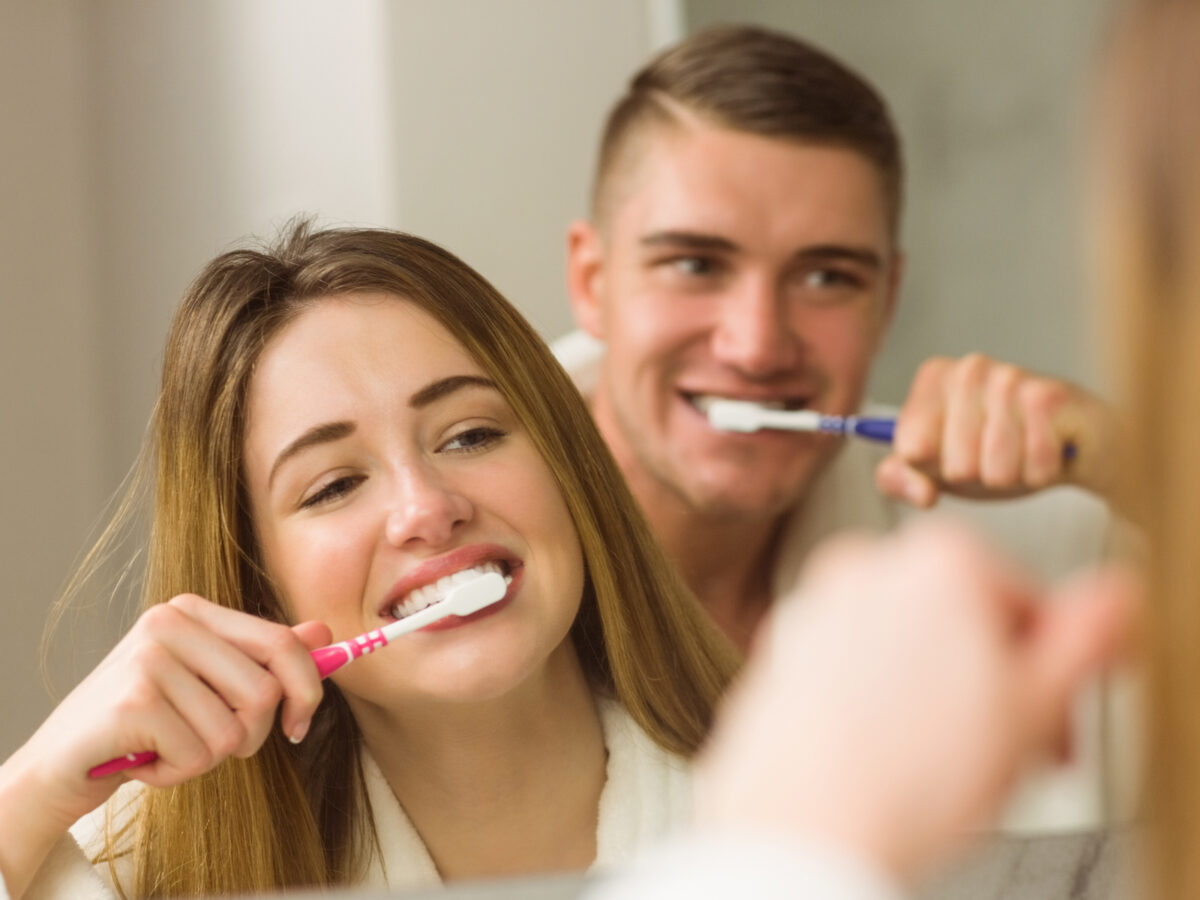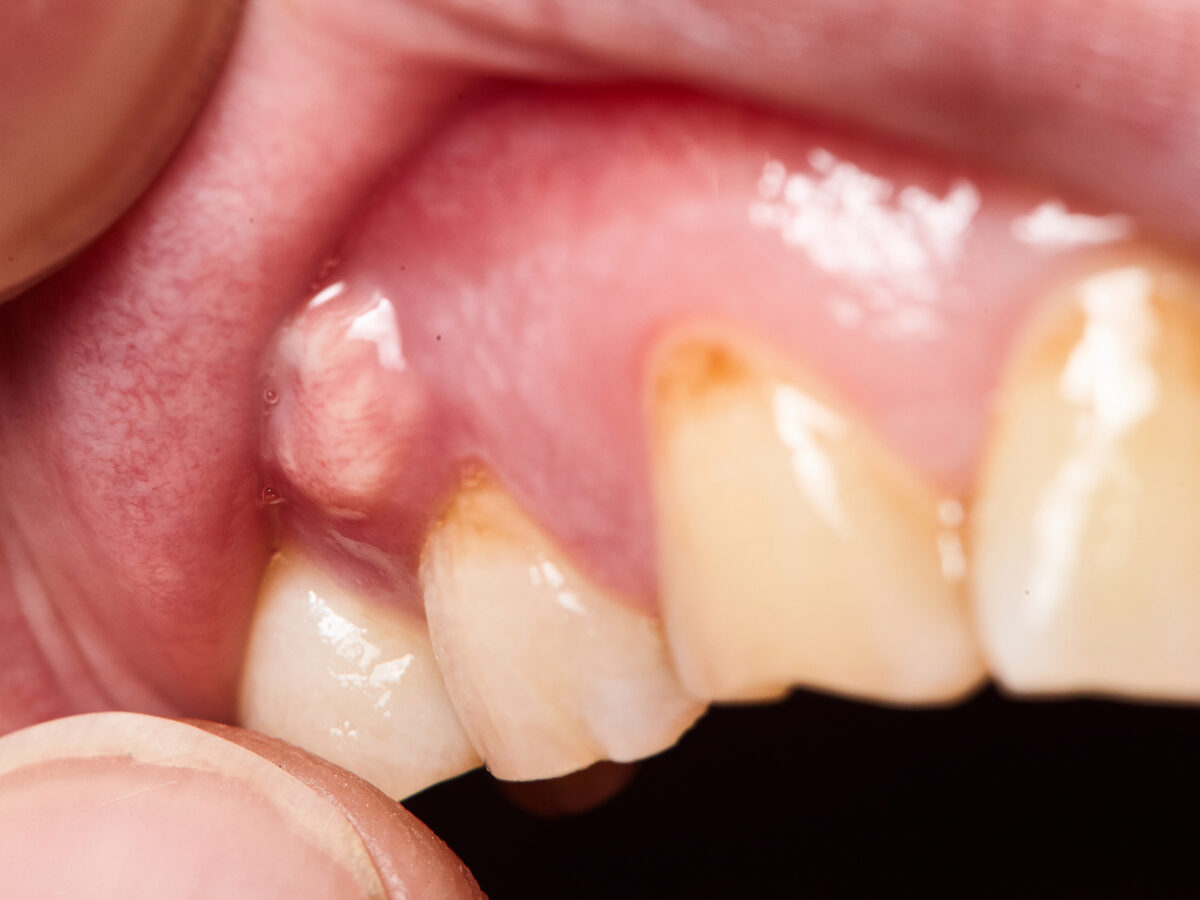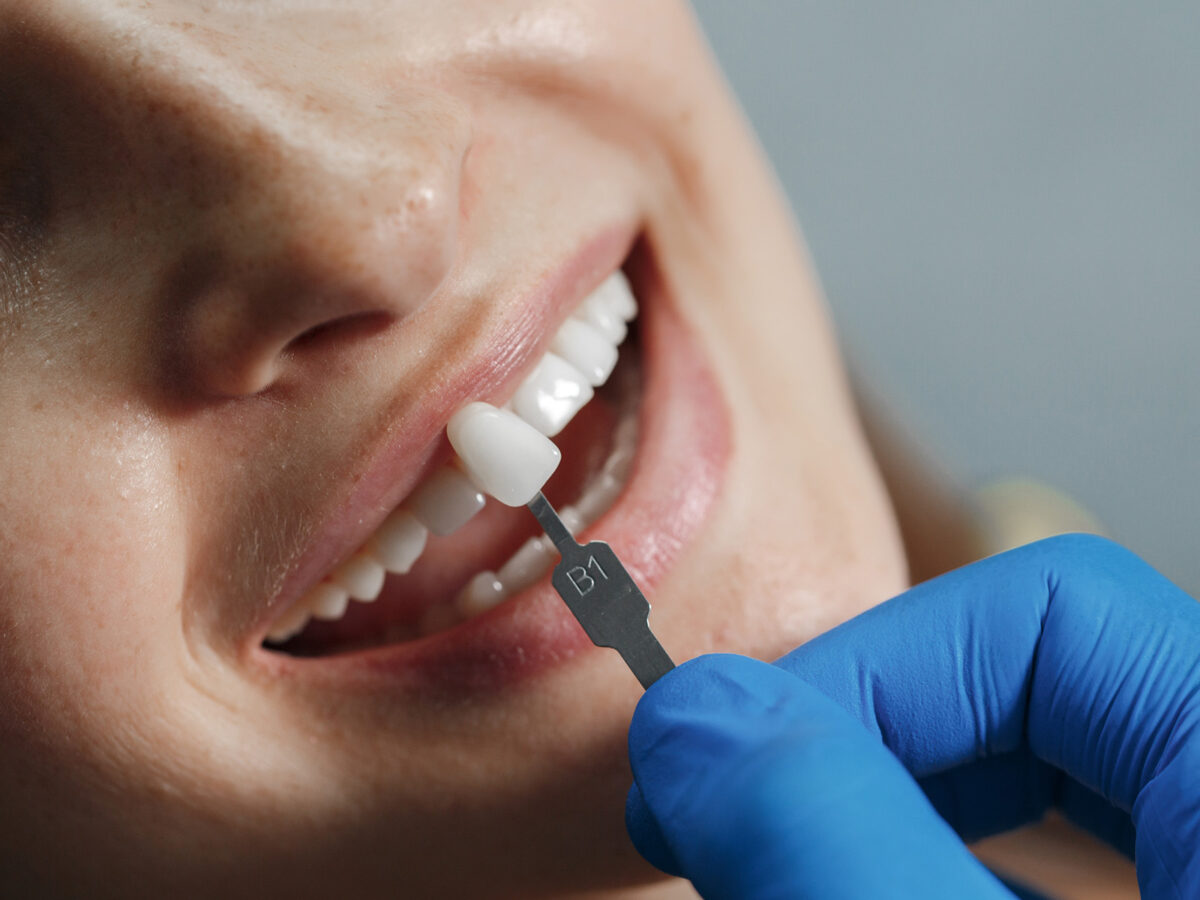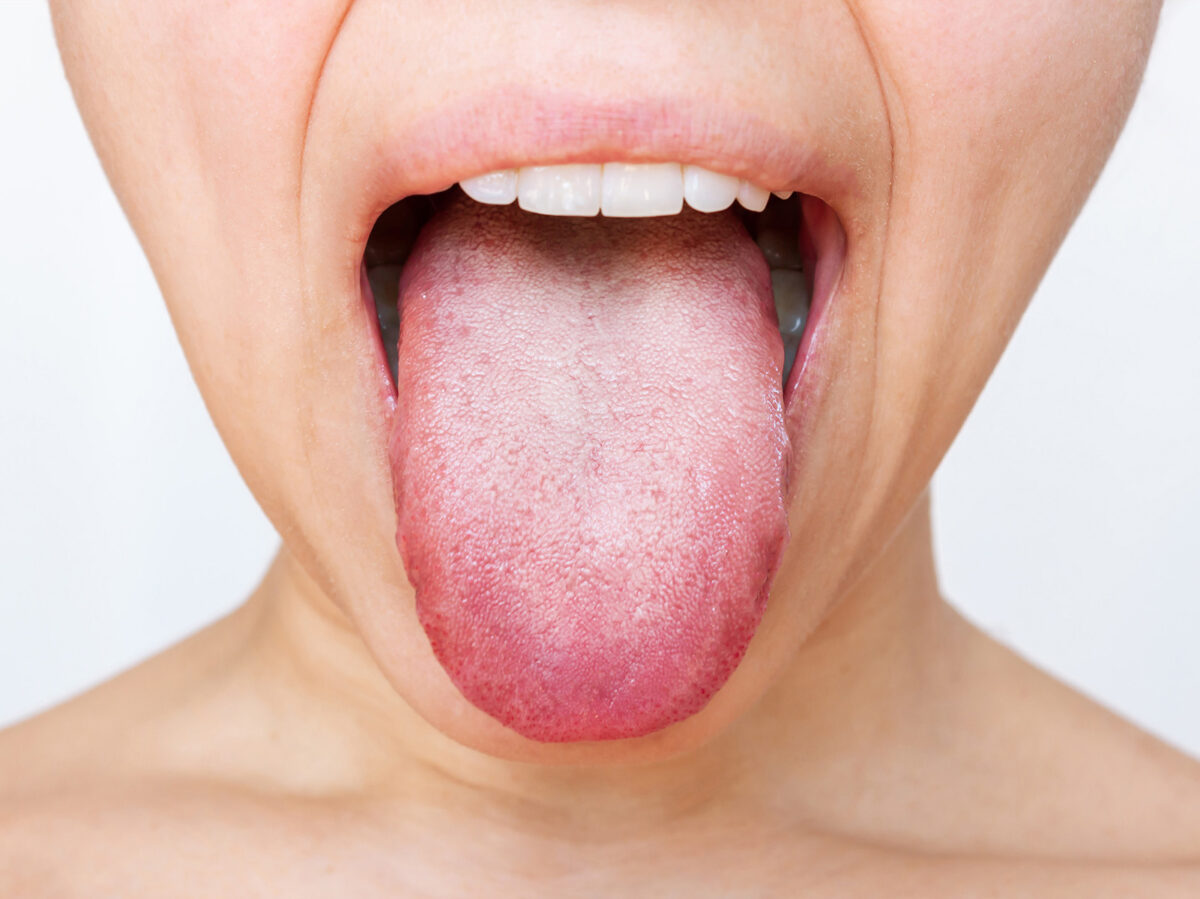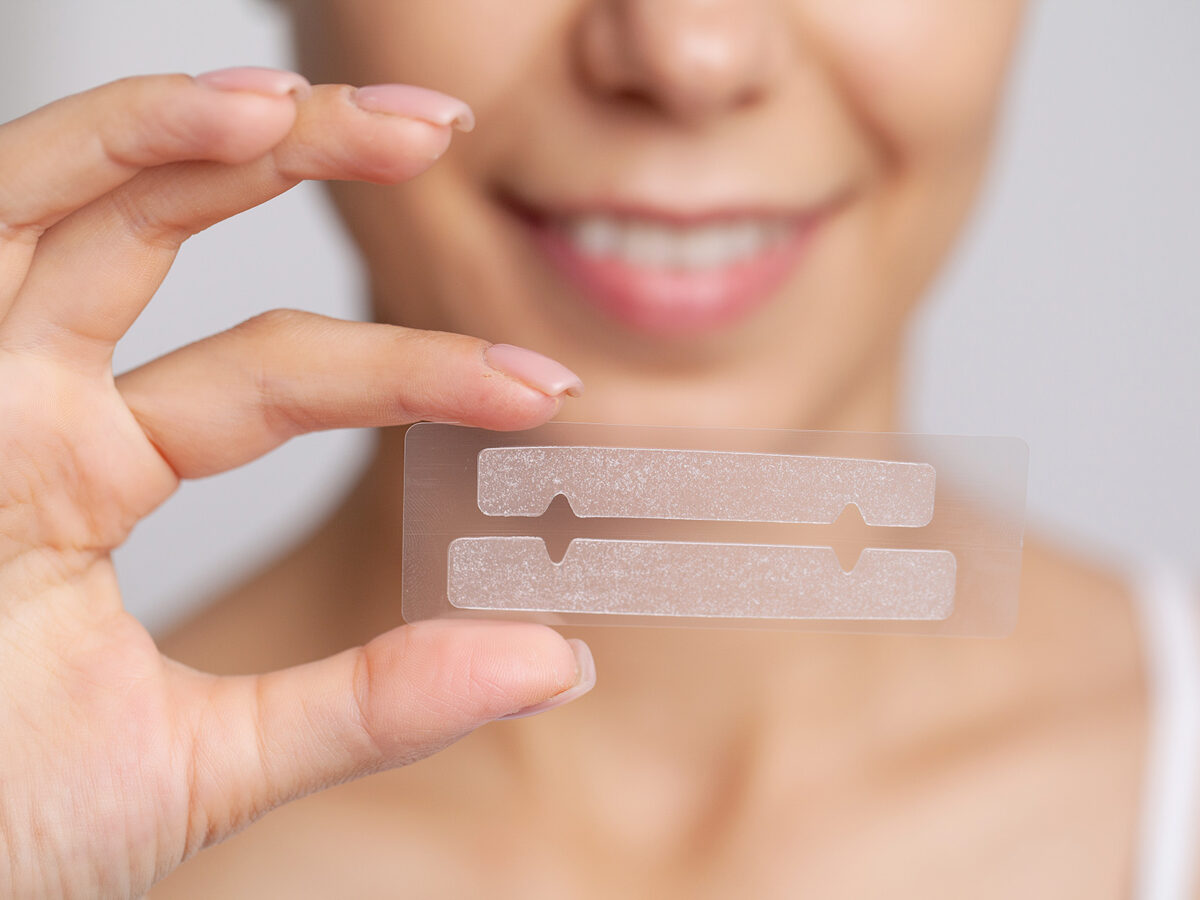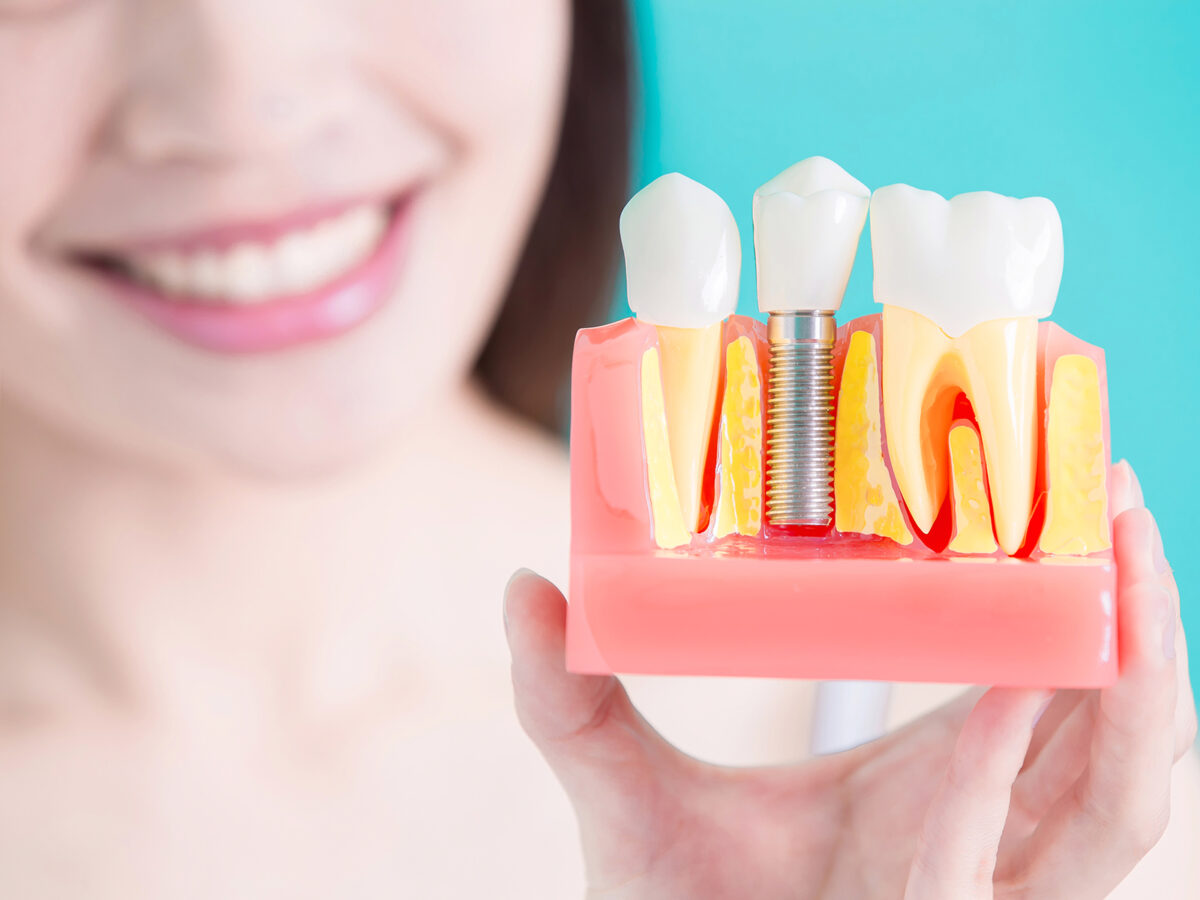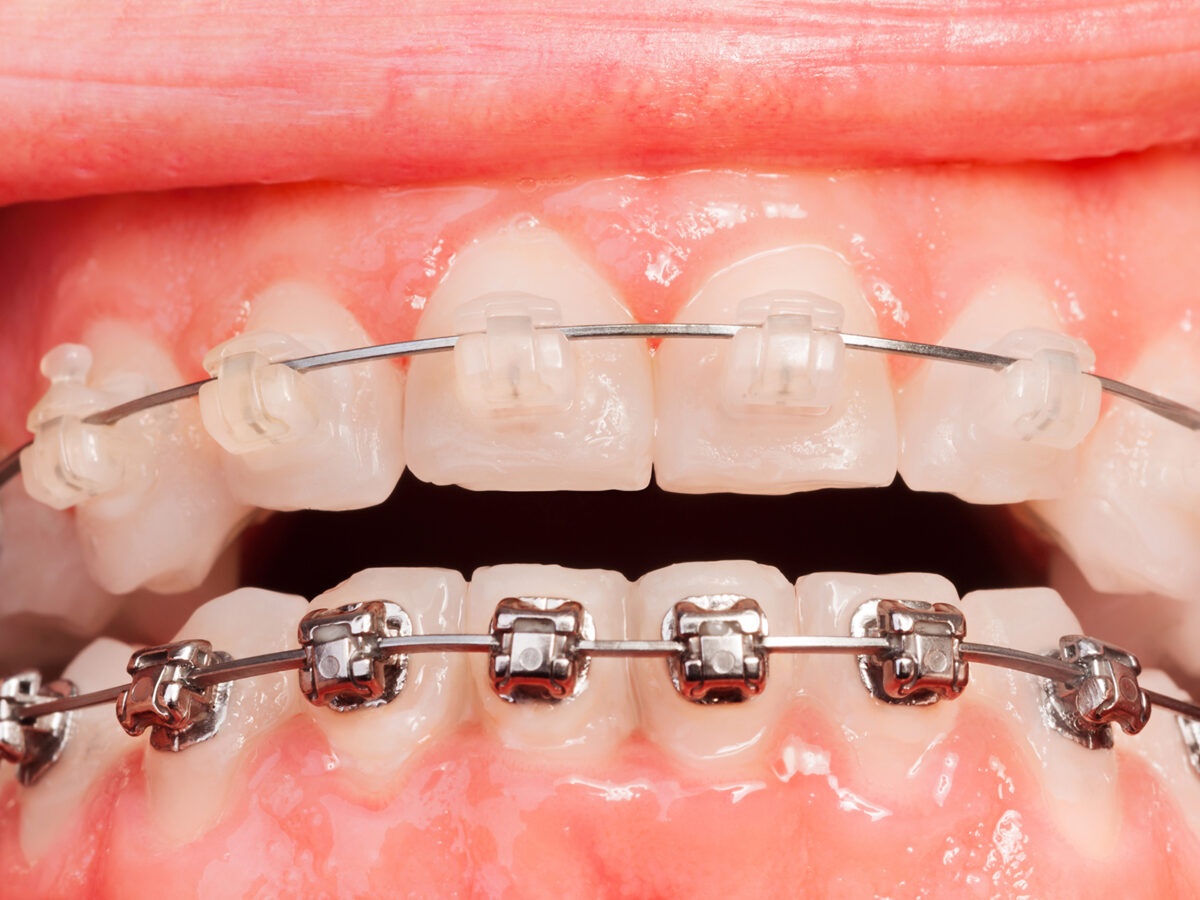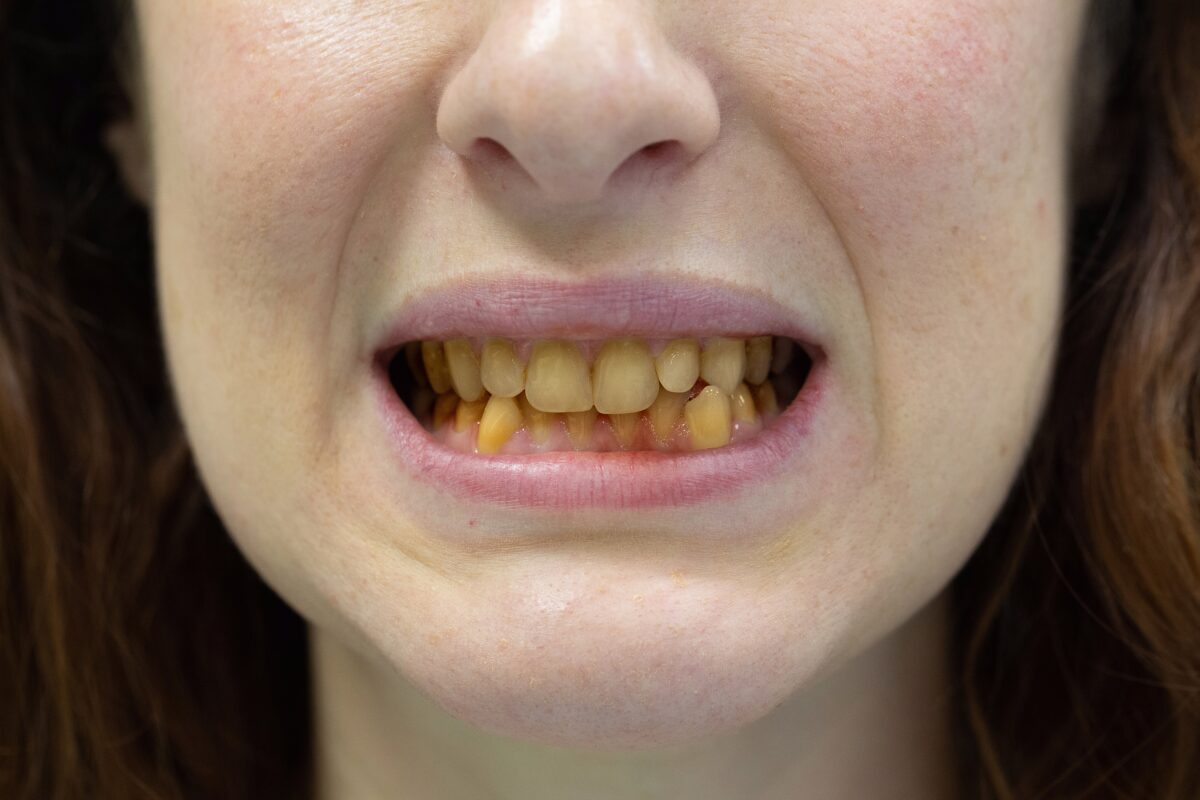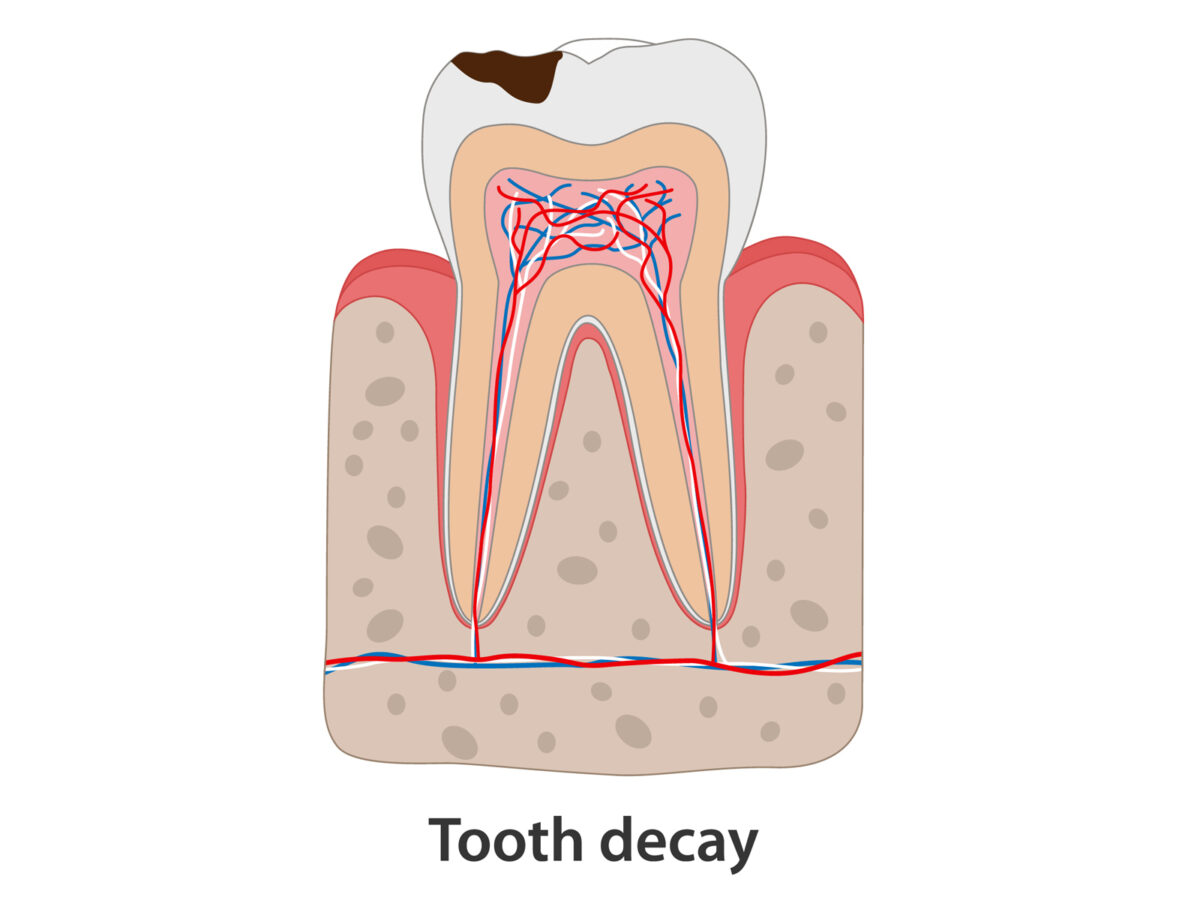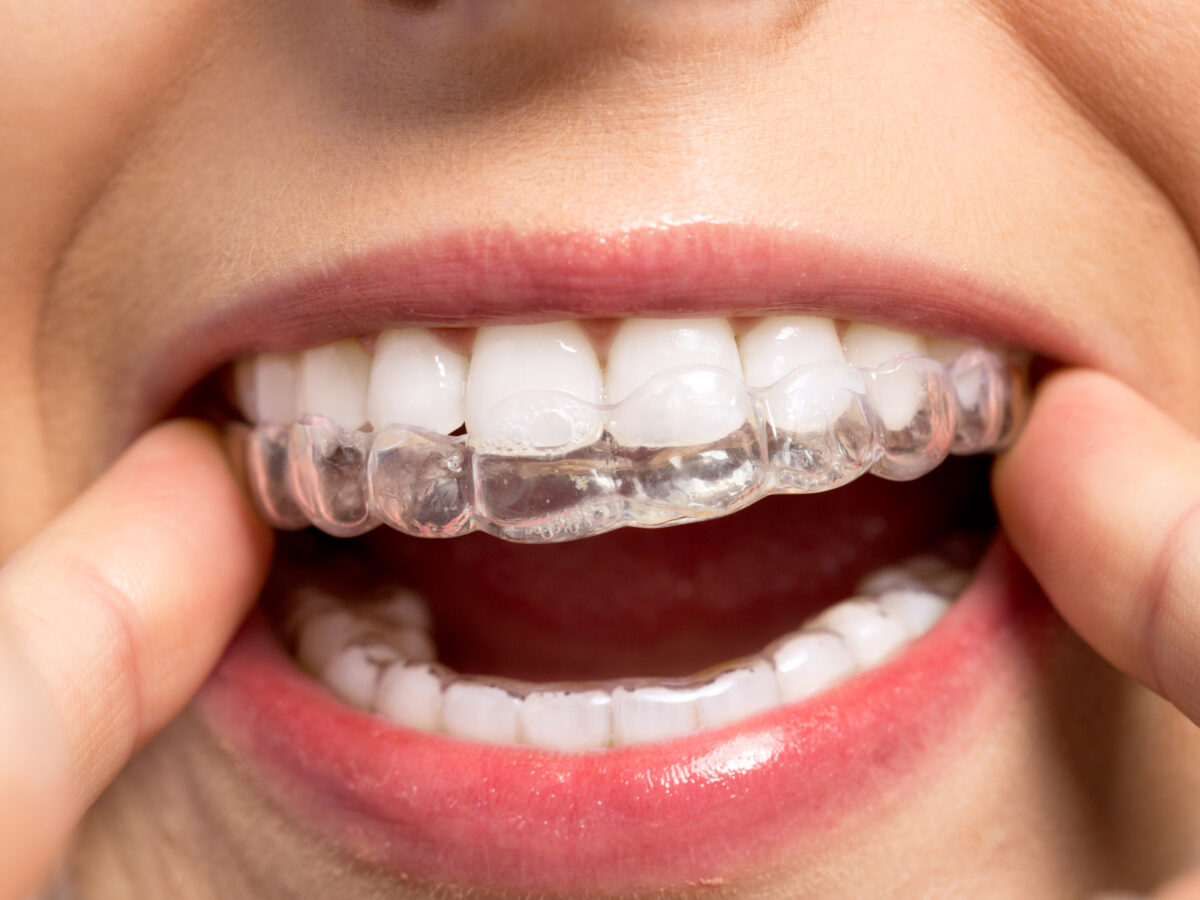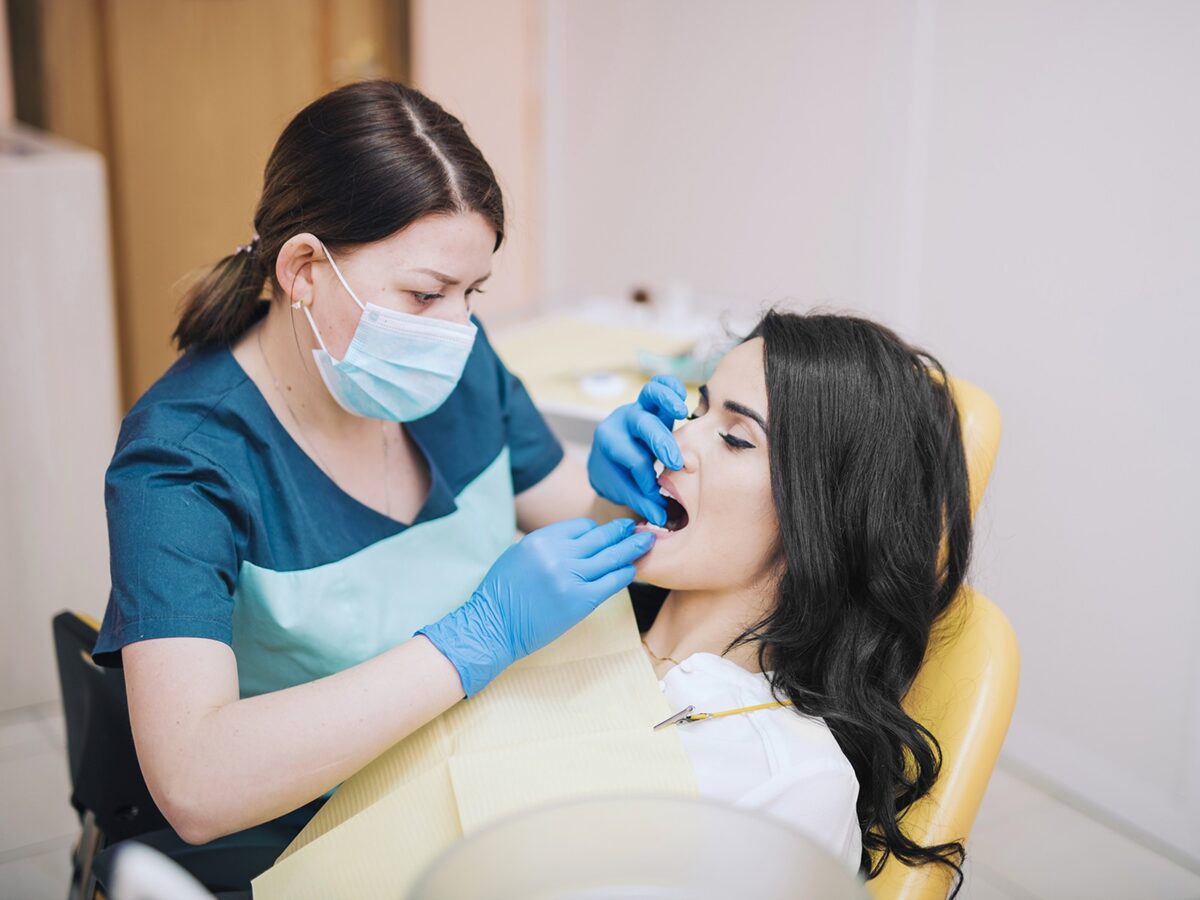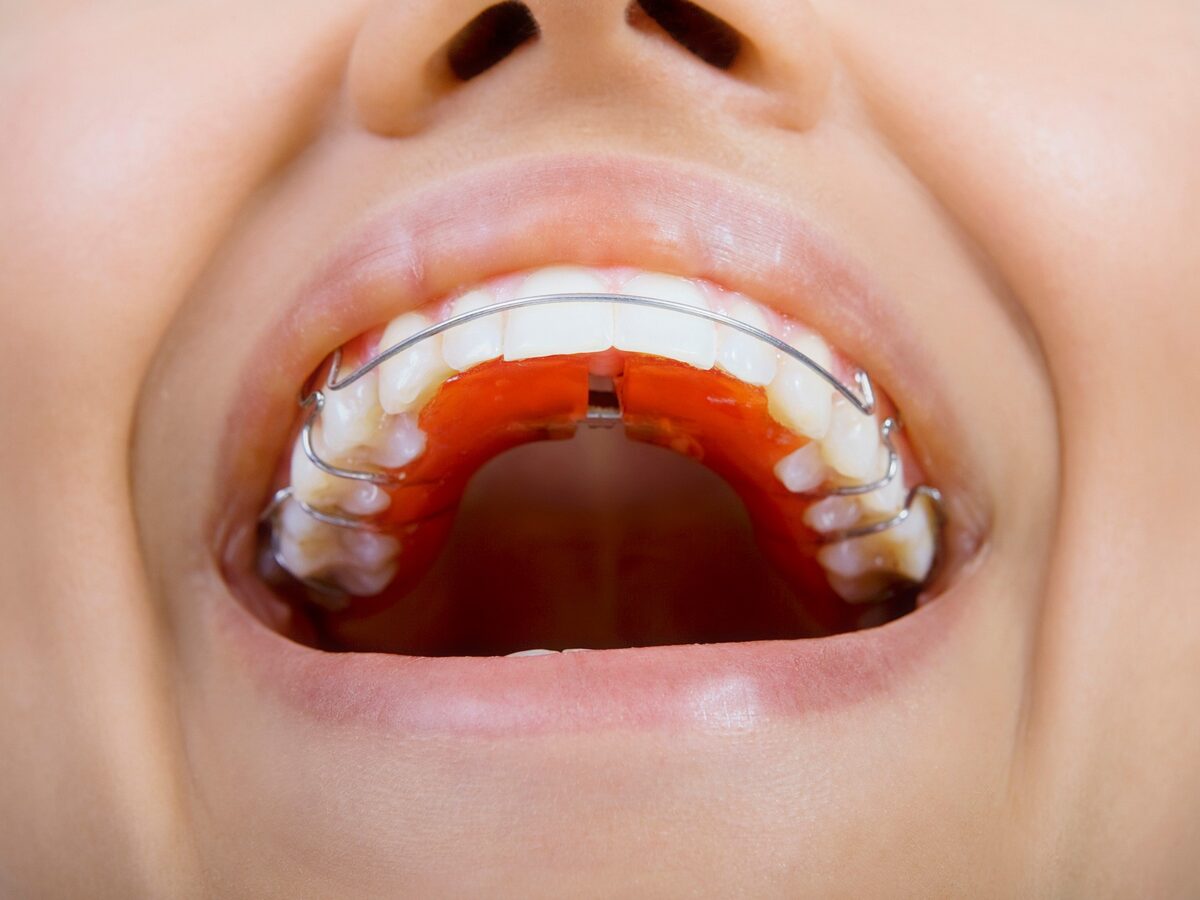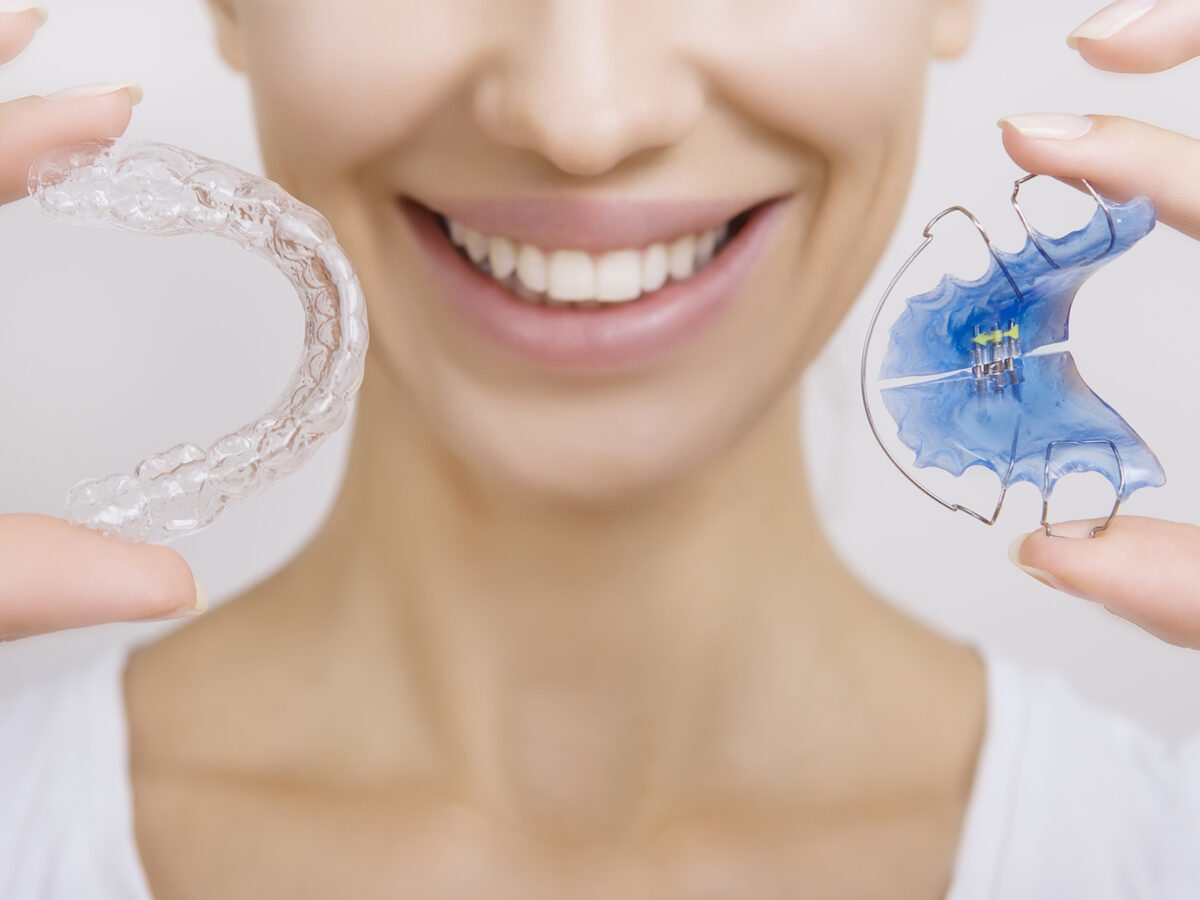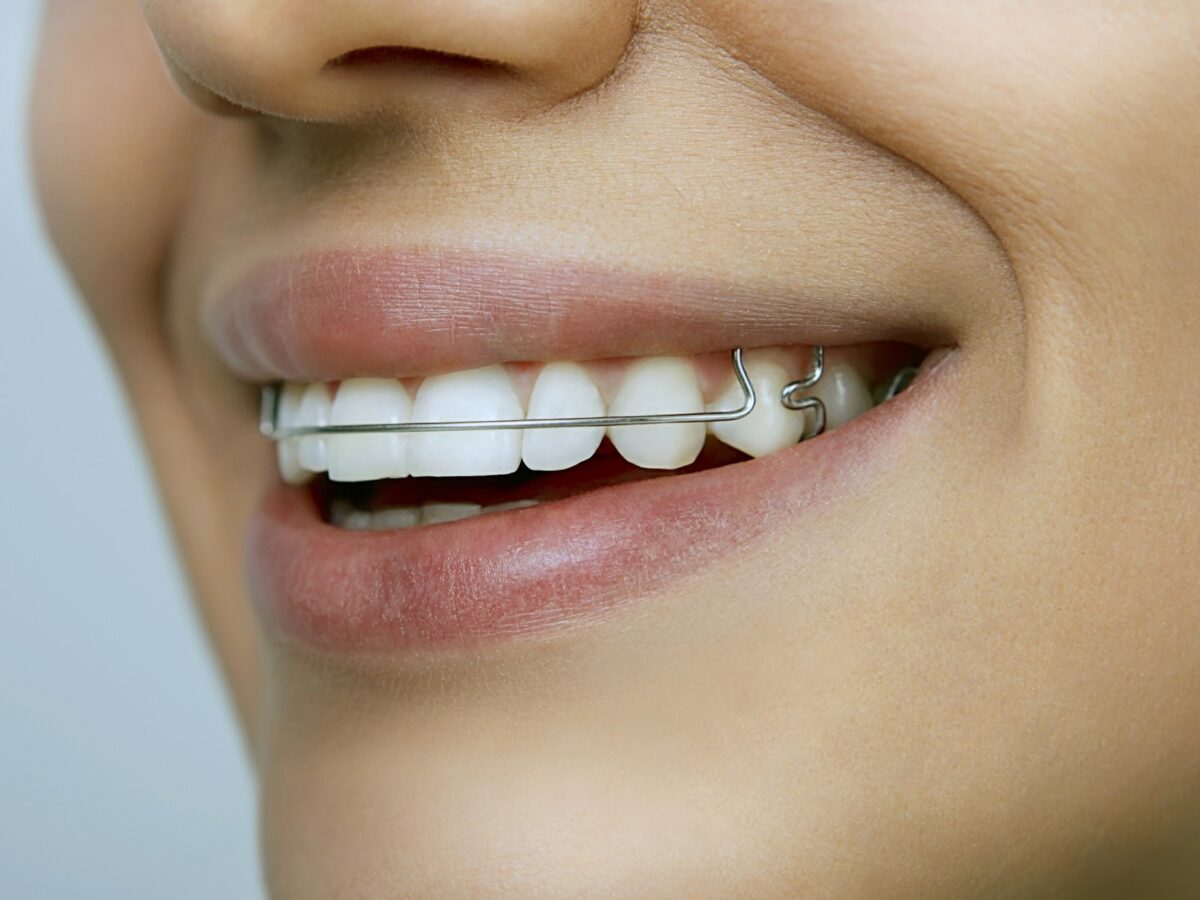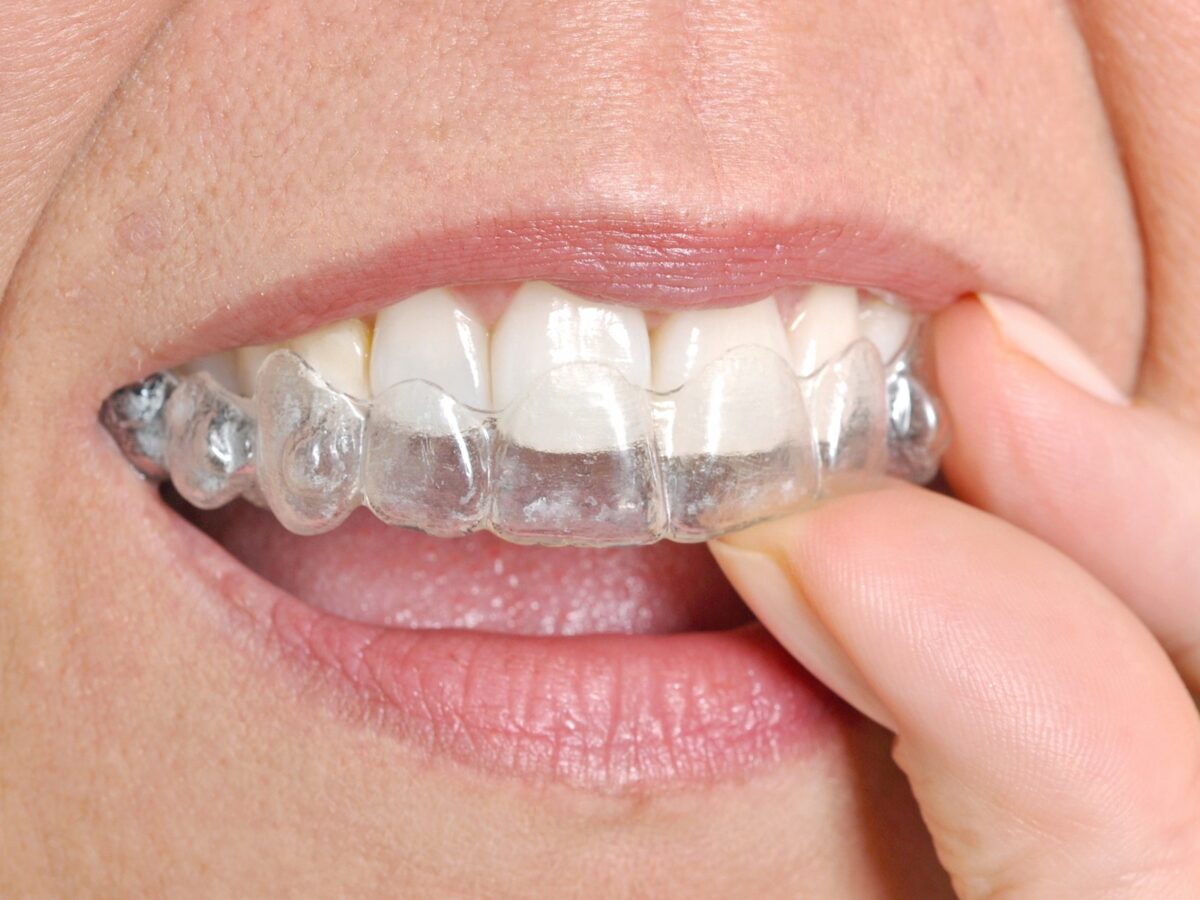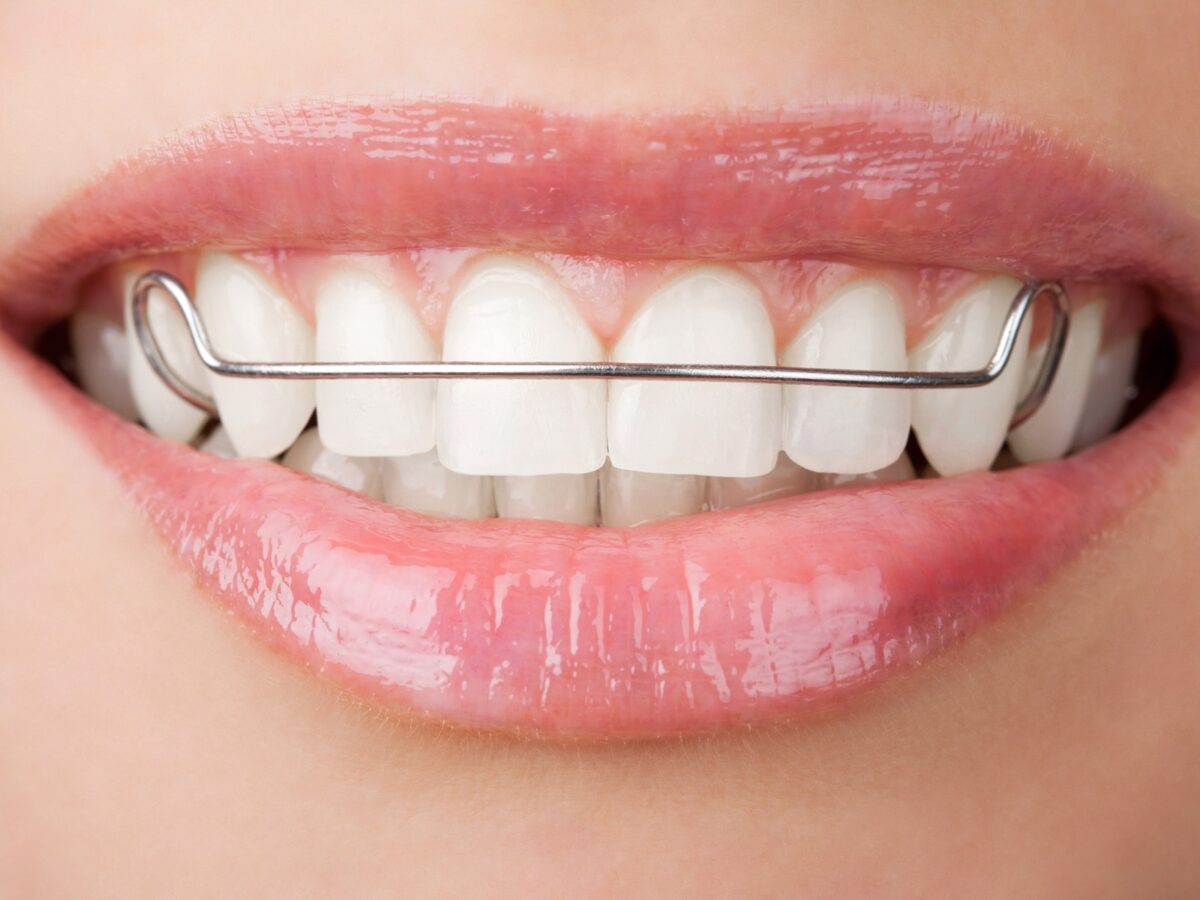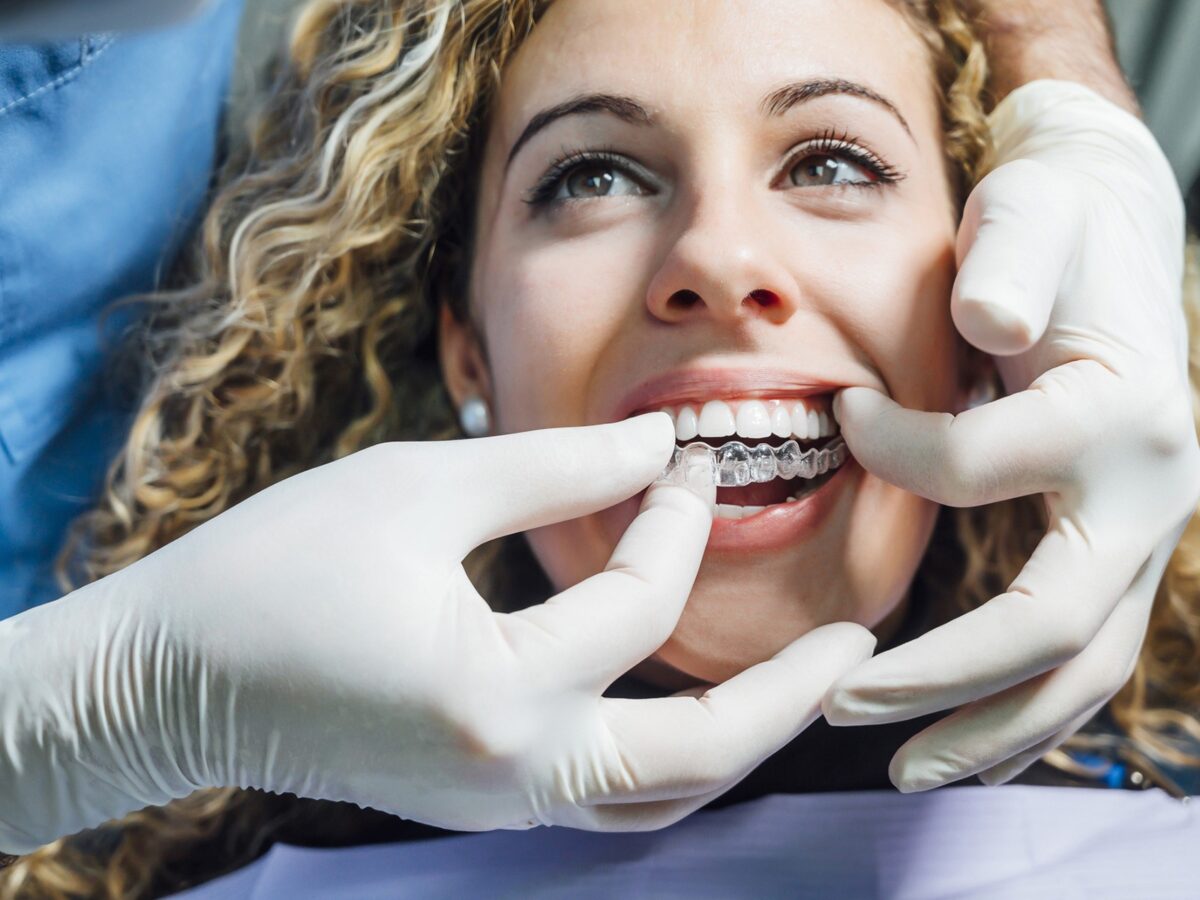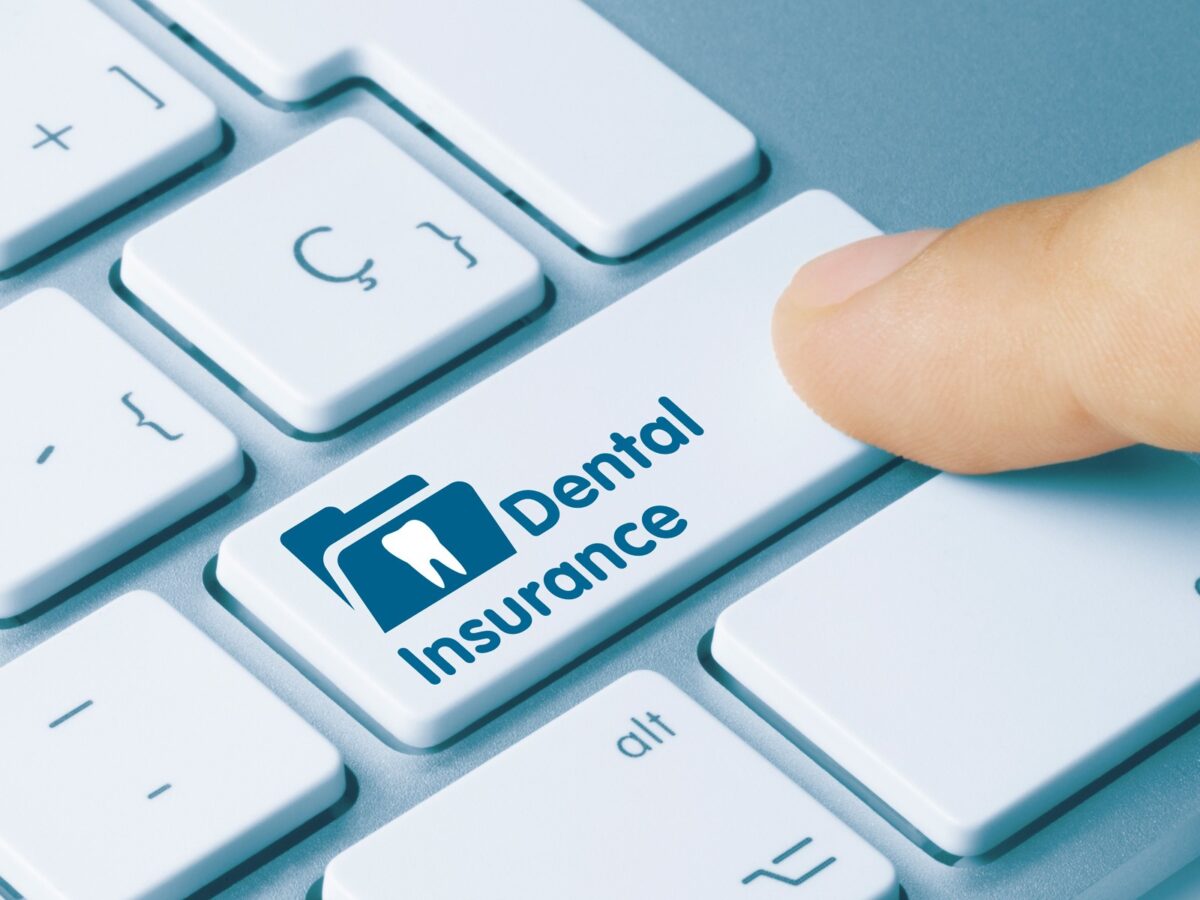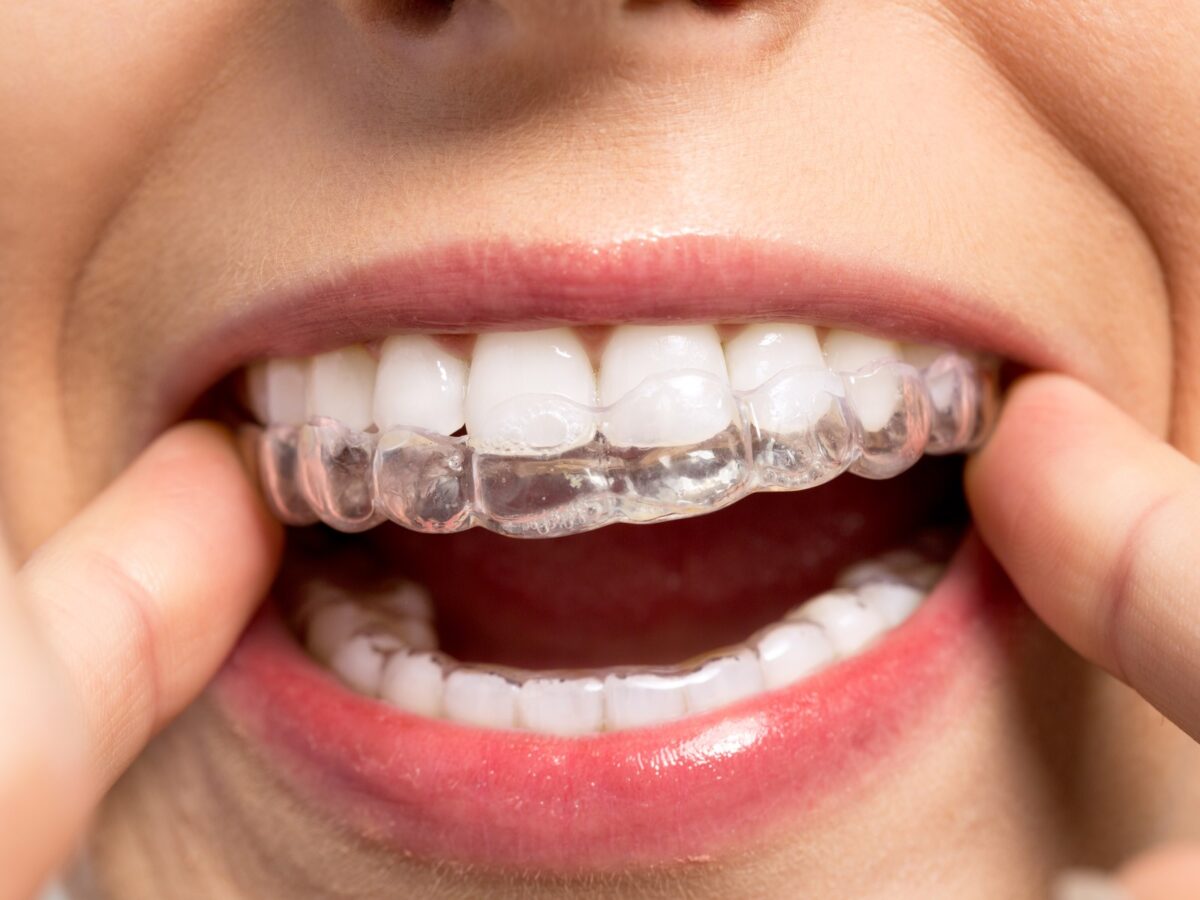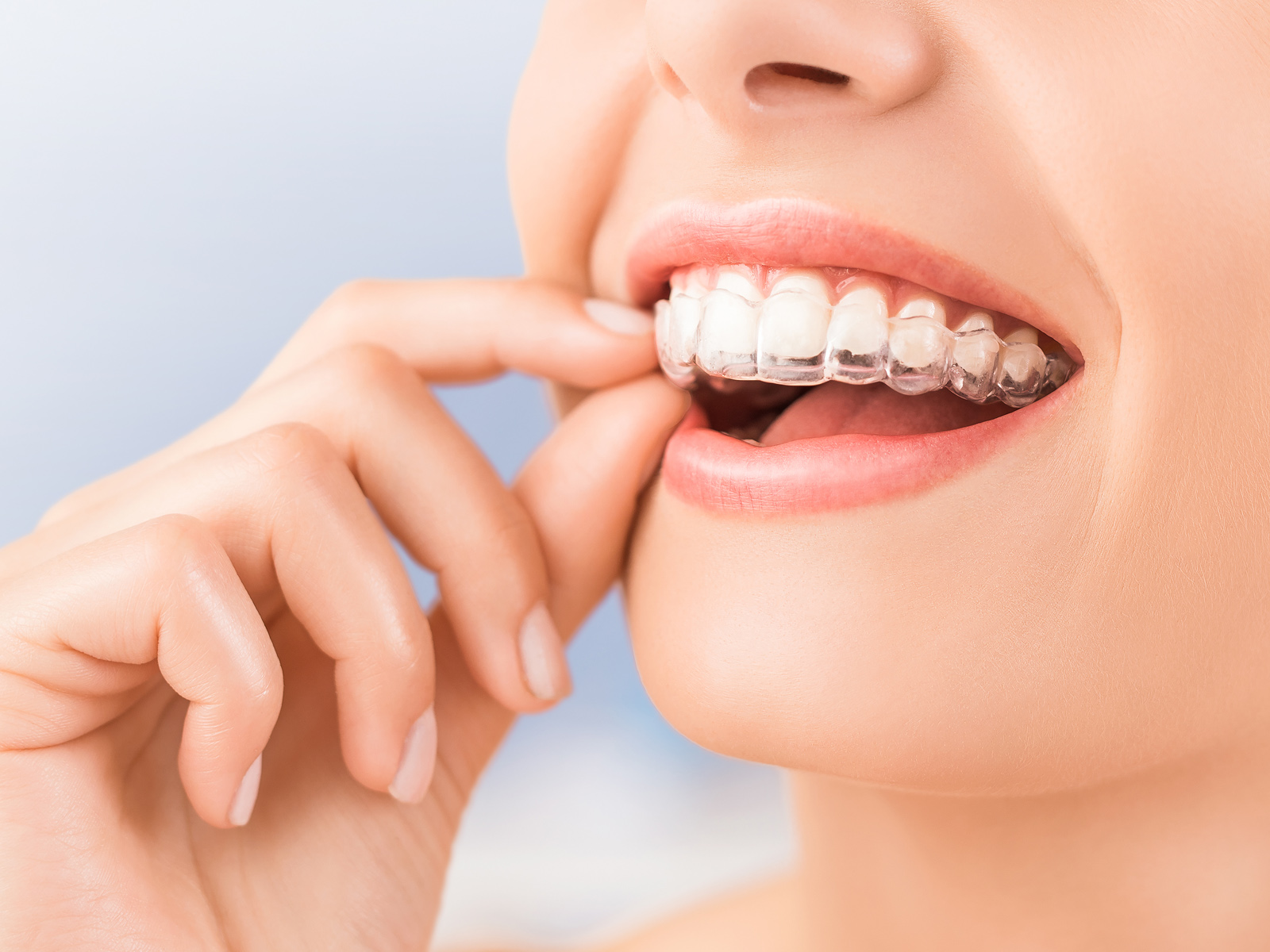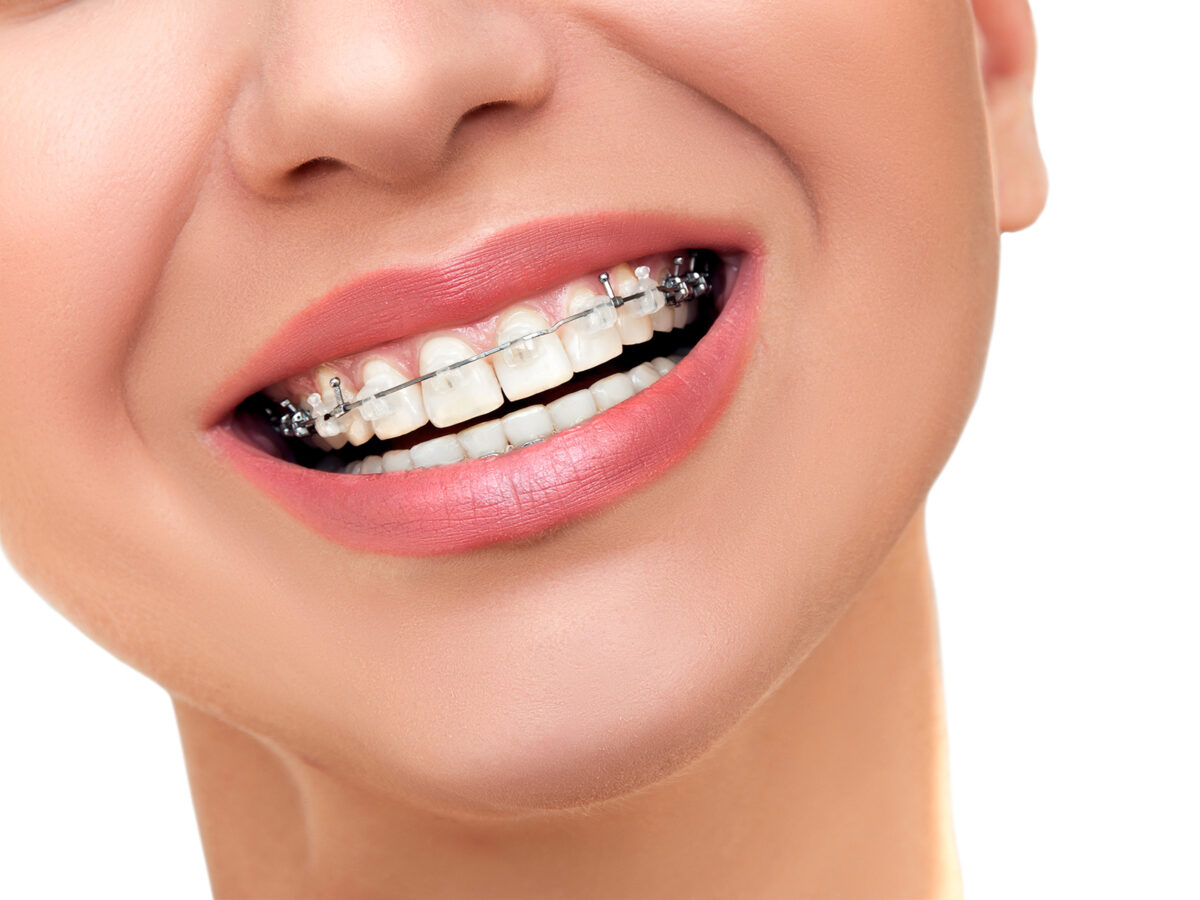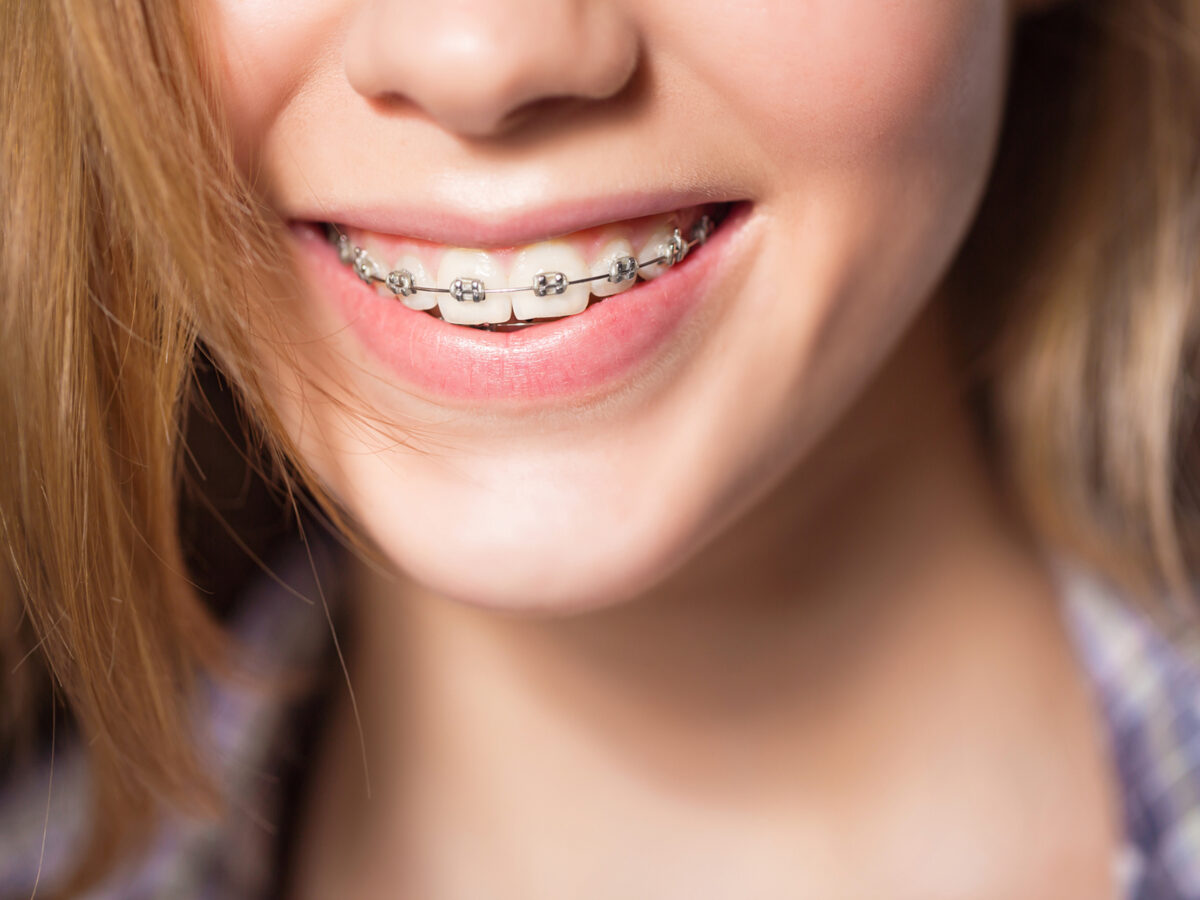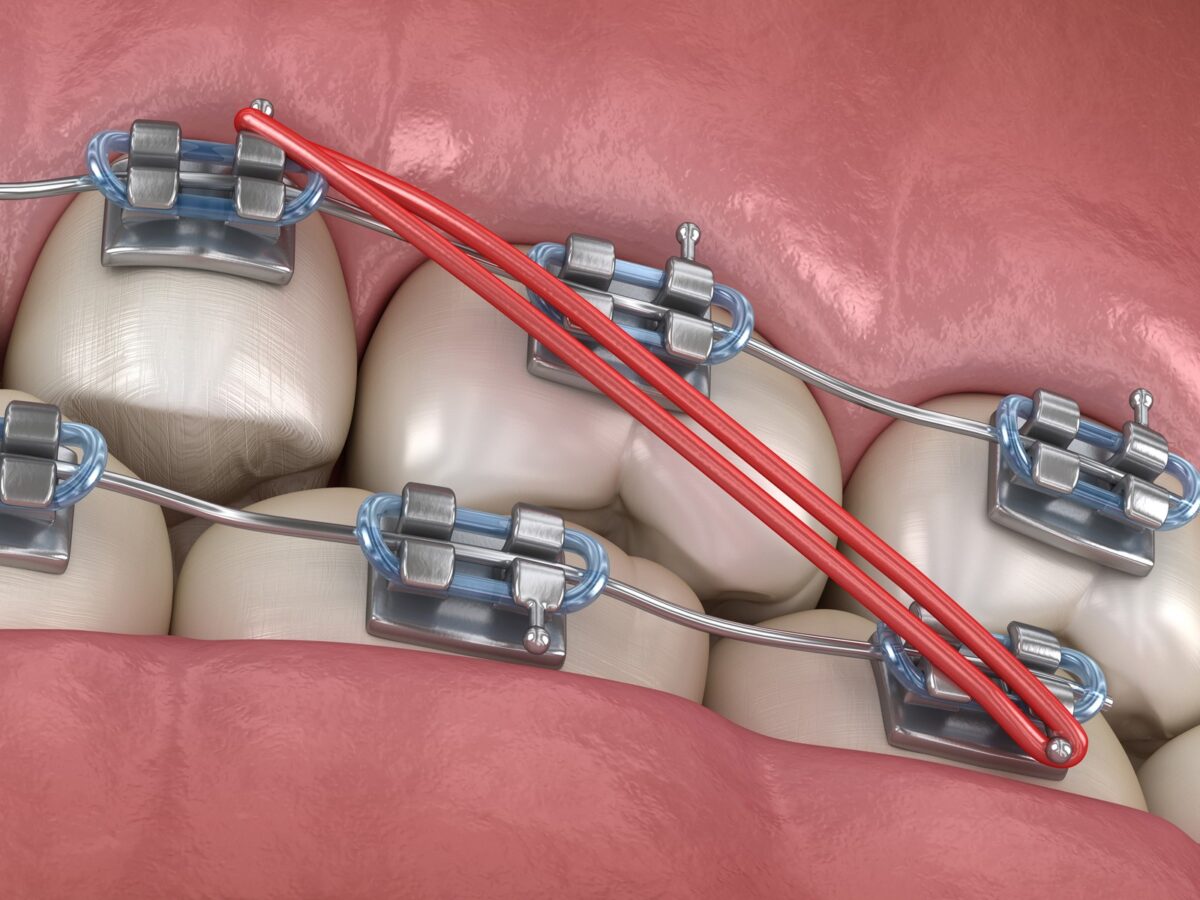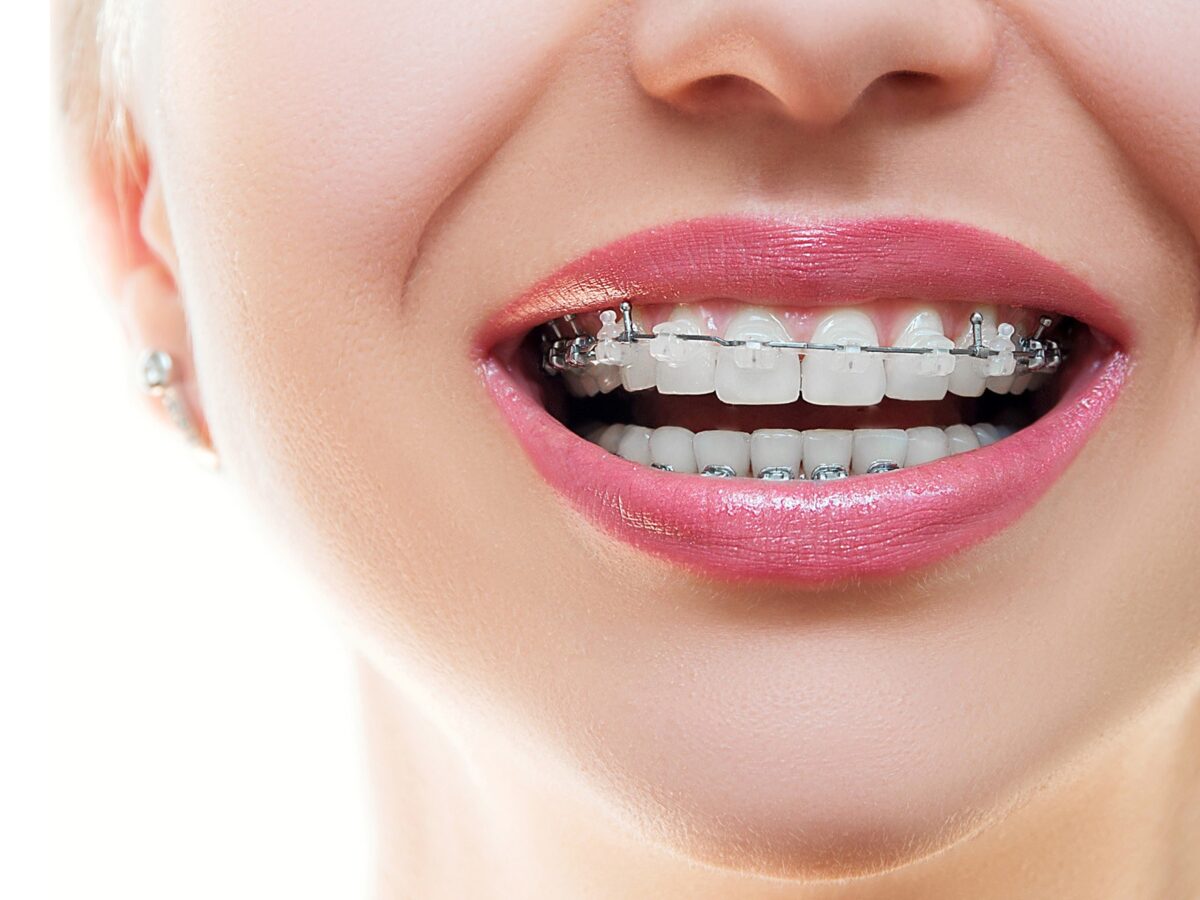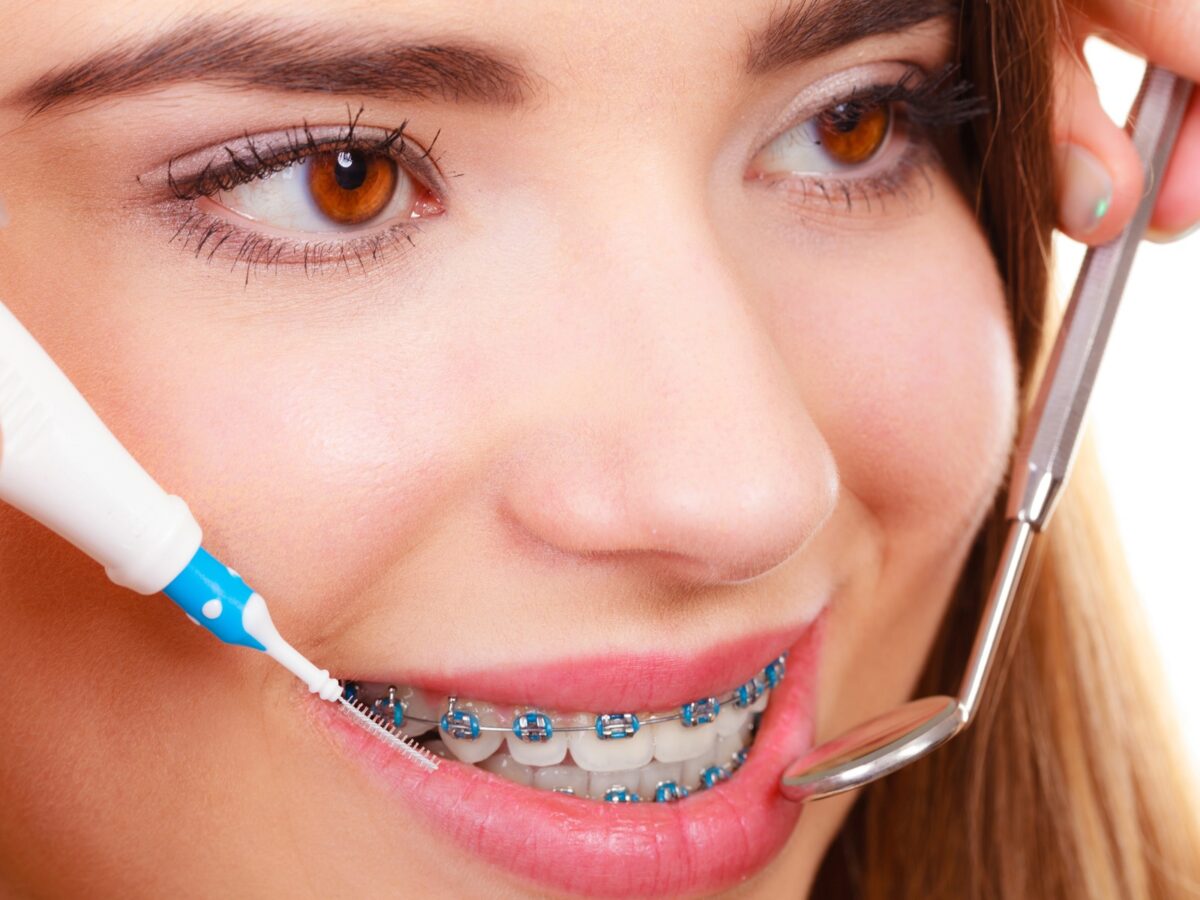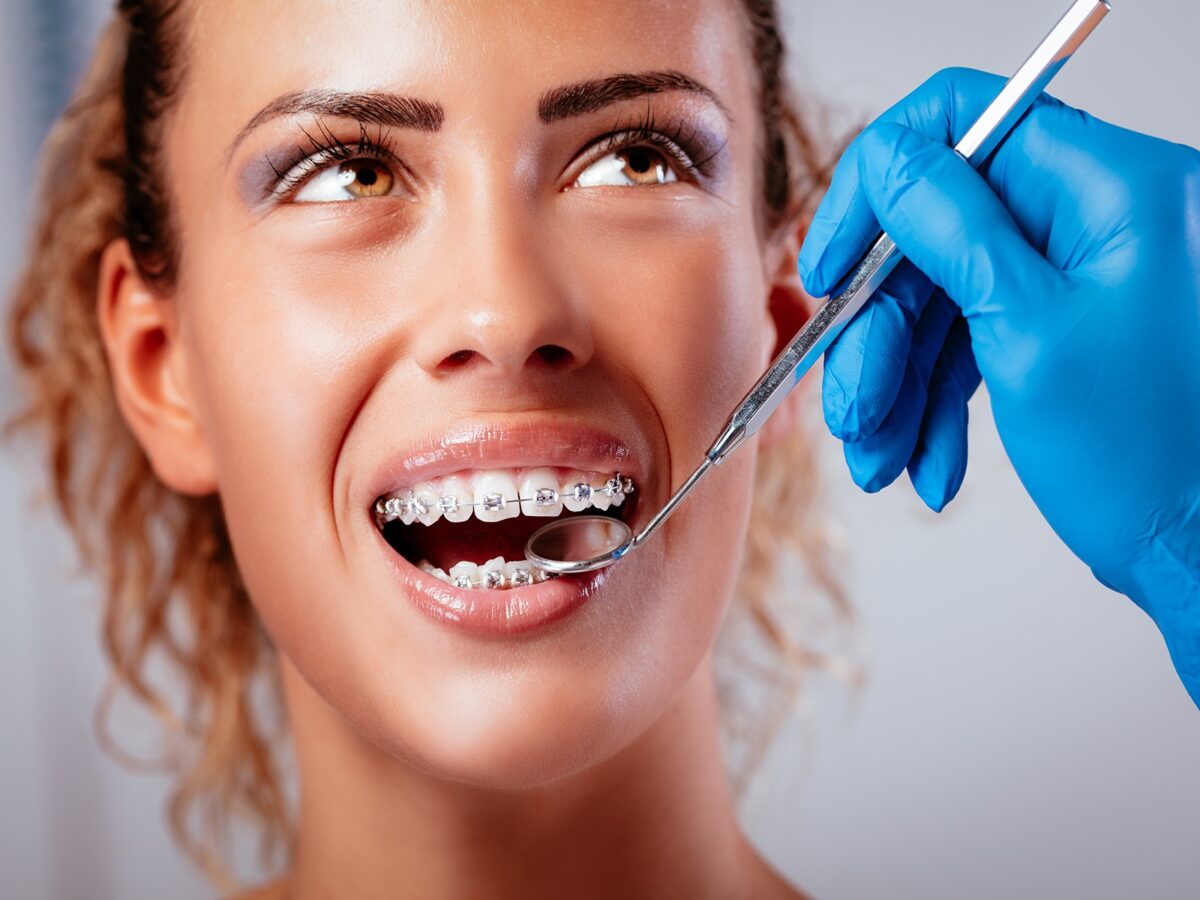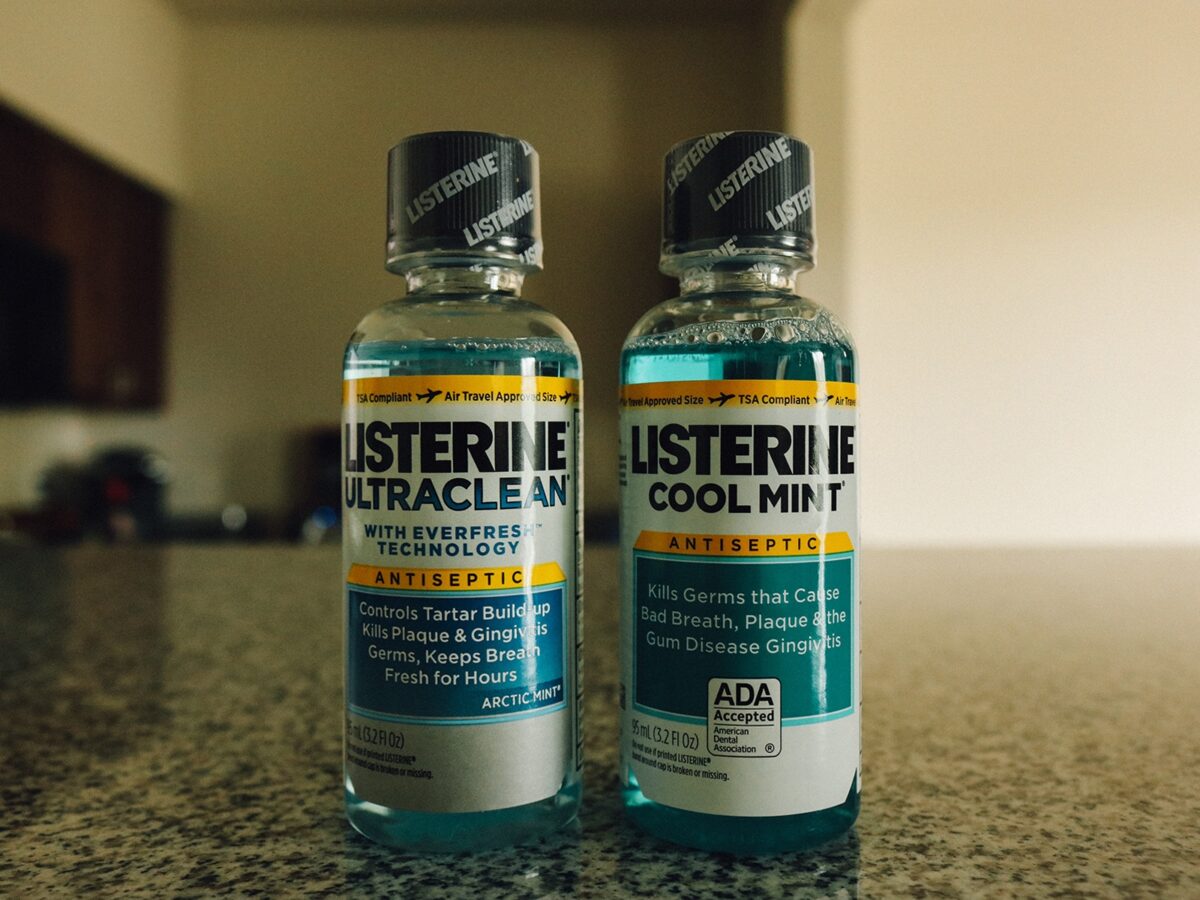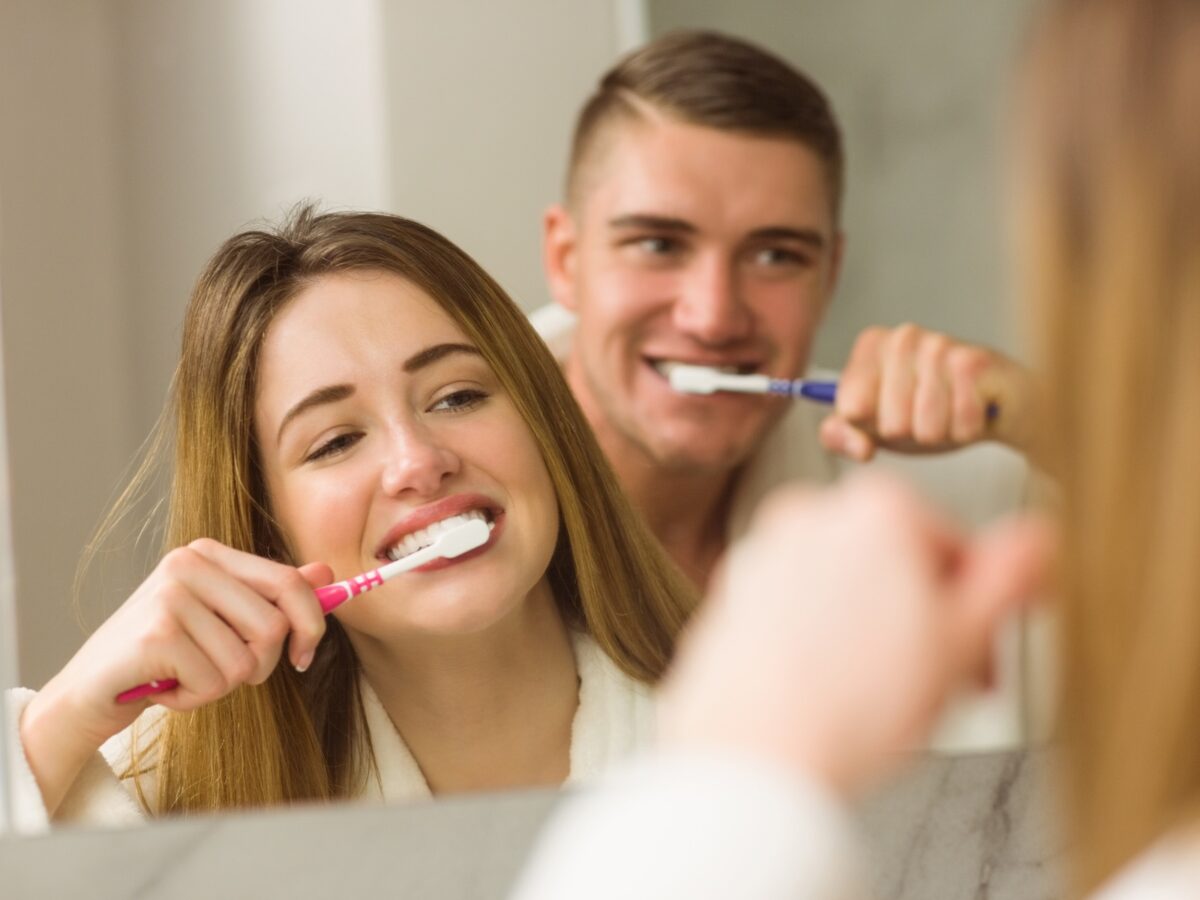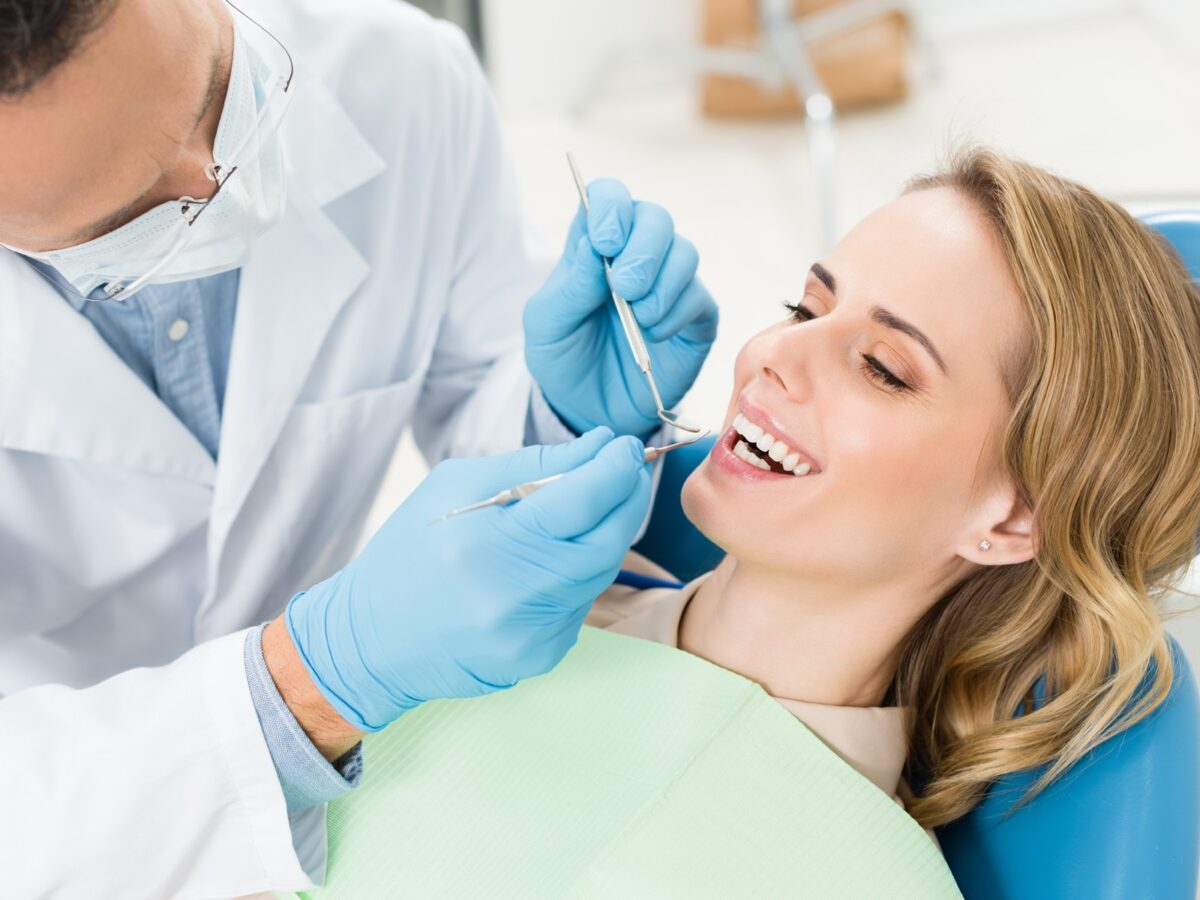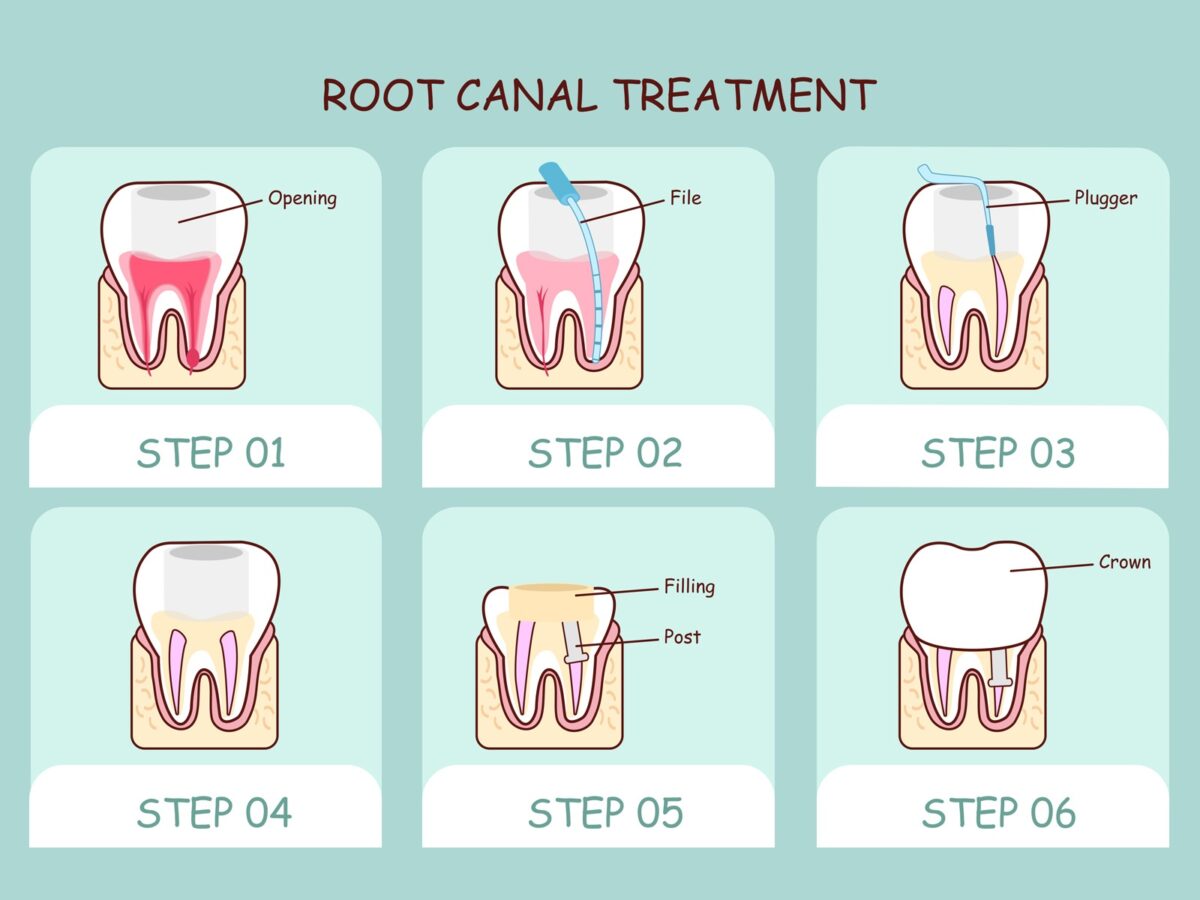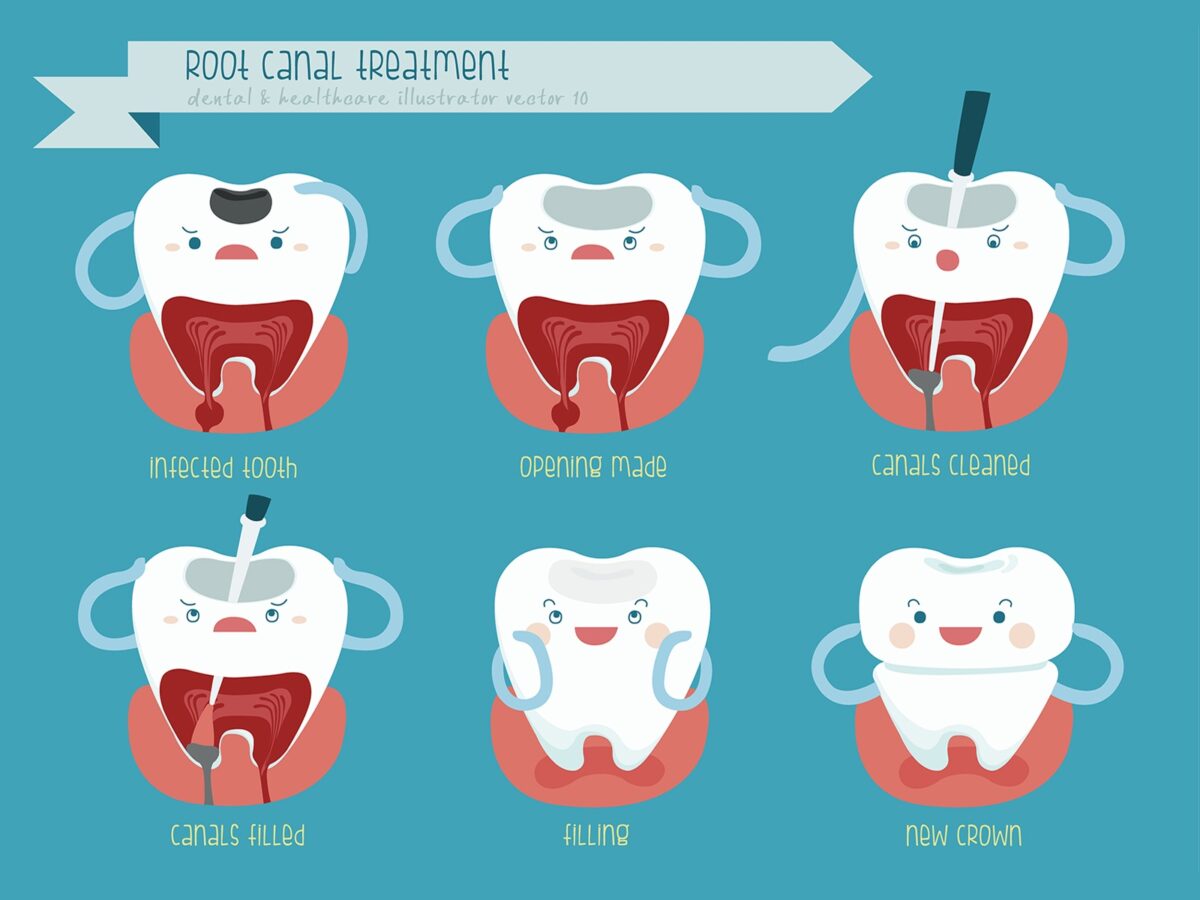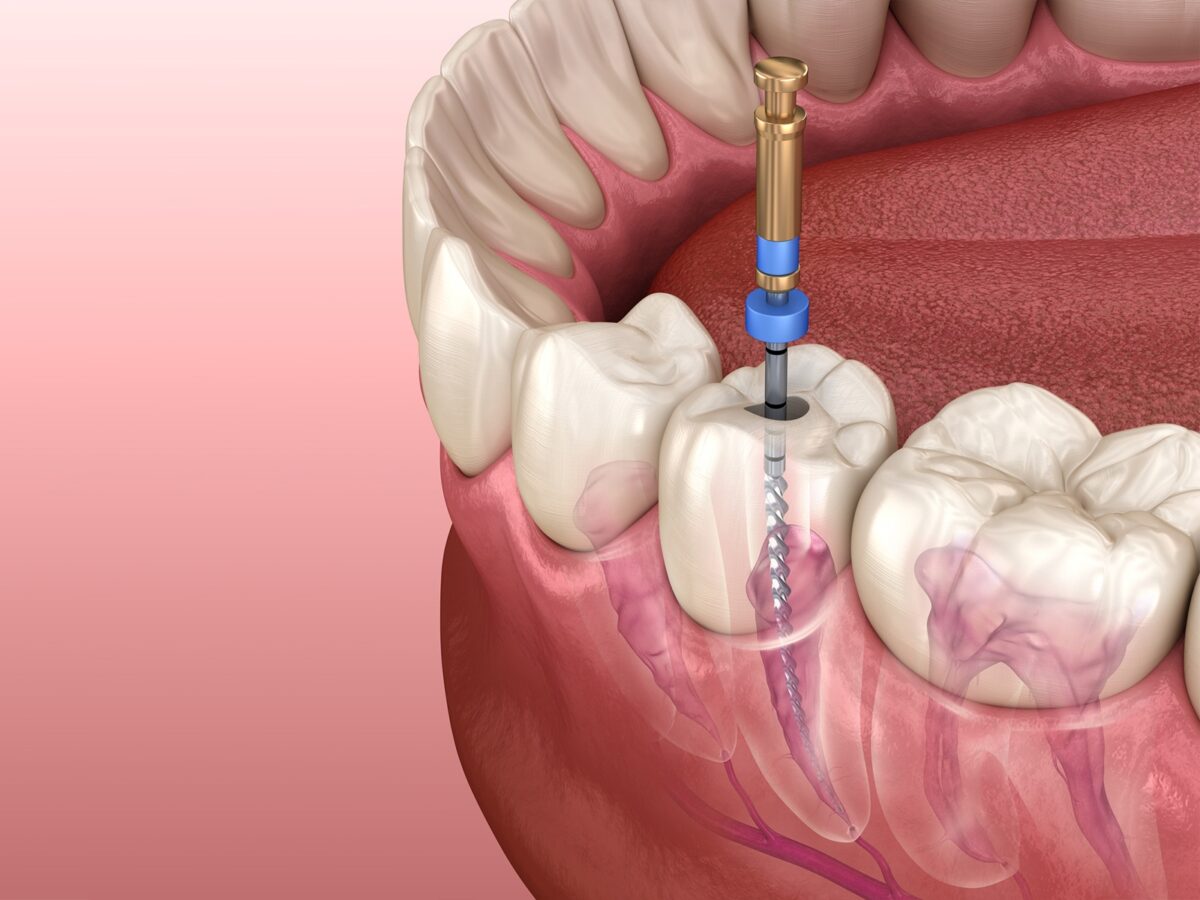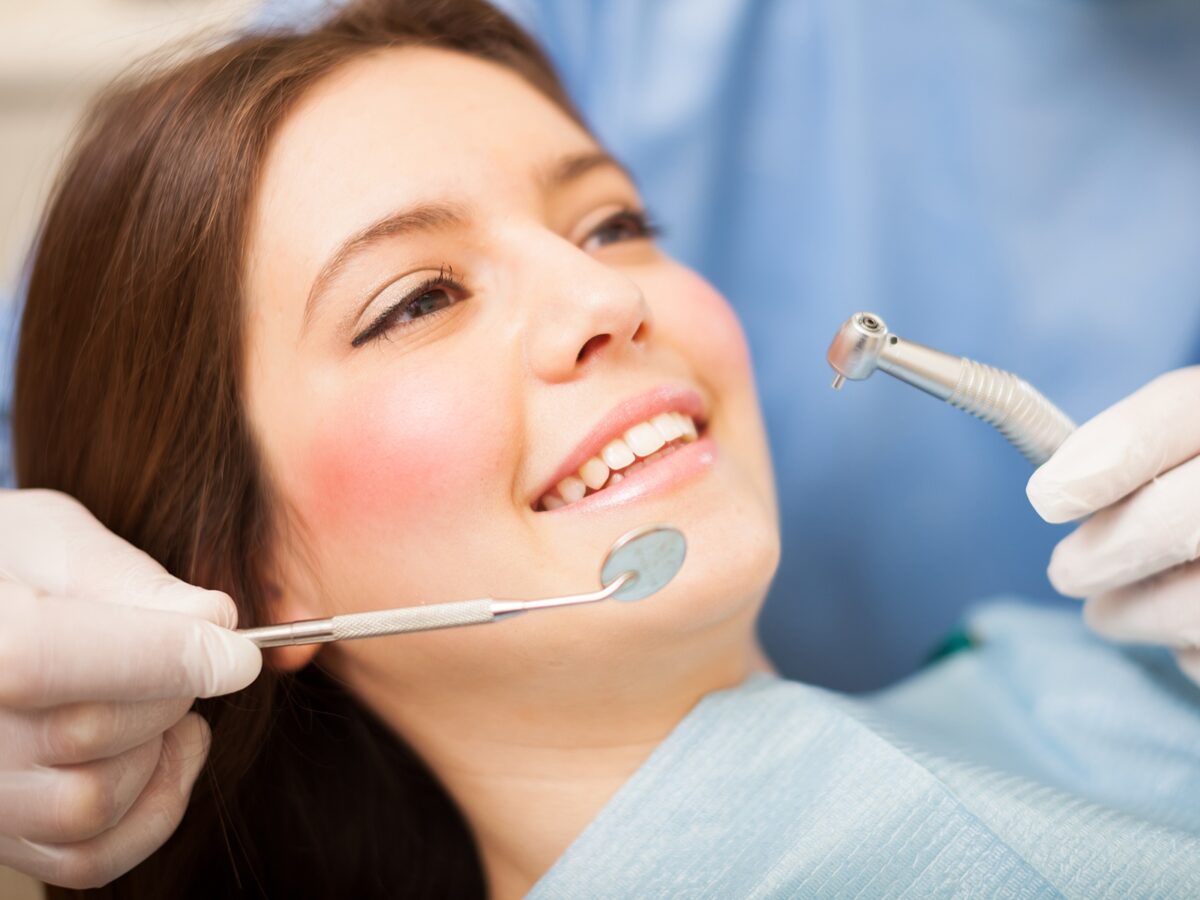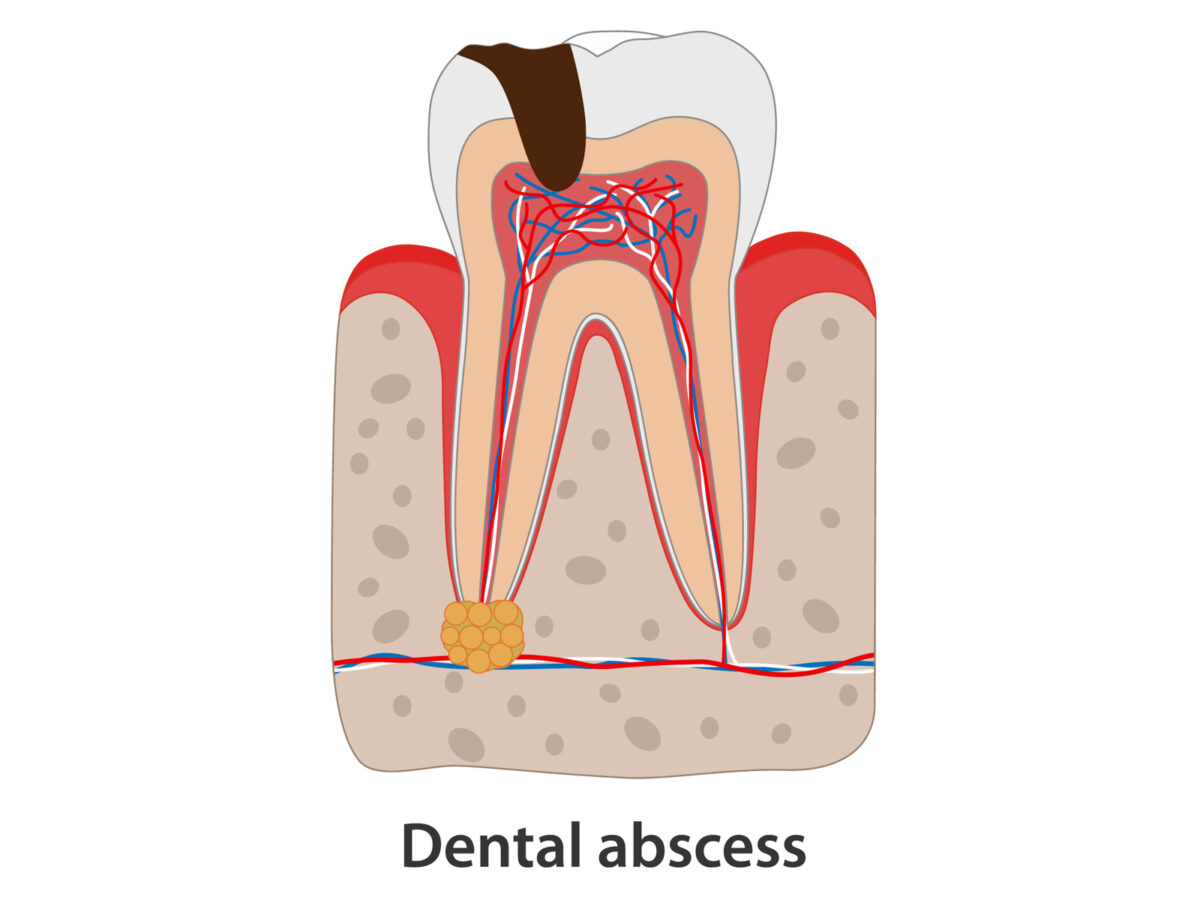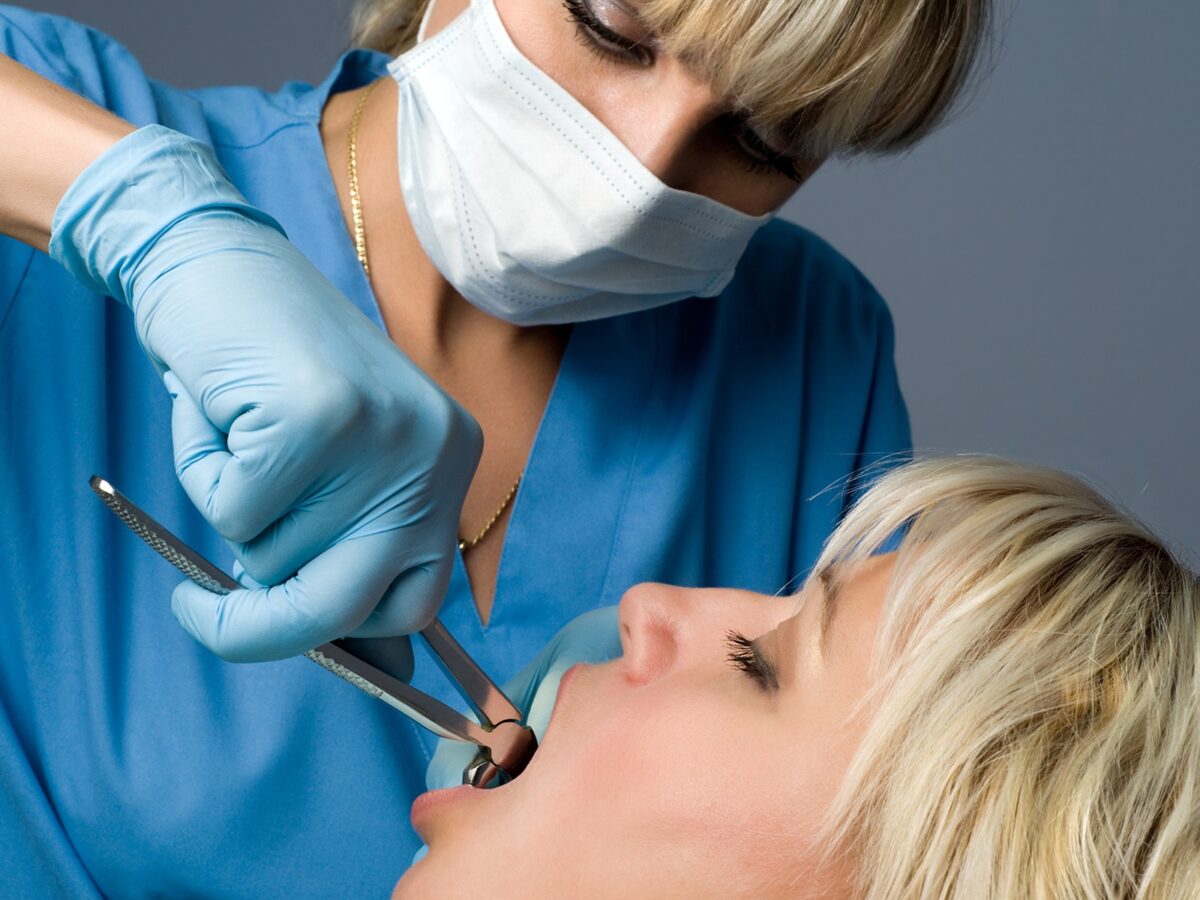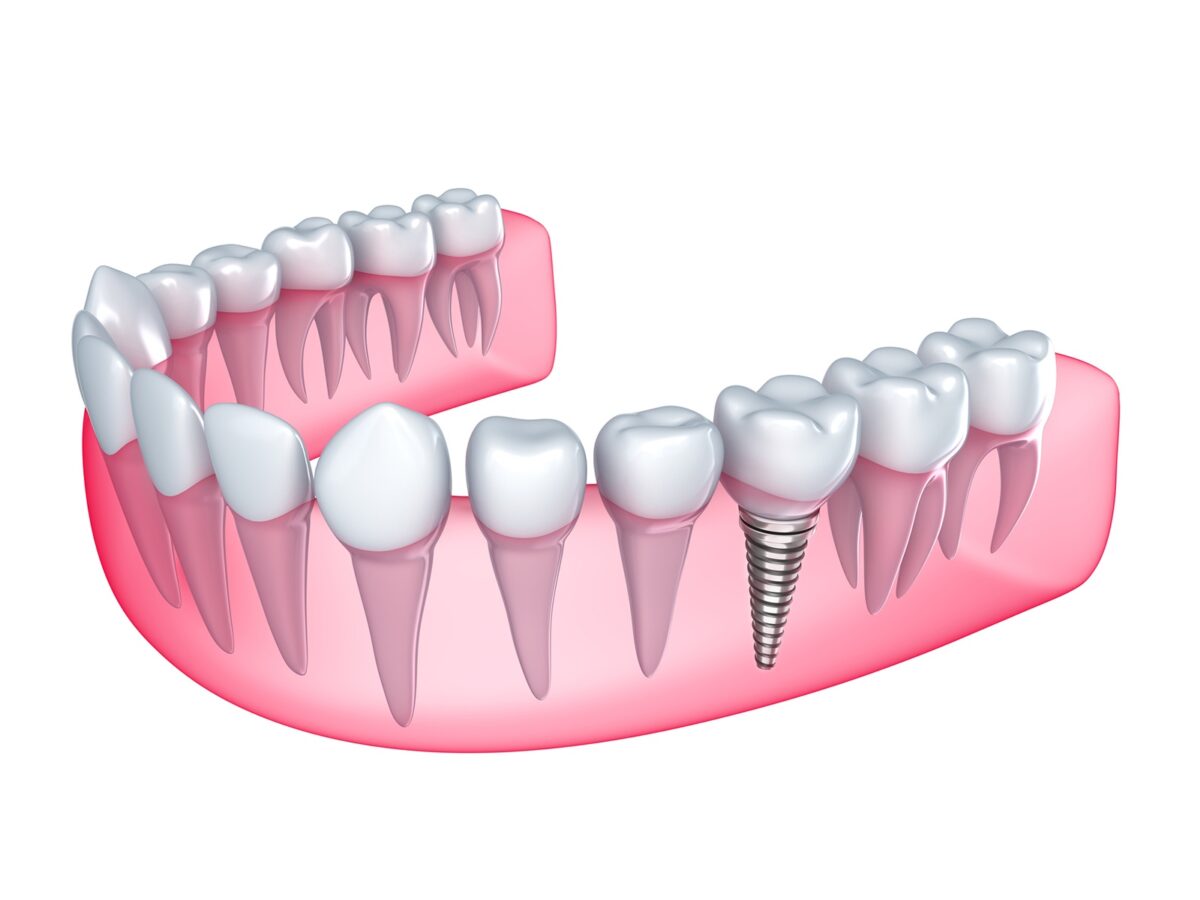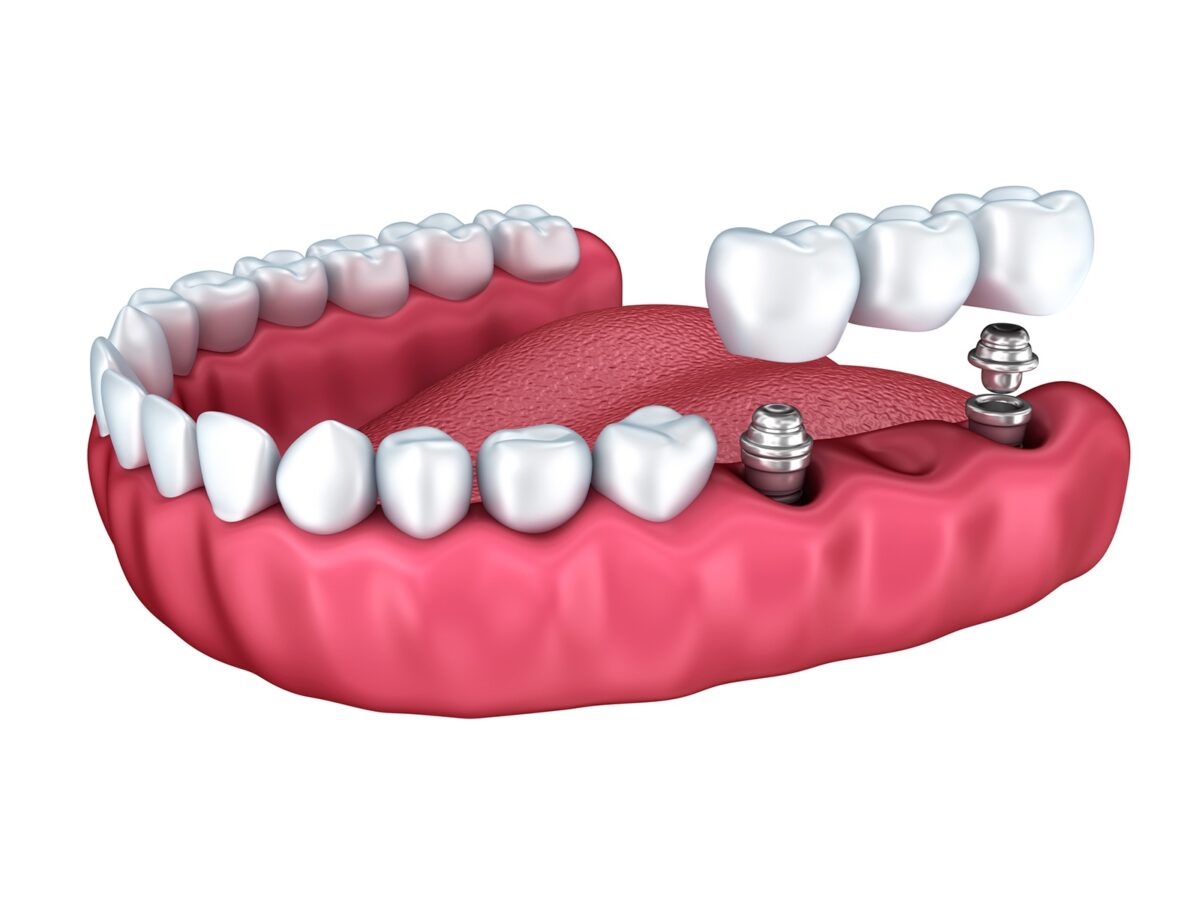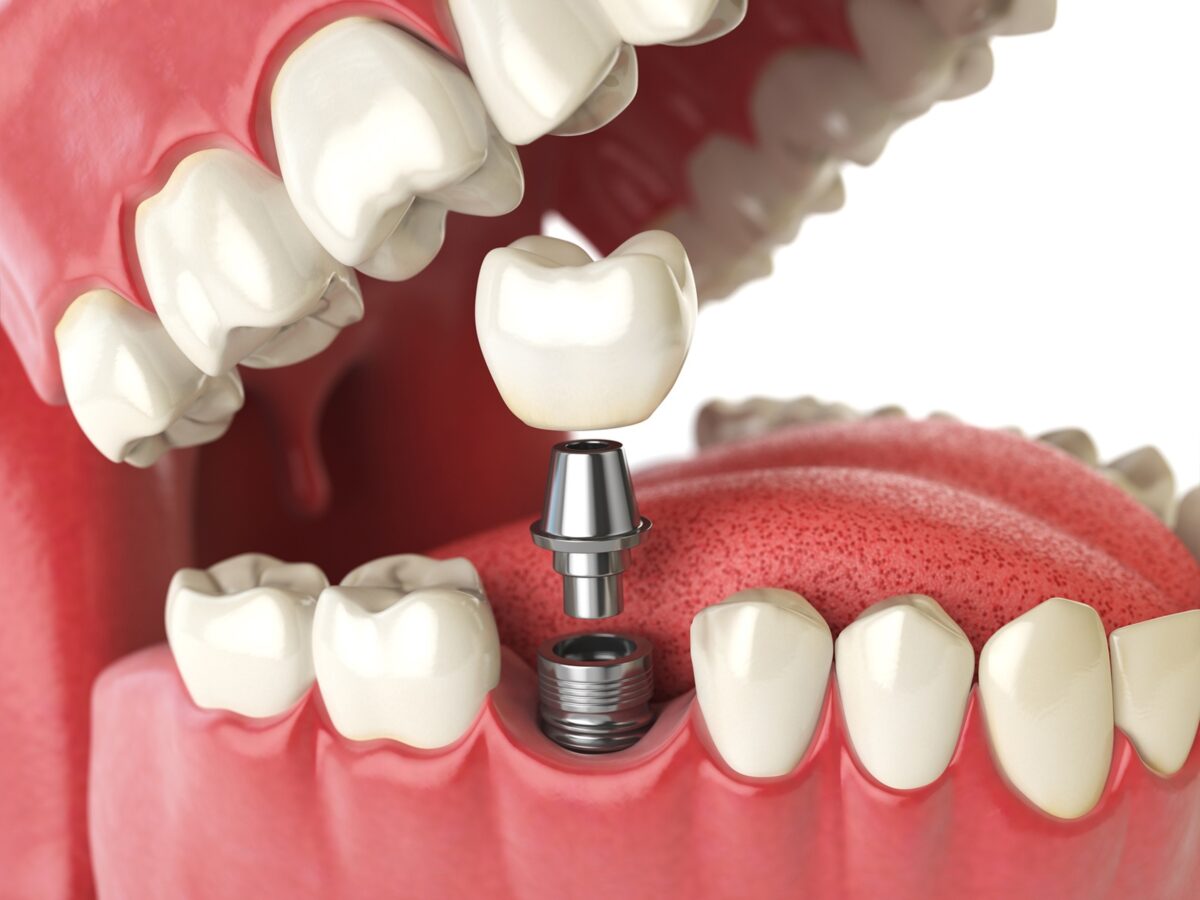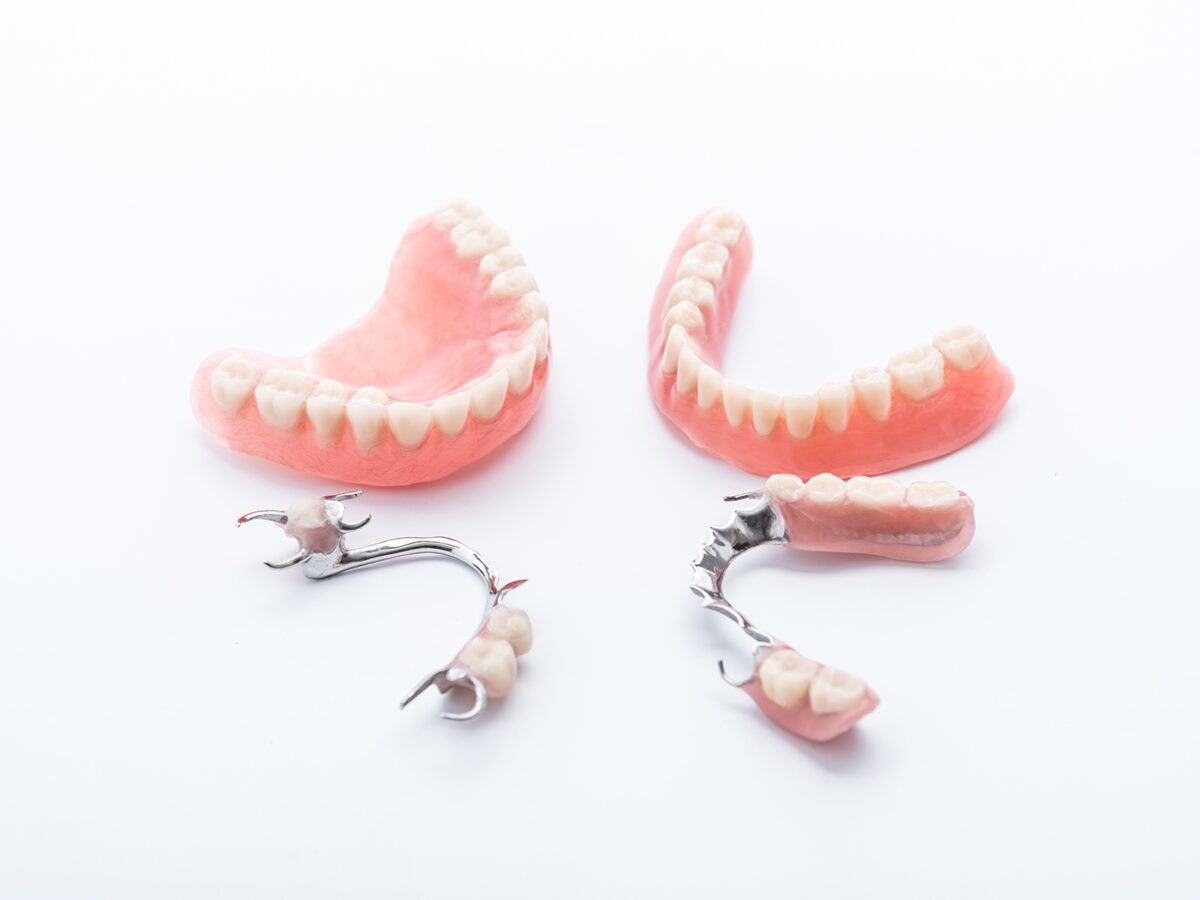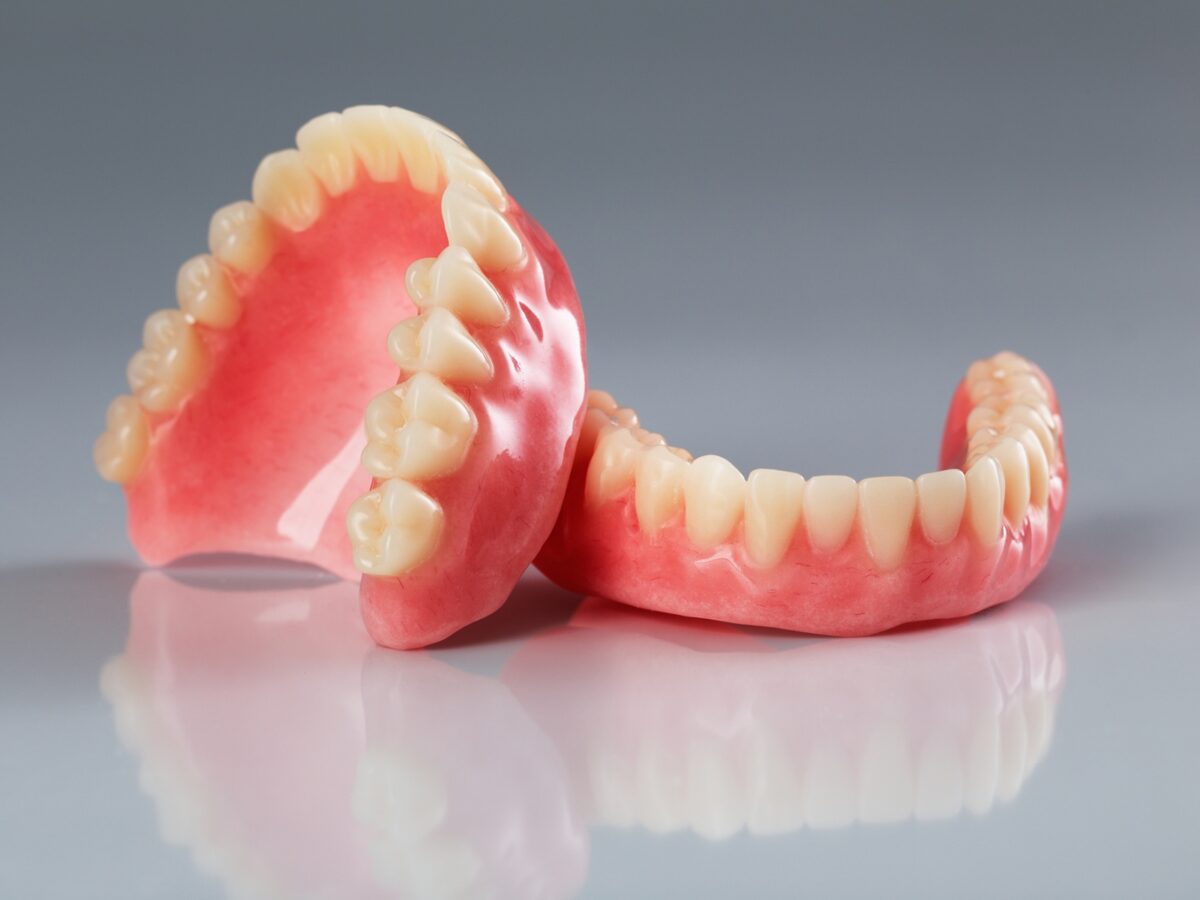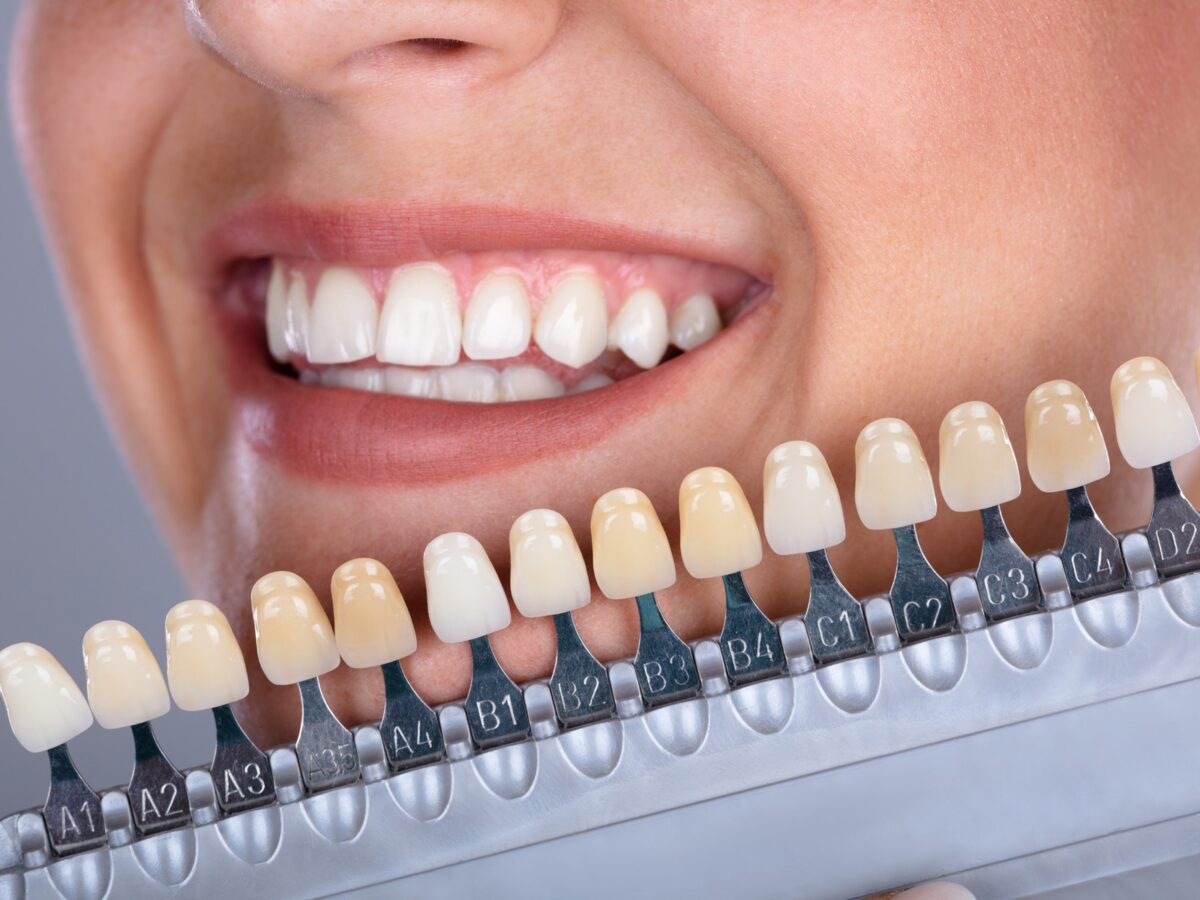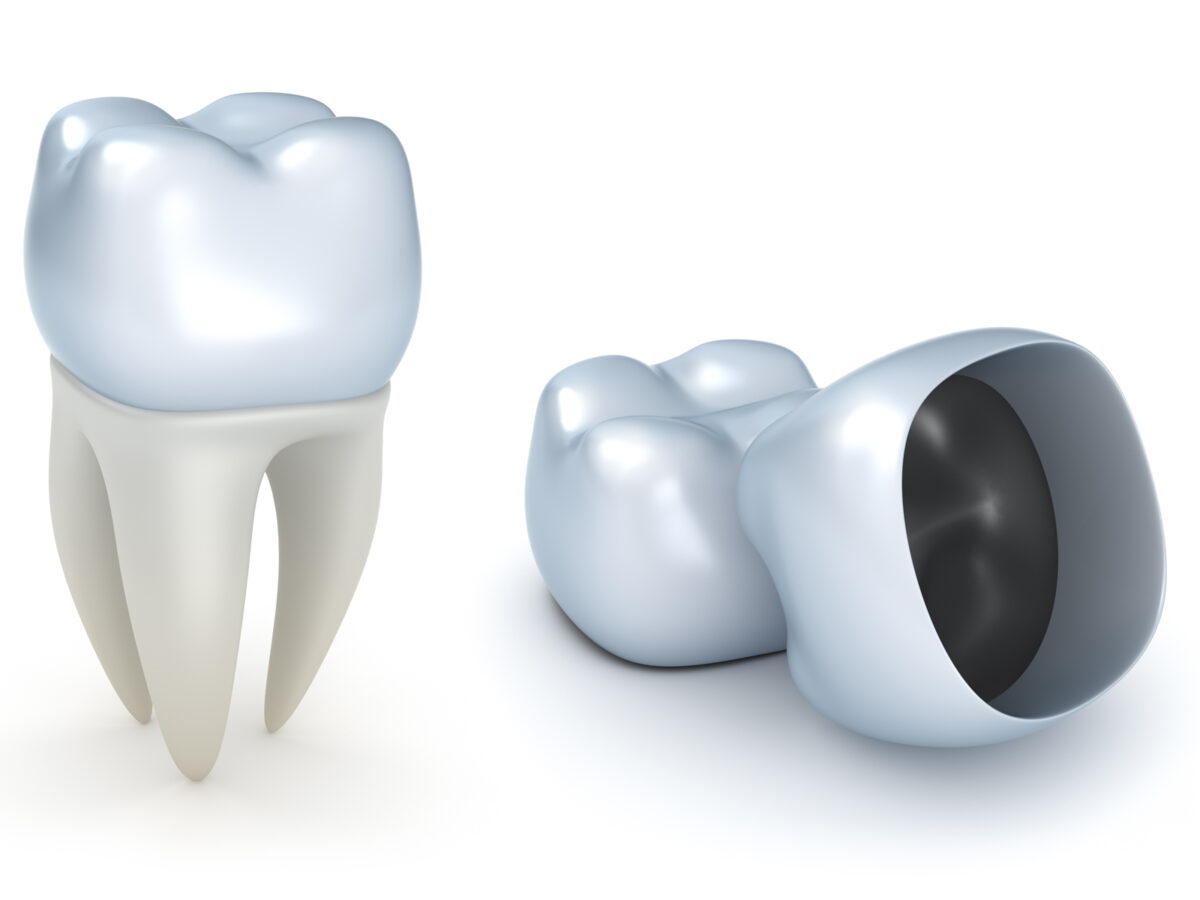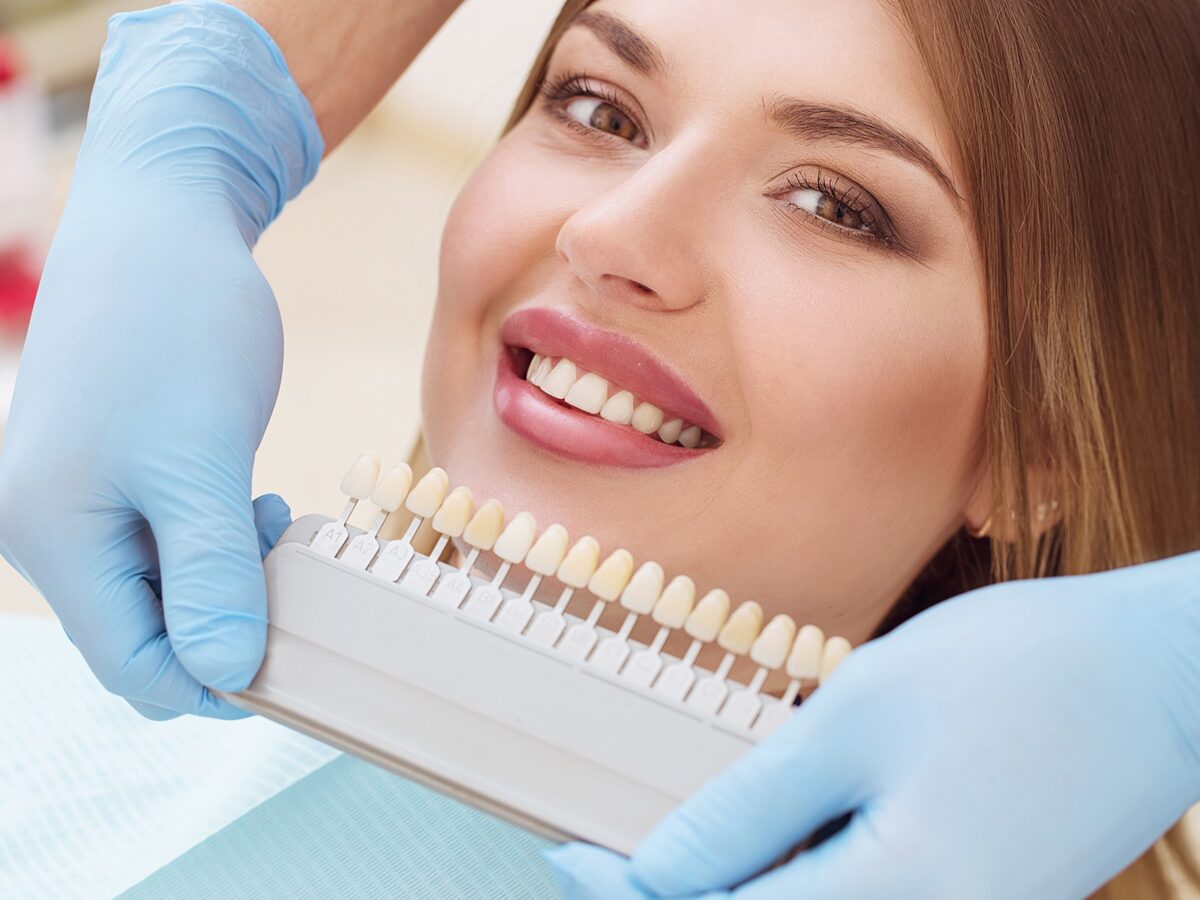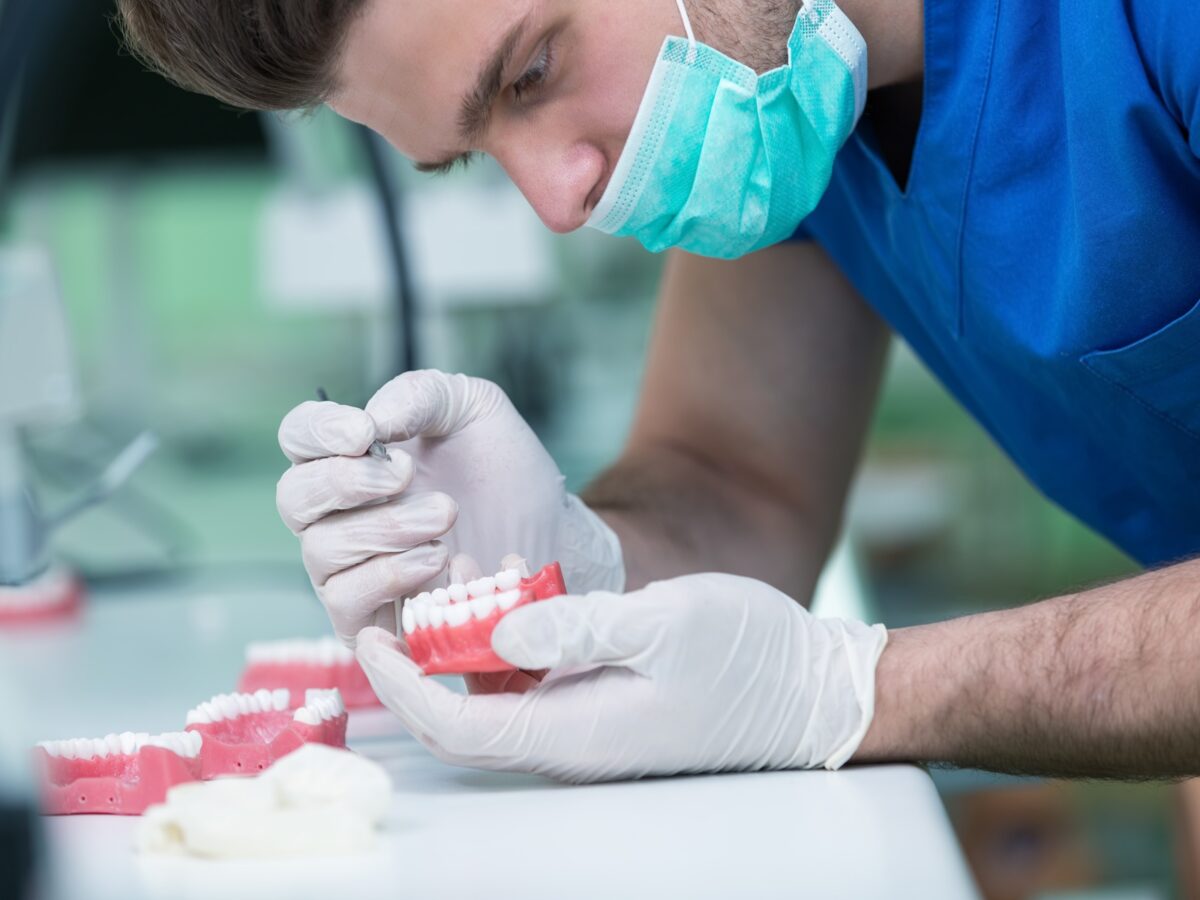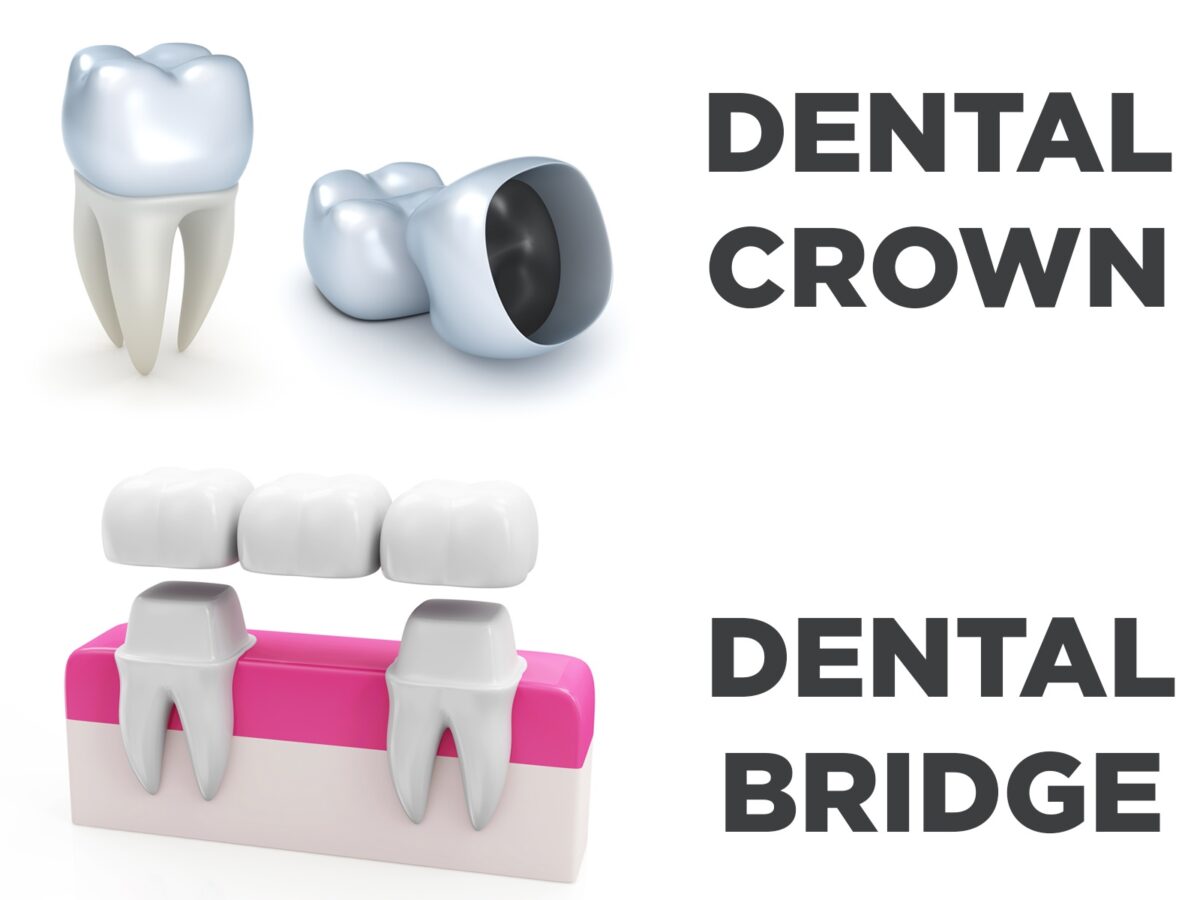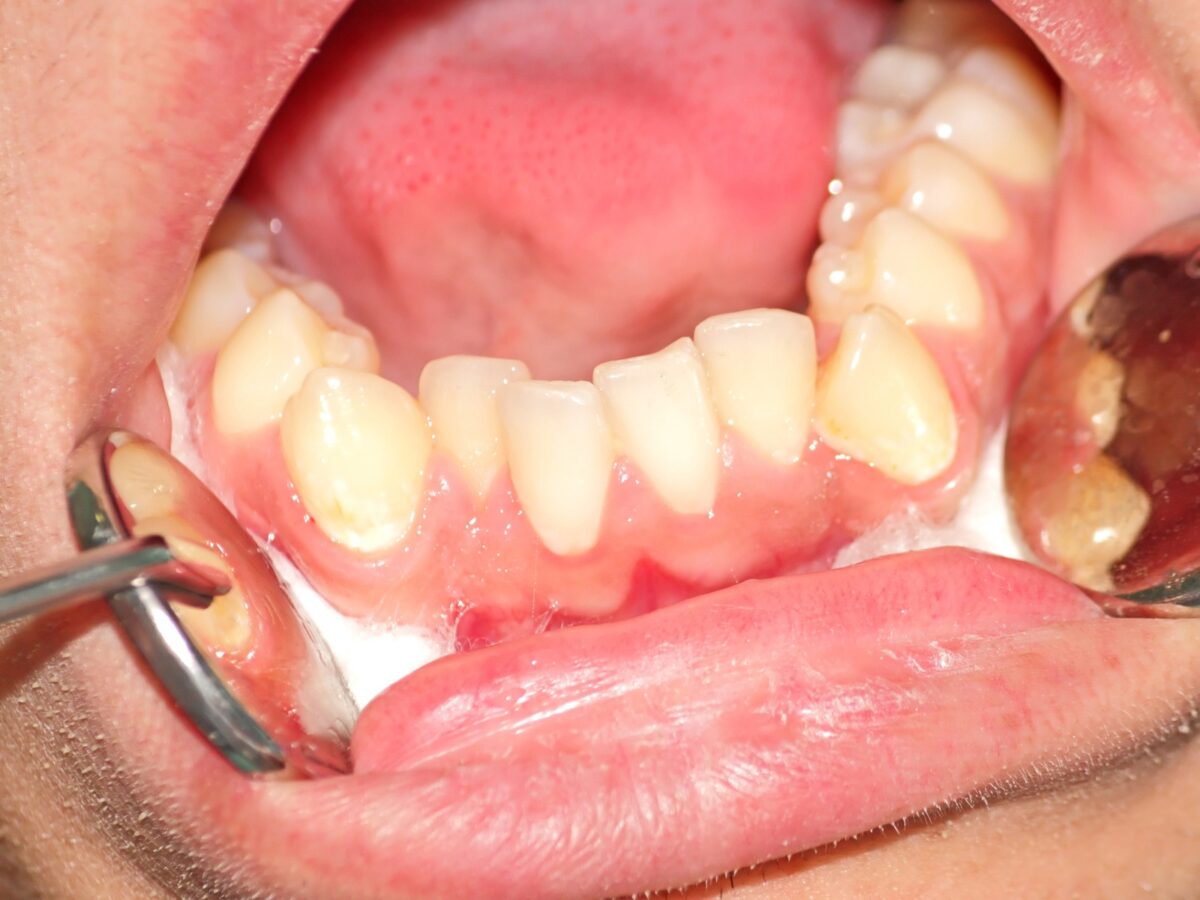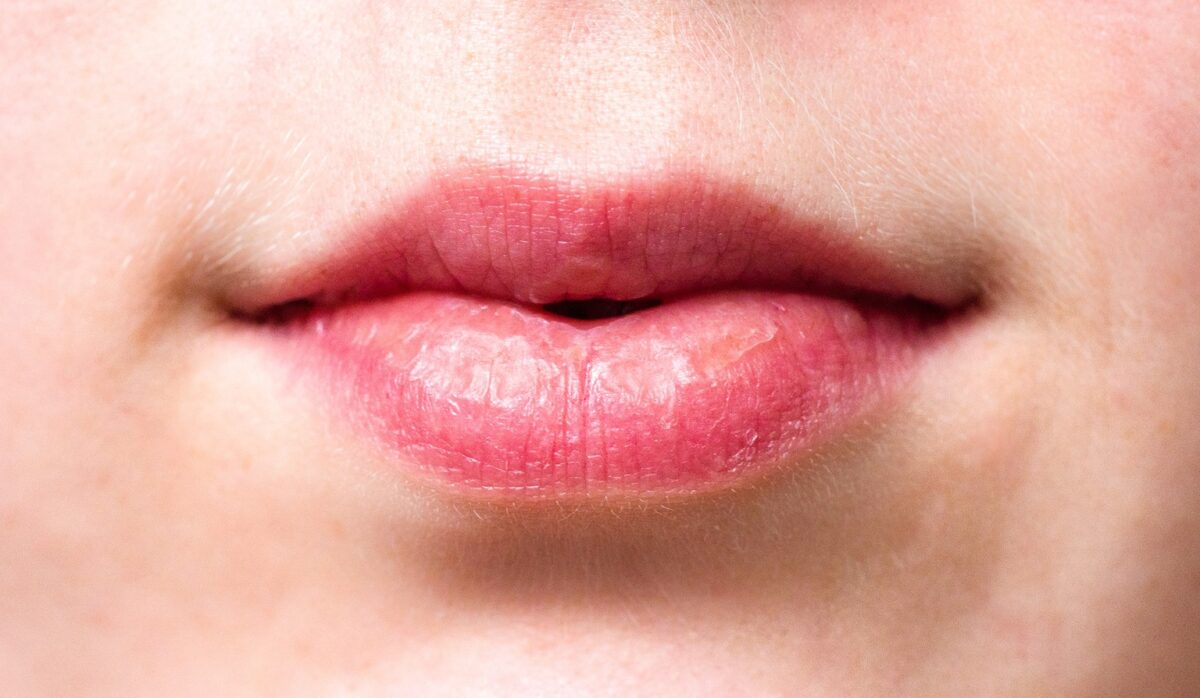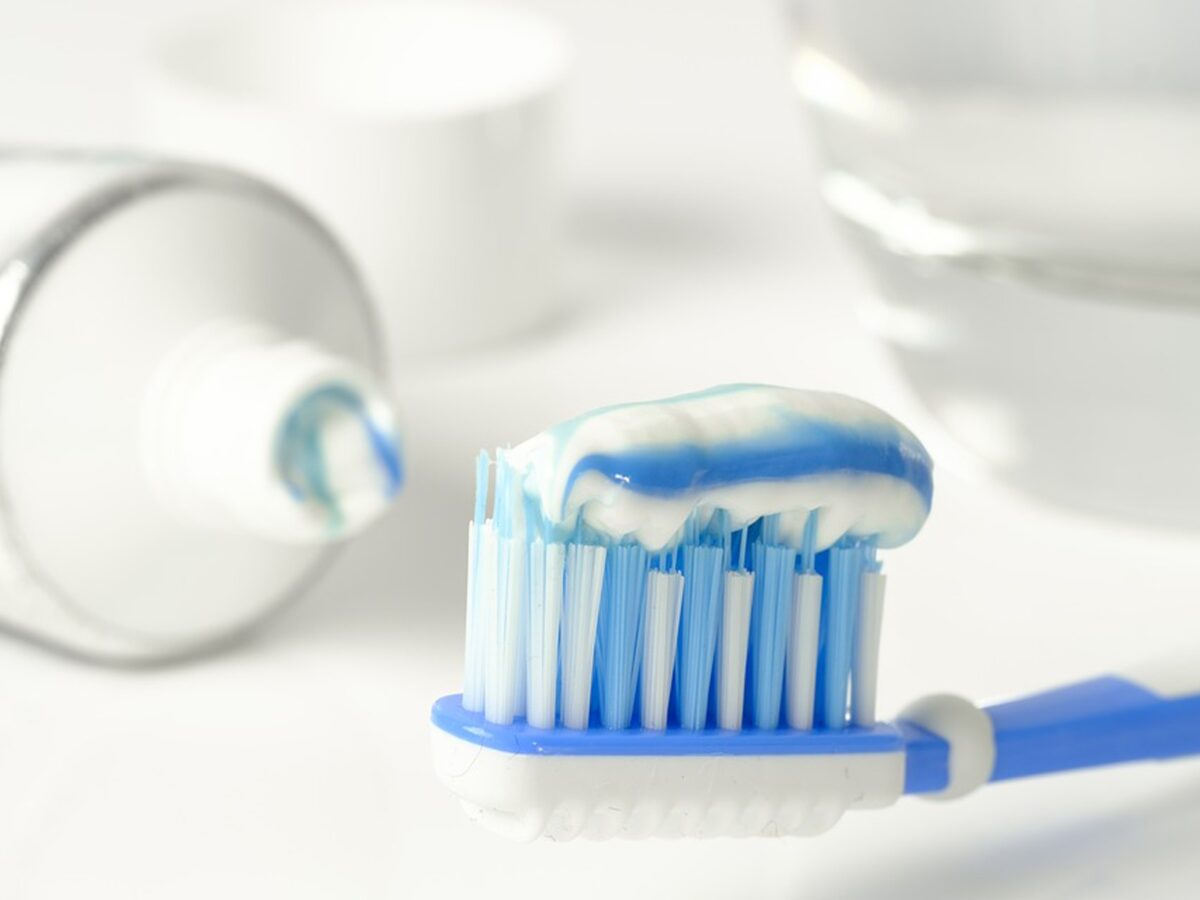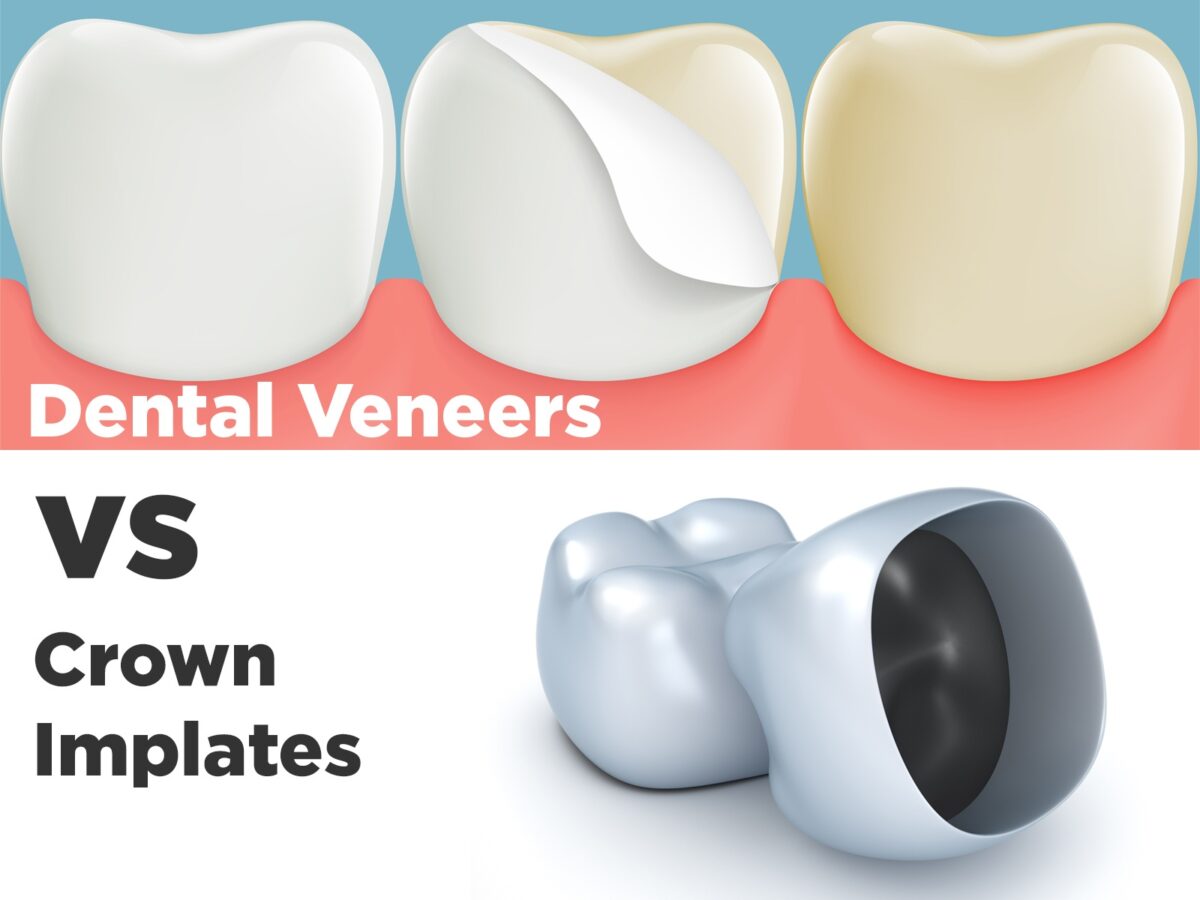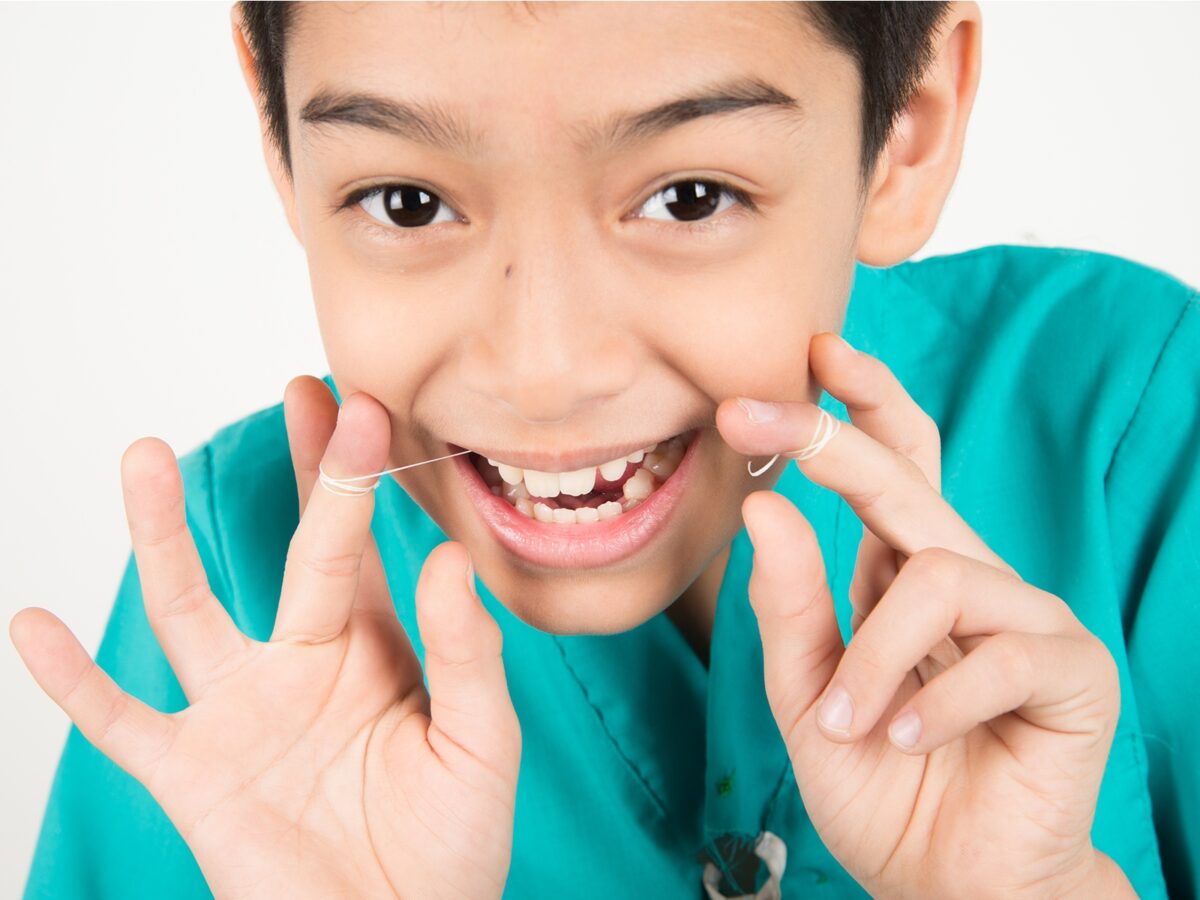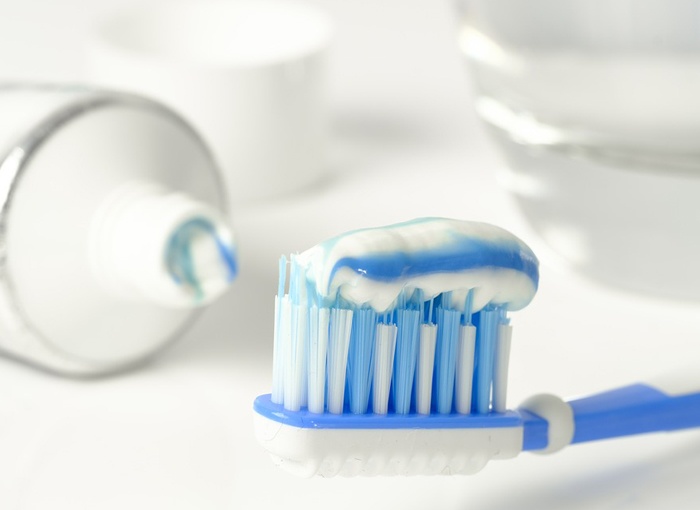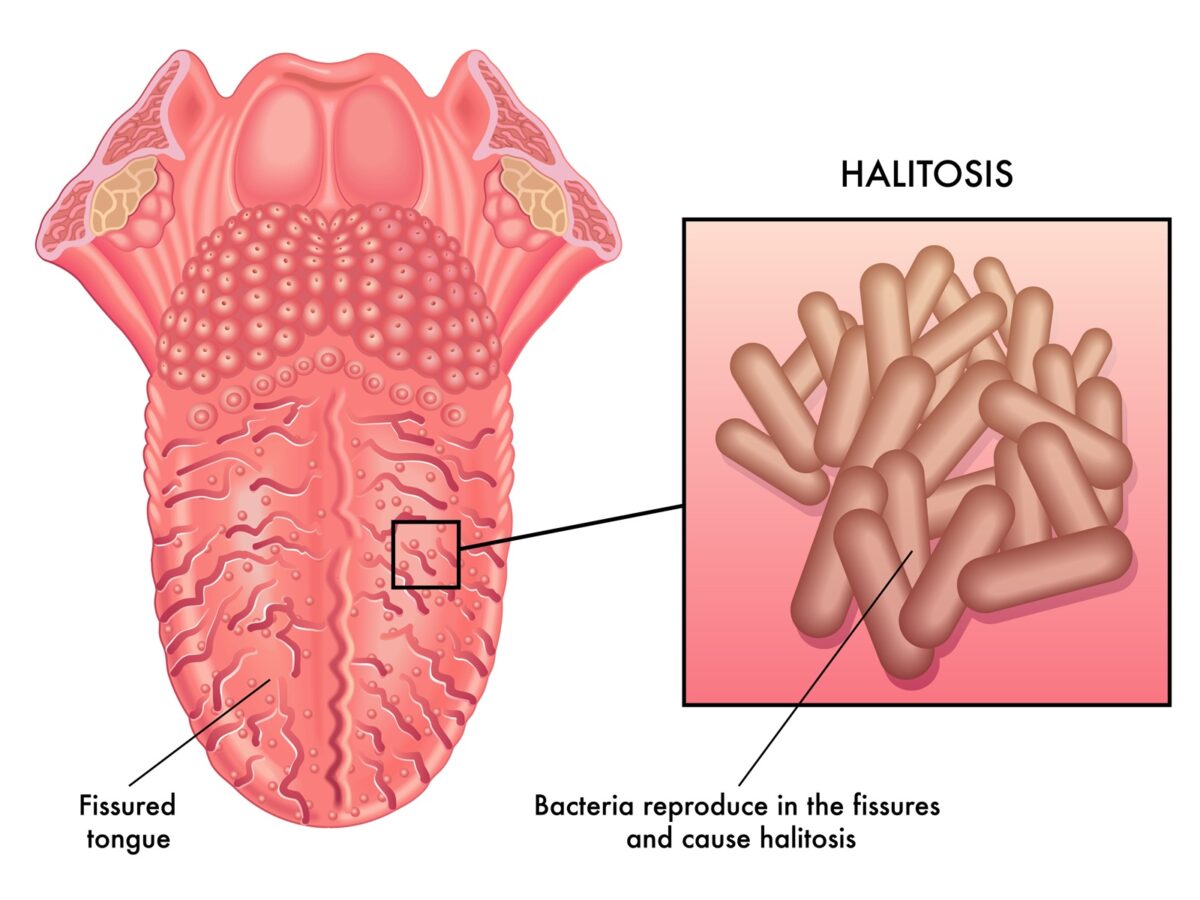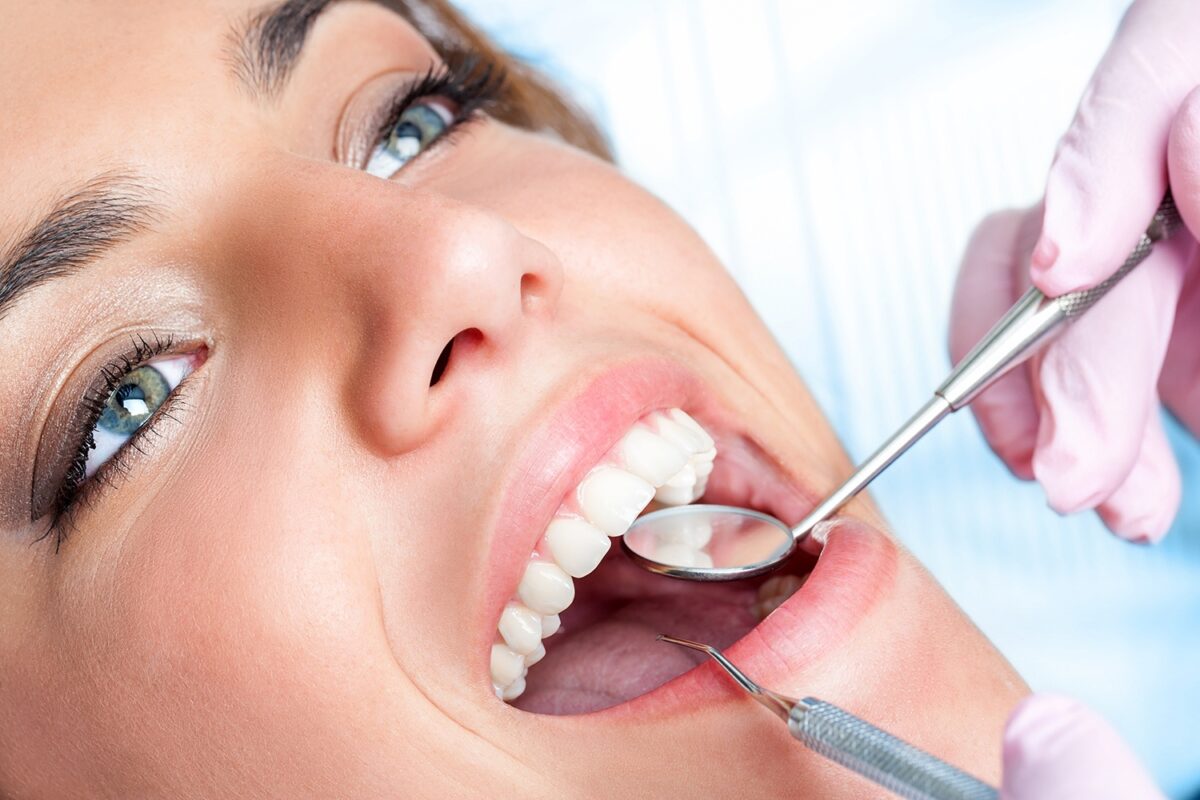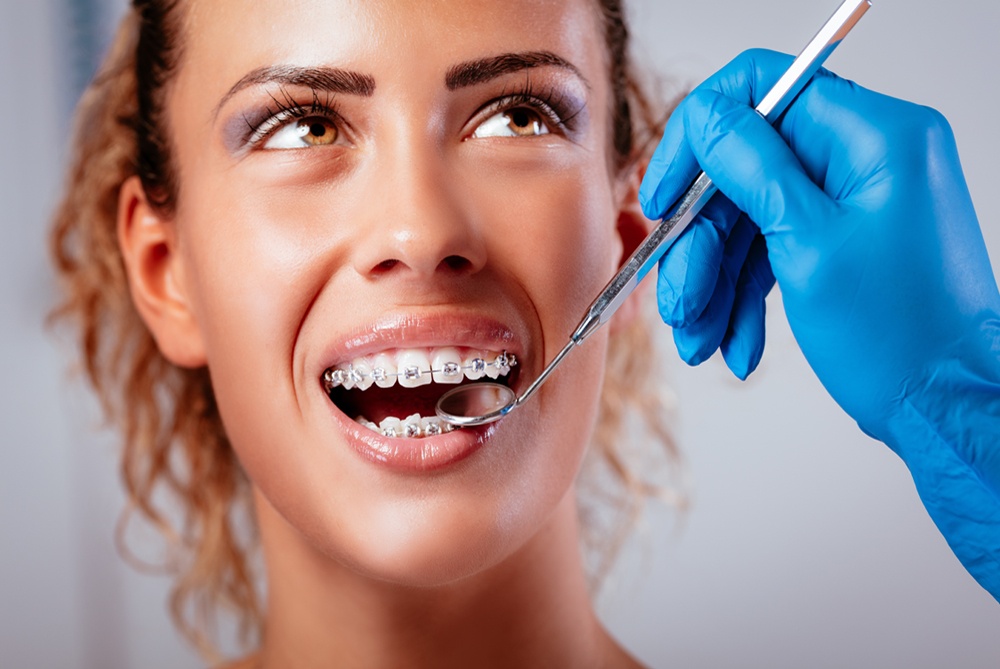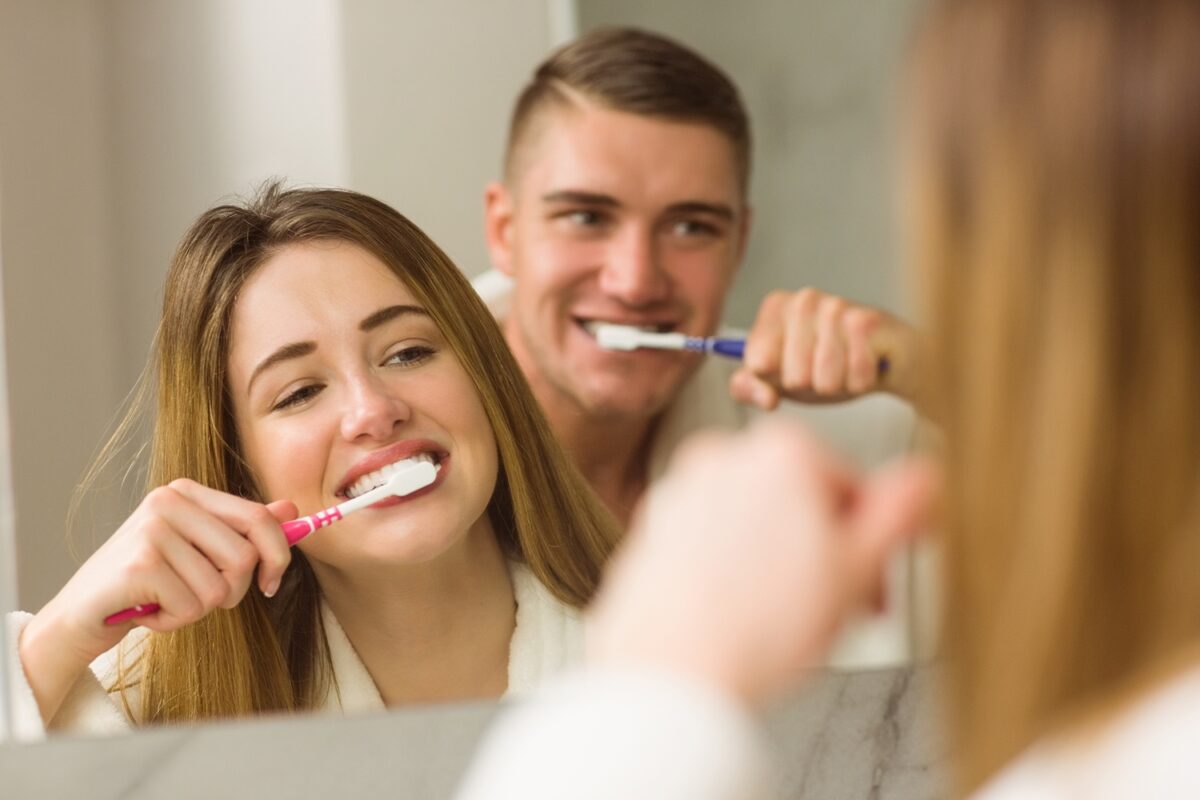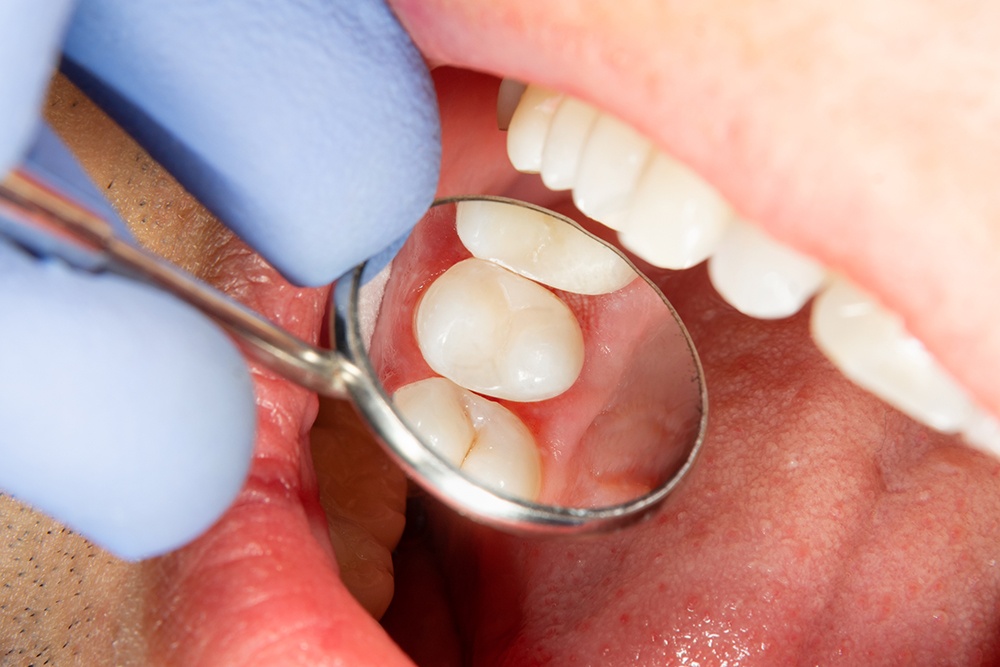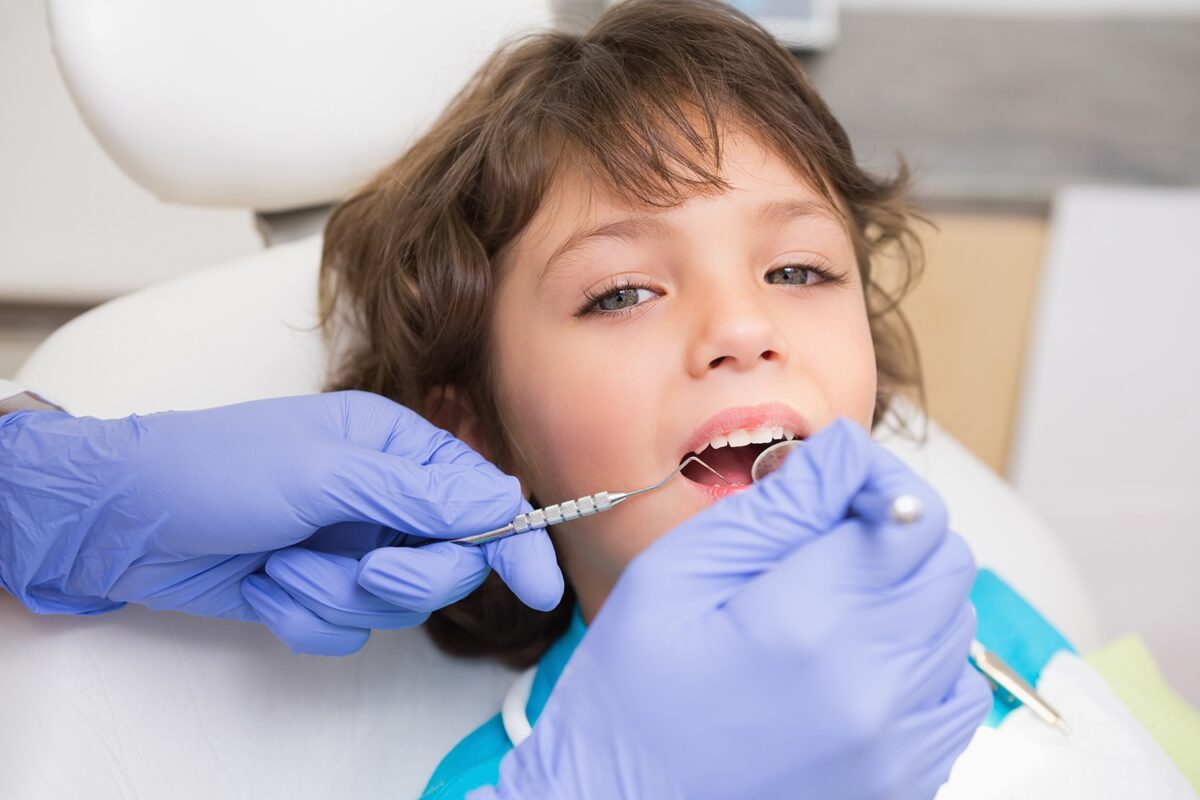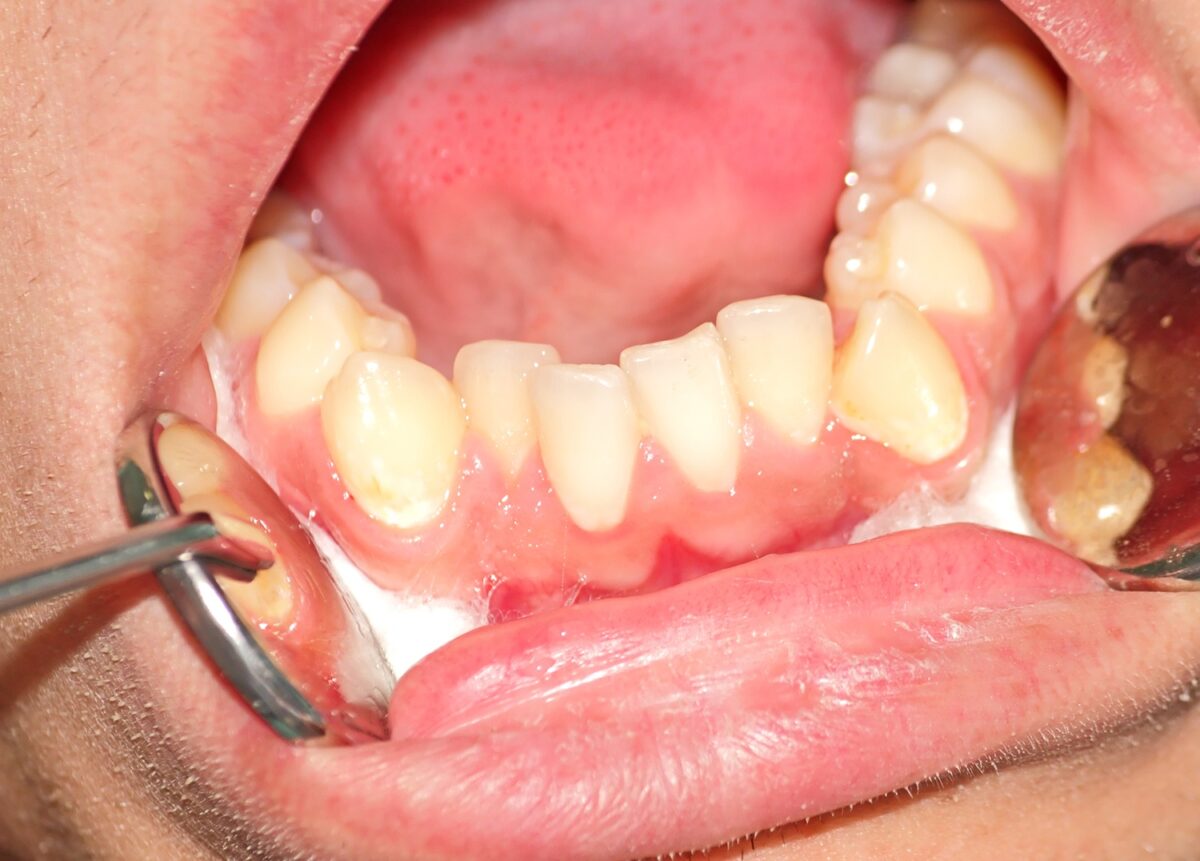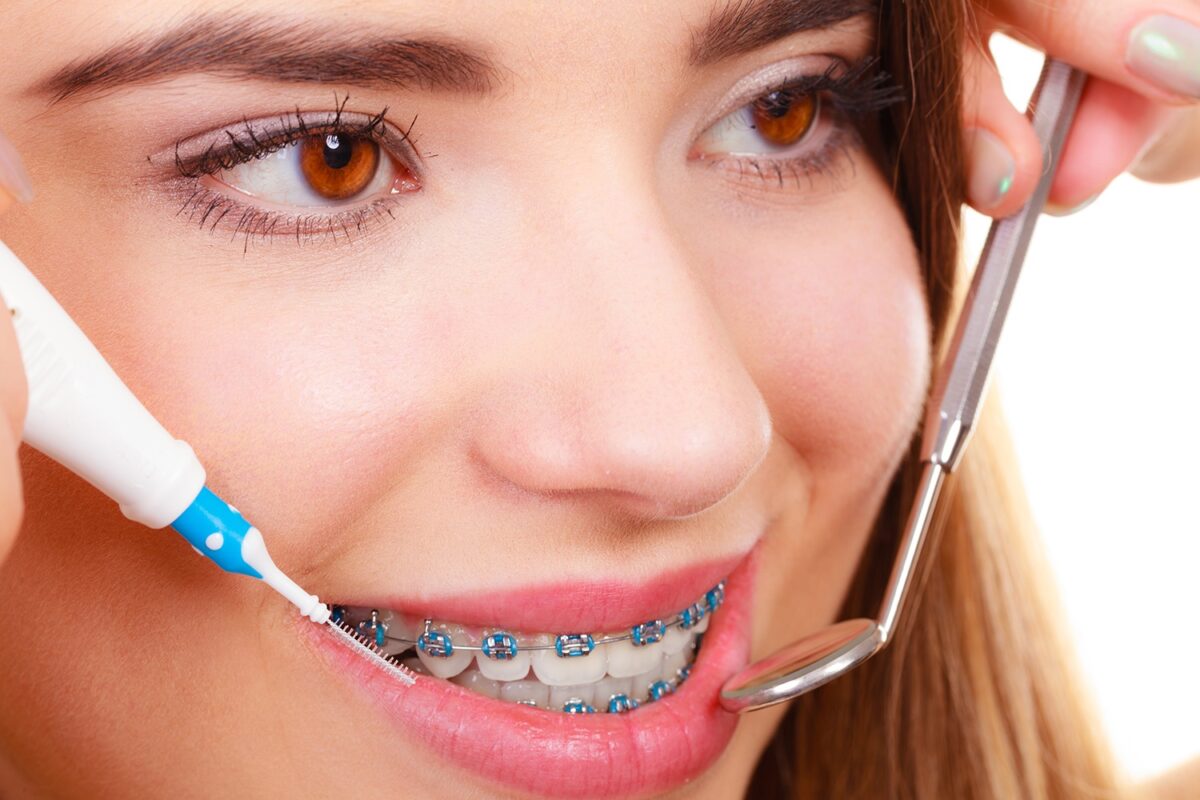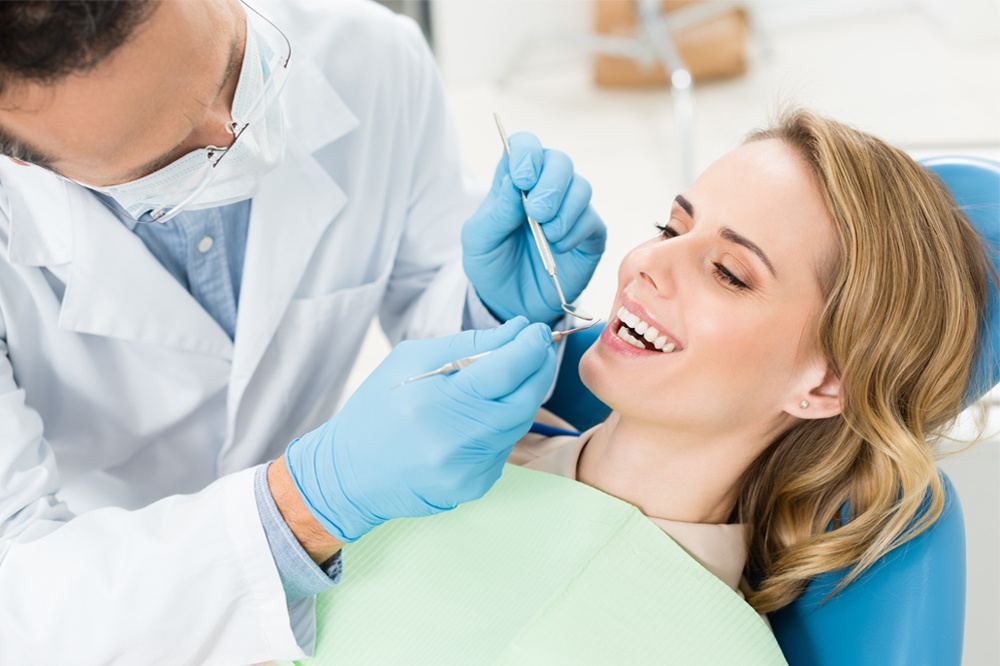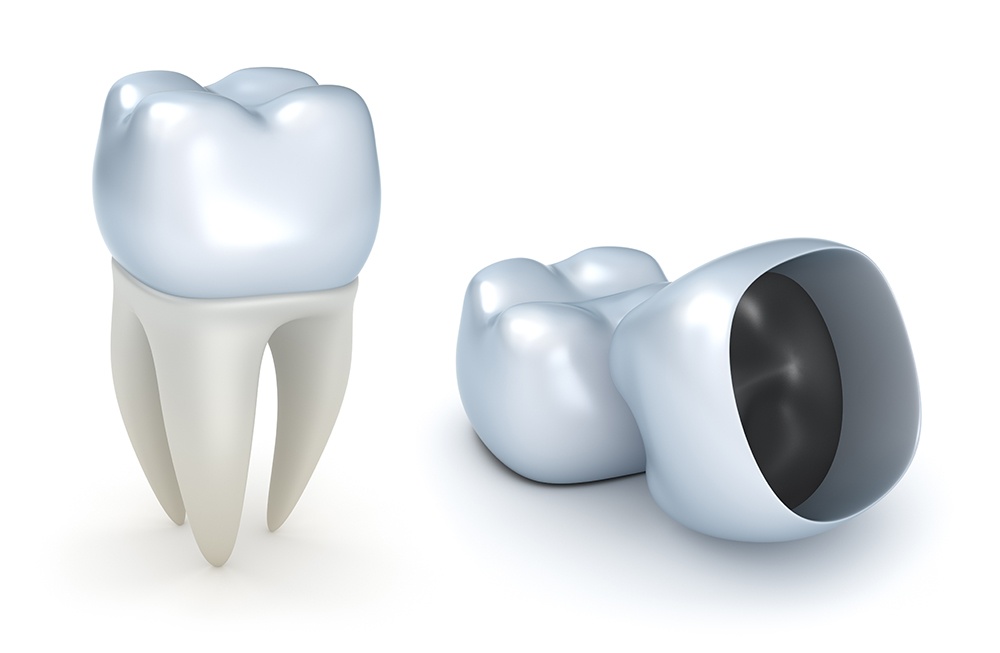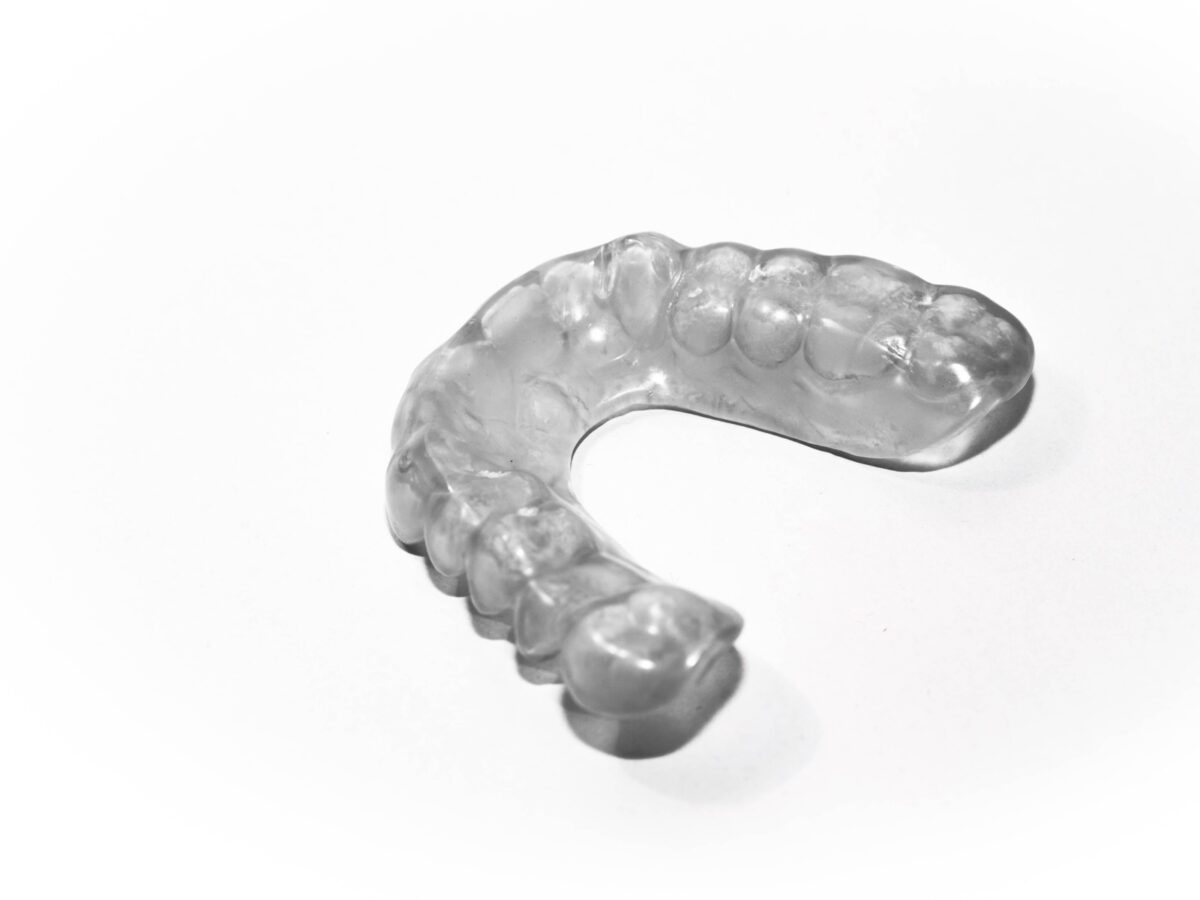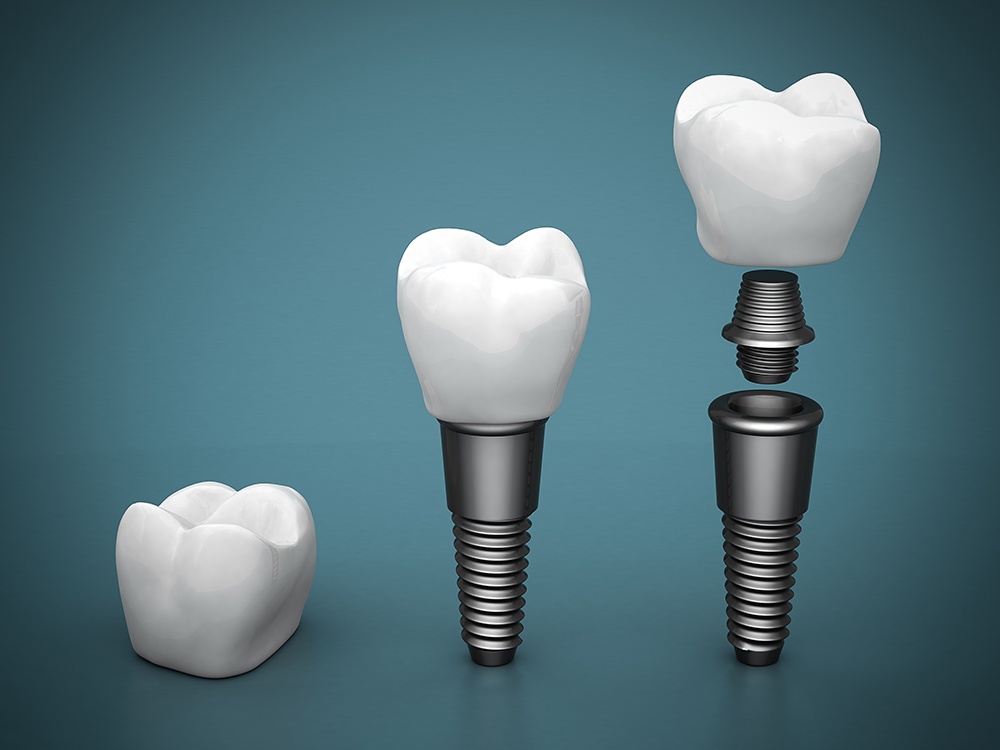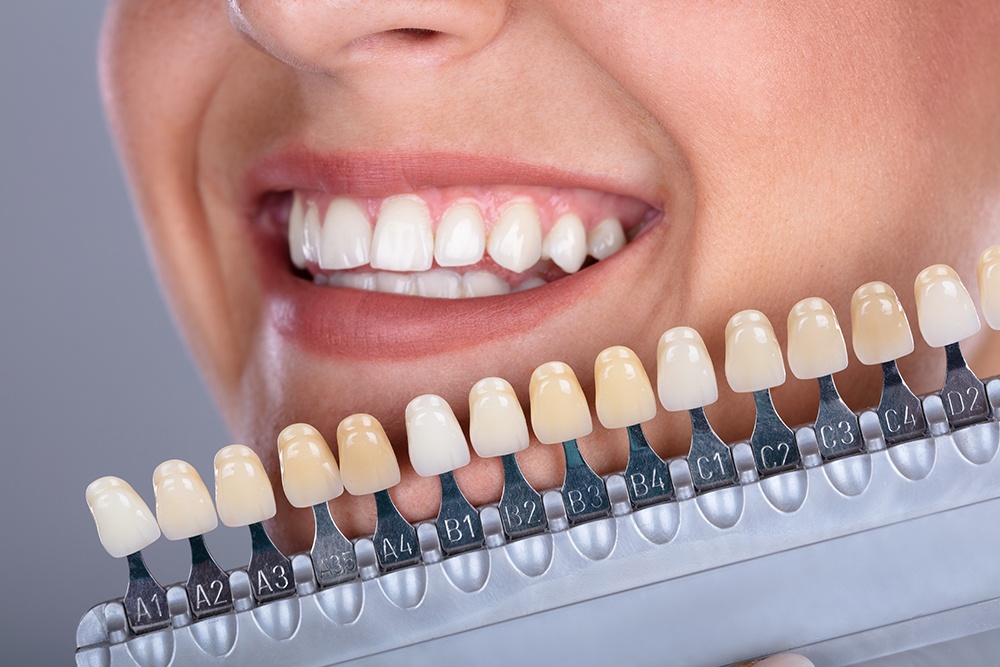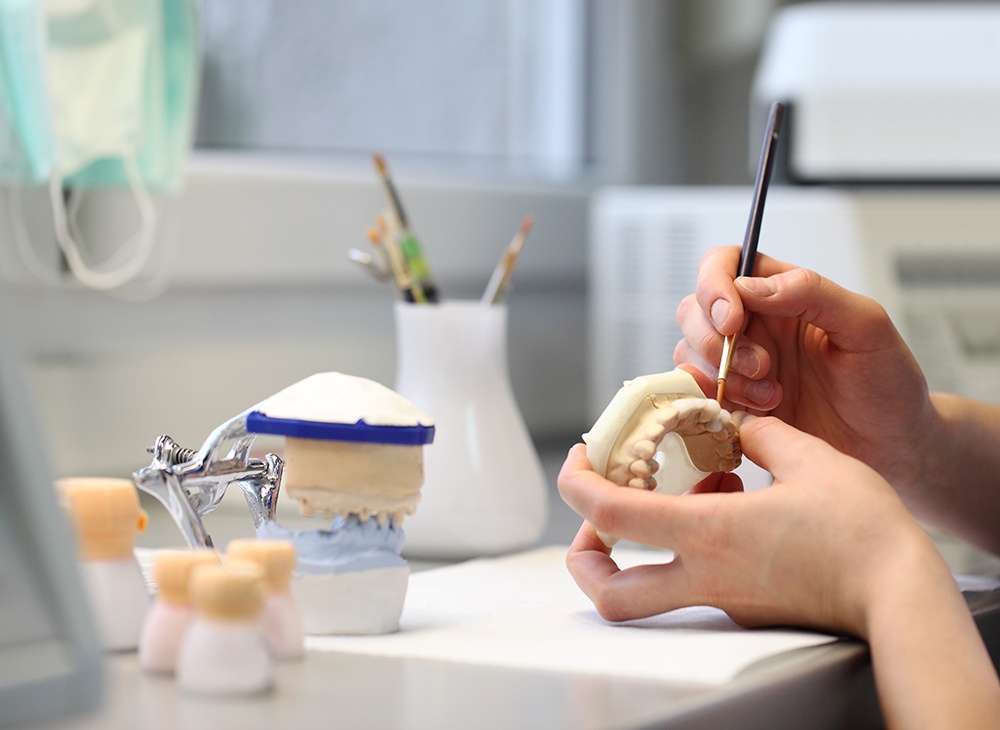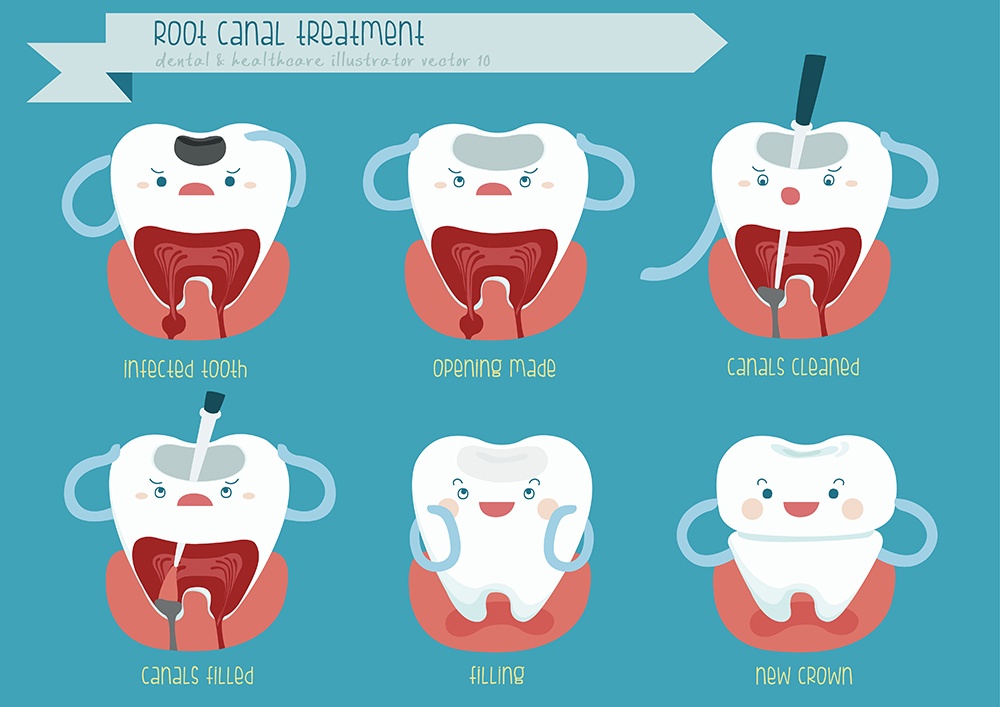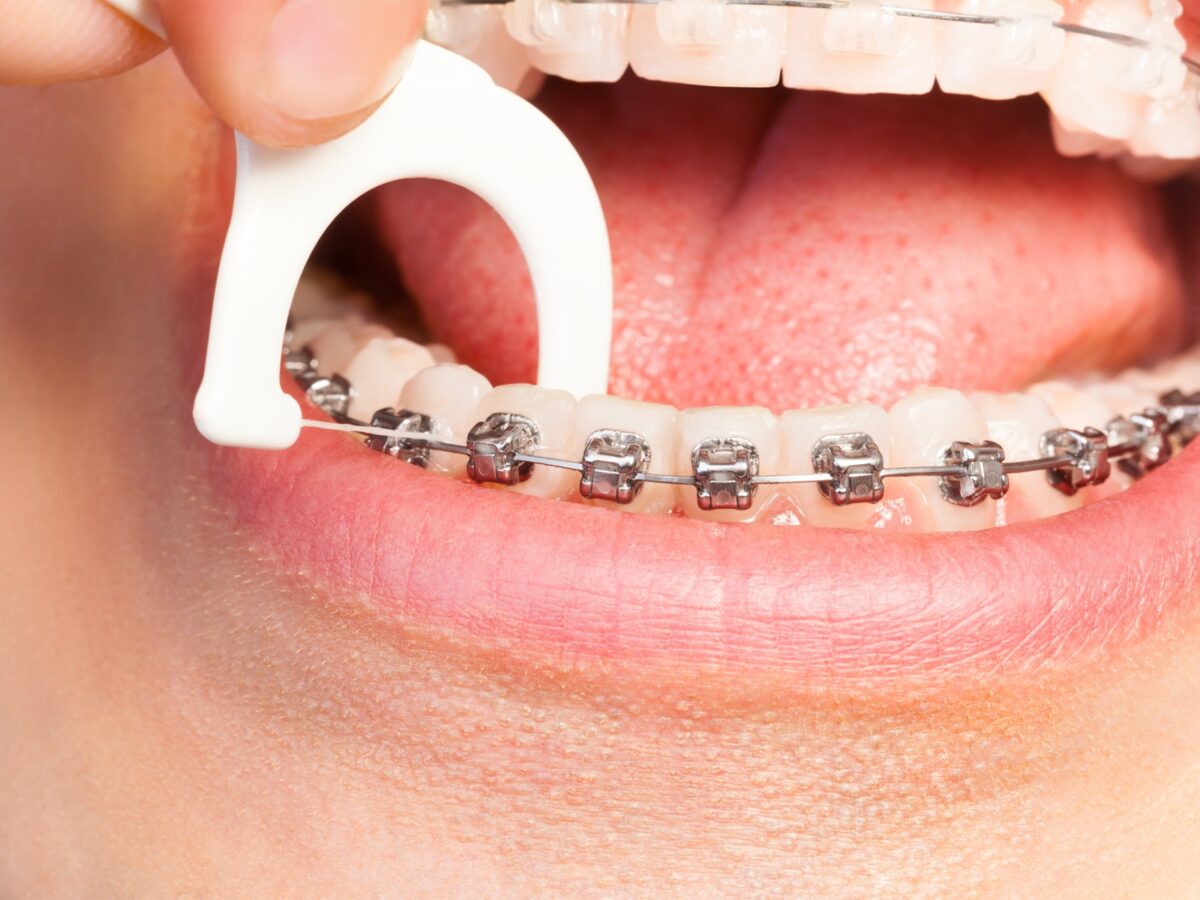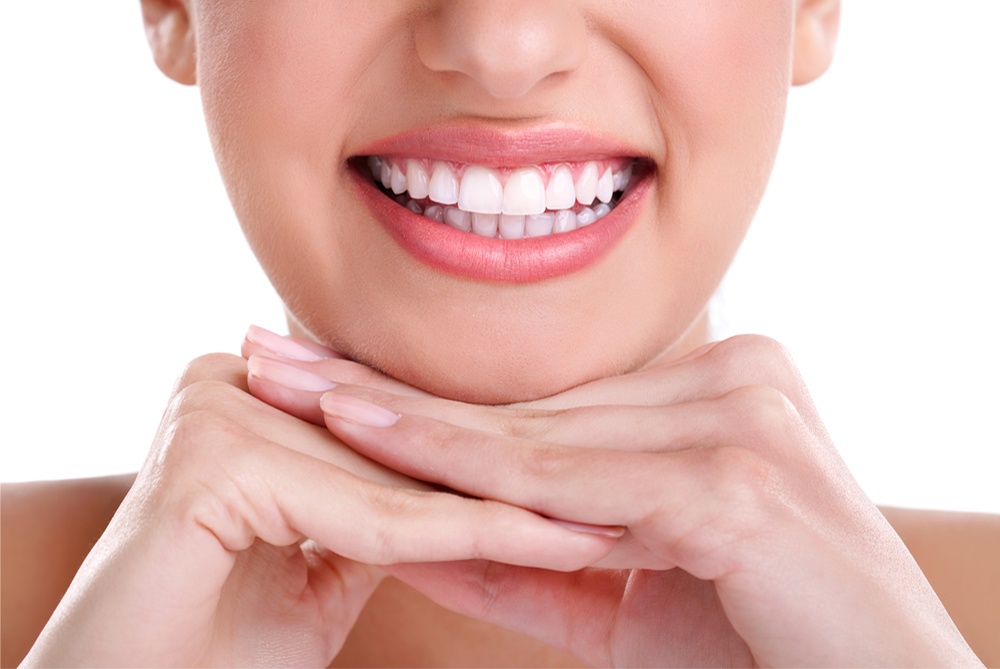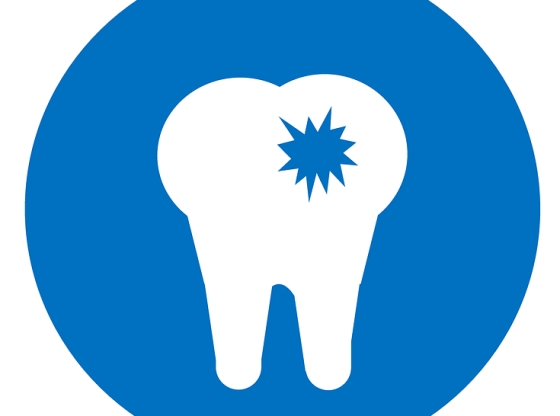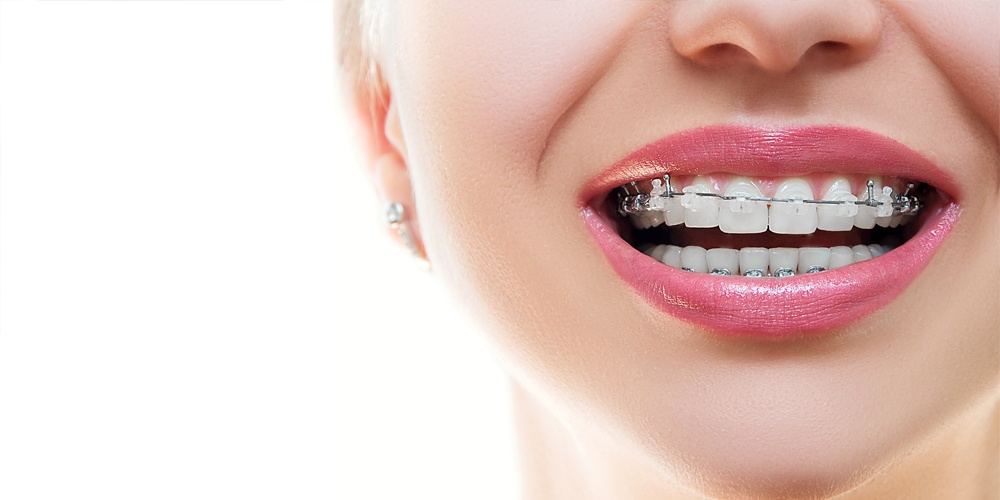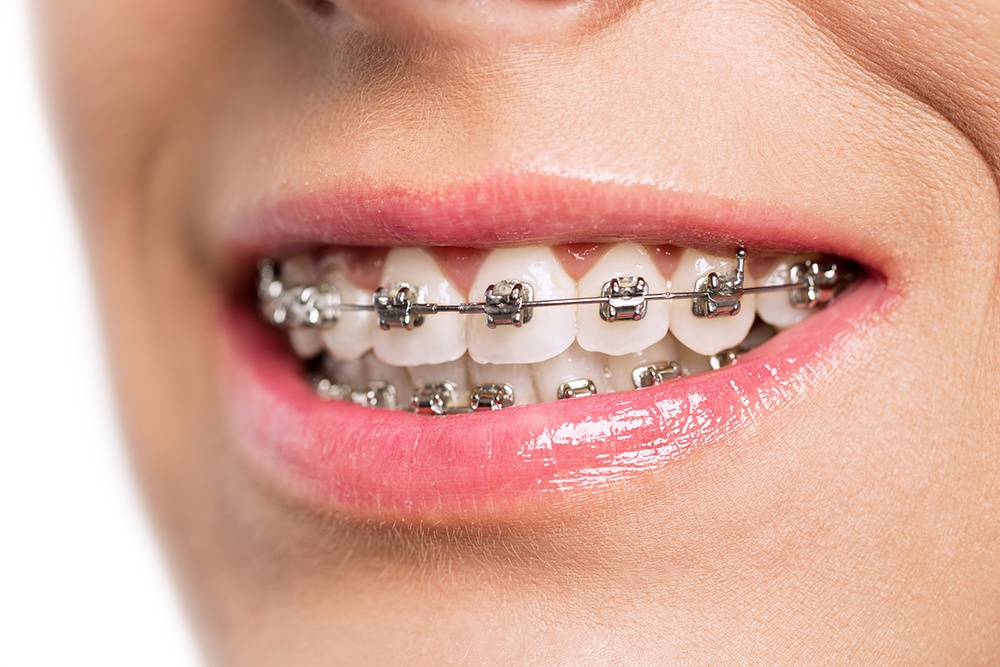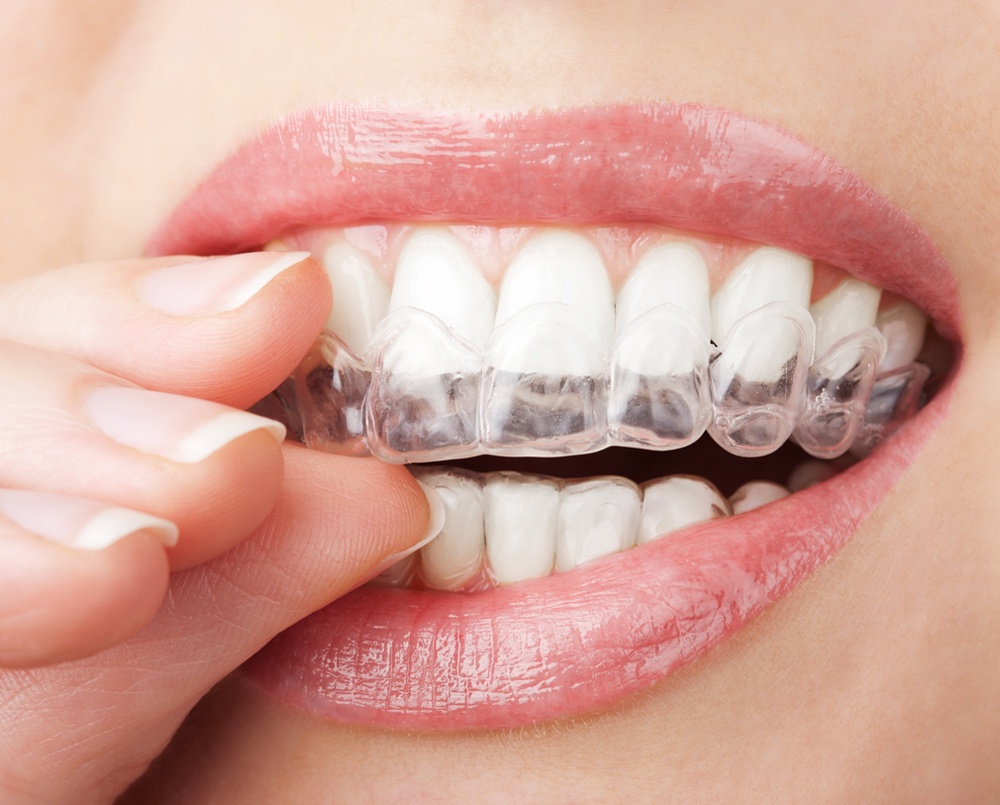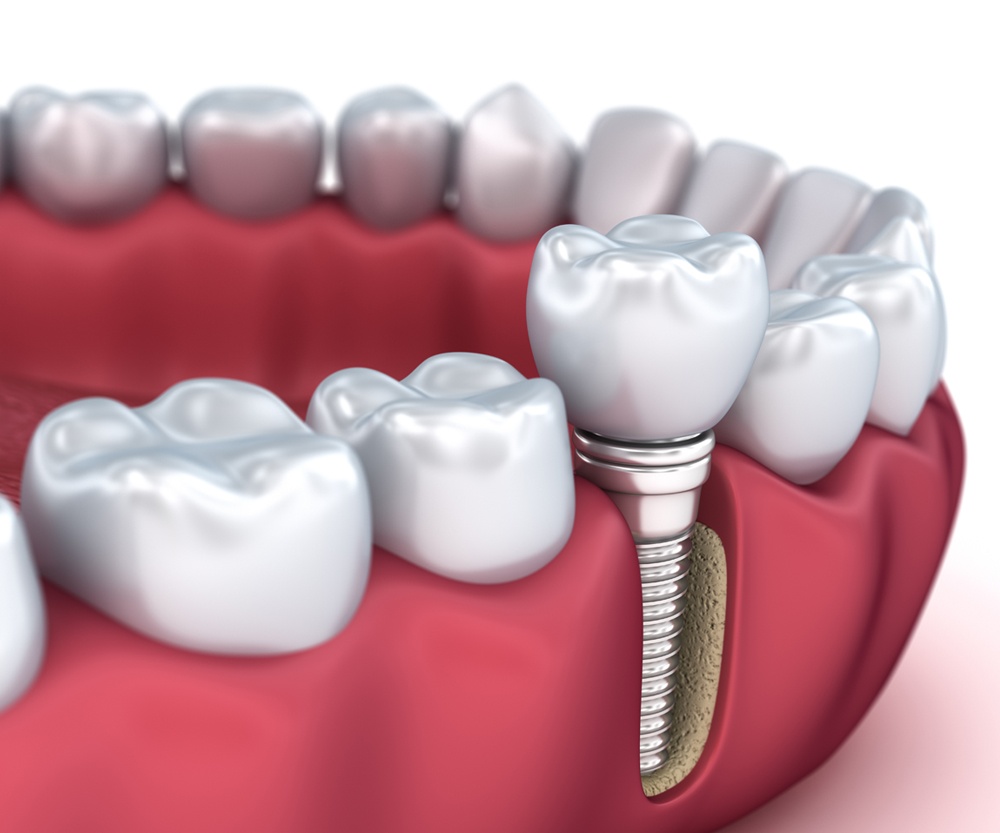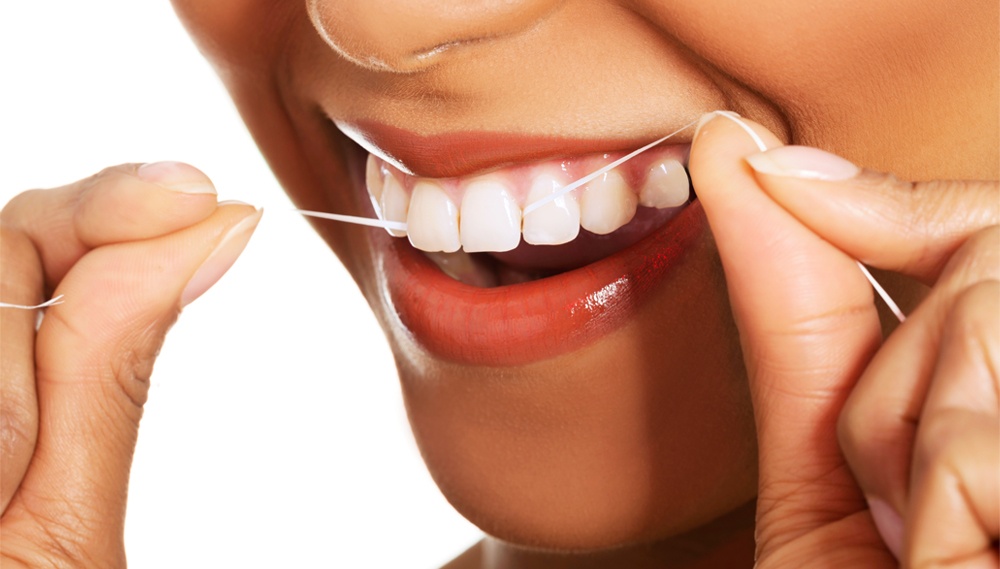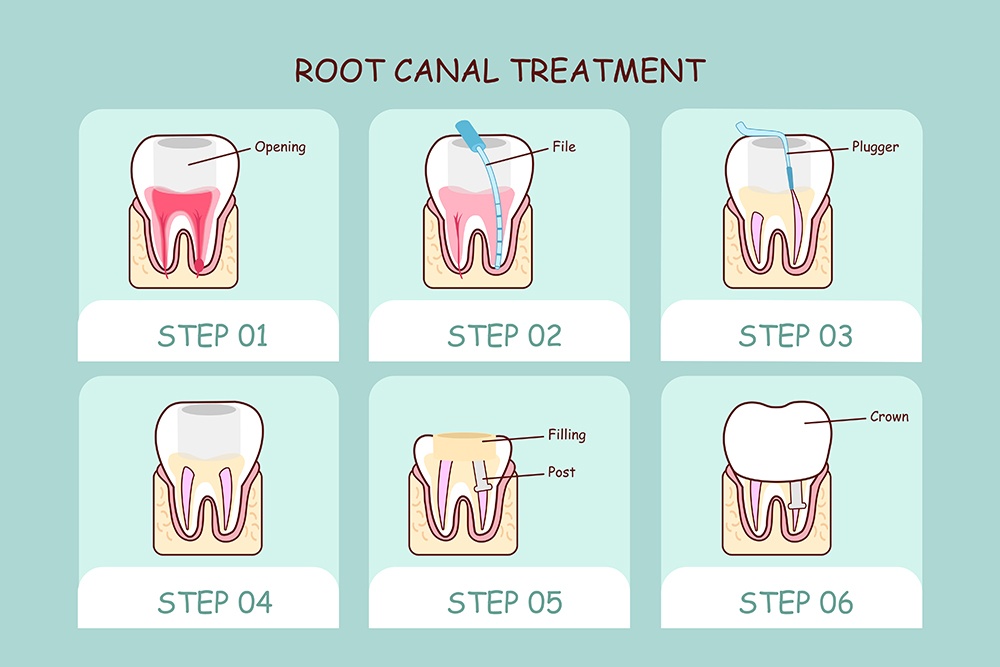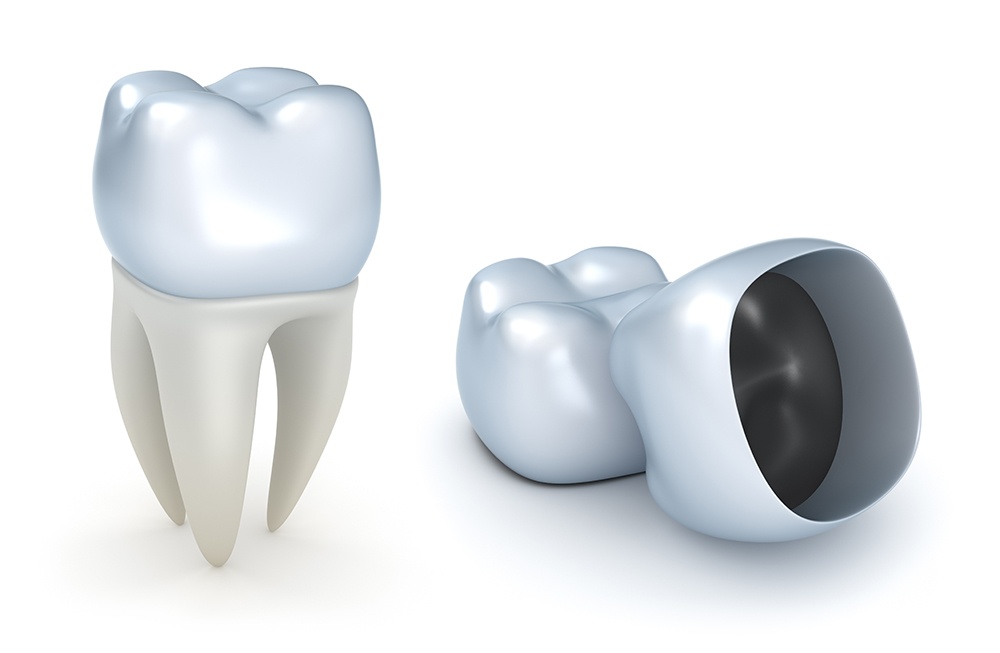You often hear someone in your circle getting a wisdom teeth extraction. Your third molars come out a bit later than other tooth pairs. If they do not have sufficient room to grow, they might cause problems to your oral health. You do not need a tooth extraction if your wisdom teeth are healthy, fully grown, and upright, biting. But what if they are not?
This article will explain to you in detail what happens when wisdom teeth decay or do not come out properly. You will learn why one needs wisdom teeth removal and what problems are caused if one ignores this extraction procedure.
Why You Might Need a Wisdom Tooth Extraction?
Most people experience wisdom teeth eruption between 17 and 25 years. As one gets these teeth later in life, they are associated with wisdom. However, not all wisdom teeth growth is as easy as your baby tooth. Sometimes, there is no room for wisdom teeth to erupt, and they can come out diagonally, partially, or even entirely under your gums. Here are some problems that can happen if you do not get your wisdom teeth removed.
Pain
If a wisdom tooth pushes through the gums, it can cause extreme pain. This will eventually cause swelling. Some discomfort is common during teeth eruption, but chronic pain suggests that you might need a medical diagnosis.
Infection
If bacteria get trapped around partially erupted wisdom teeth, it can cause serious infections. It can also result in pericoronitis or other severe conditions.
Crowding
If wisdom teeth do not have room to erupt straight, they will come out at an angle. It will alter your bite and impact all neighboring teeth, which can cause crowding.
Tooth Decay
Wisdom teeth in irregular shape or position are often harder to clean. They are also the last pair in your teeth, making them hard to reach. This is why they can quickly develop cavities, which can result in tooth decay.
Cysts
Cysts, noncancerous, and can affect nearby bones and tissues, are also commonly found around impacted wisdom teeth.
Signs To Avoid A Wisdom Tooth Extraction
Not all wisdom teeth need extraction. It depends on the type of tooth and the angle it erupts. This is why you need medical professional advice to understand if your wisdom teeth require removal. Most dentists suggest the removal of teeth in extreme conditions where it becomes impossible to clean, which could lead to multiple other issues.
Here are some top reasons why your dentist recommends treatment for wisdom tooth decay:
- Dental Fillings for early cavities
- Root Canals if the decay has reached the tooth pulp
- Professional Cleaning sessions every six months to ensure proper oral hygiene is maintained.
- Antibiotics with appropriate oral care to treat infections.
Tooth Removal Recovery Process
Wisdom Tooth Extraction is a surgical procedure that might take an hour or two. It depends on the complexity of the case. While it is a pretty common procedure, you might need some wisdom teeth recovery time after the extraction. Here are some of the signs you can expect after the removal procedure:
Pain And Swelling
After the procedure, you will experience some pain, discomfort, and swelling for a few days. Your dentist will suggest some pain relief medications to keep the inflammation under control.
Numbness
You might experience numbness around your lips, tongue, and chin. This is a side effect of anesthesia. This numbness will last for a few hours until the anesthetic wears off.
Bleeding
Some minor bleeding from the surgical site is common for the first few days. You can bite on a gauze to help it clot quickly.
Dietary Restrictions
You must switch to soft, gentle foods and avoid hot, spicy, or hard and complex foods that might irritate your surgical site.
Activity Restrictions
You should limit strenuous activity for 3-5 days, which can affect the blood clot at the surgical site. If you continue such activities, bleeding can start, and you might need immediate medical attention.
Conclusion
Irregularly shaped or angled wisdom teeth can cause extreme pain and discomfort. They can also cause swelling and damage to neighboring teeth. You should visit a medical professional for advice if you experience these signs.
With an x-ray report, a dentist can identify if your wisdom teeth are causing trouble or if any other issue exists. You can visit Cypress Dentist TX to get x-rays for your wisdom teeth position. You can also get wisdom teeth extraction if required to improve your bite. You can maintain a healthy set of pearly whites and avoid tooth decay with proper oral care and tips.

